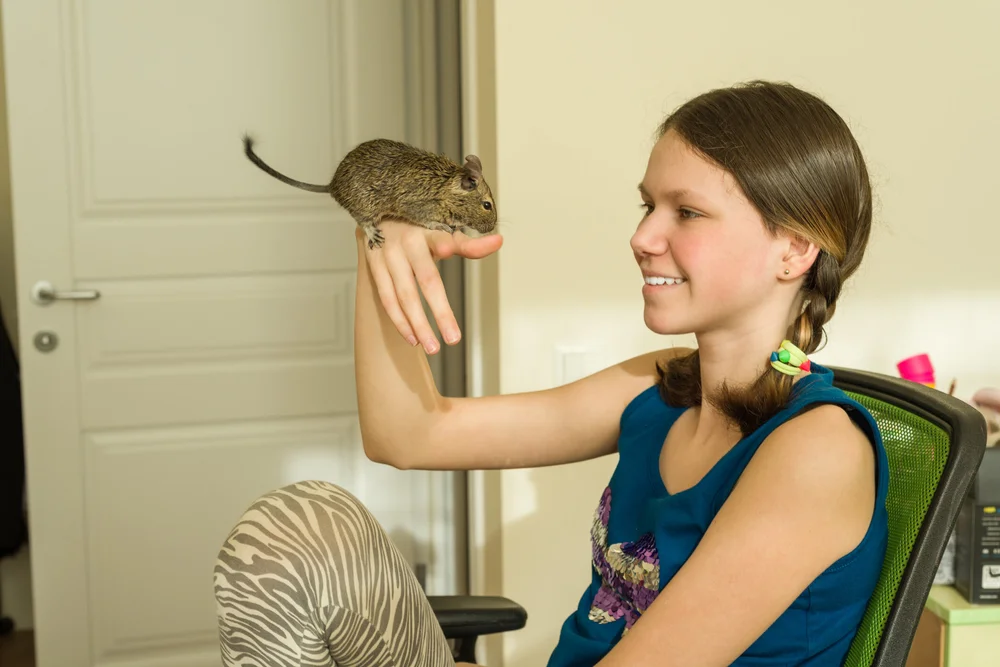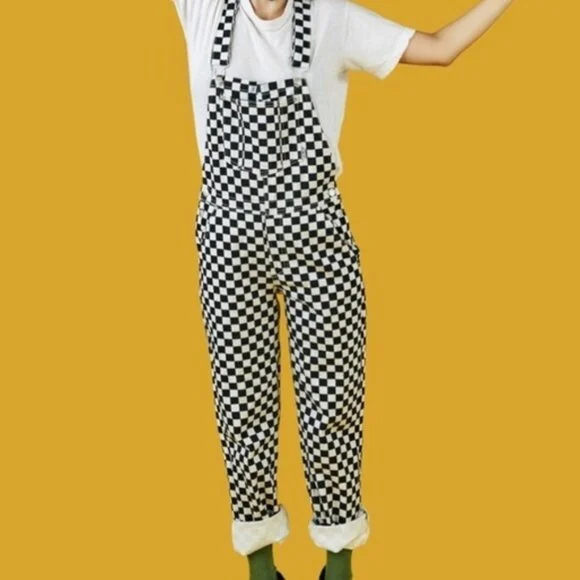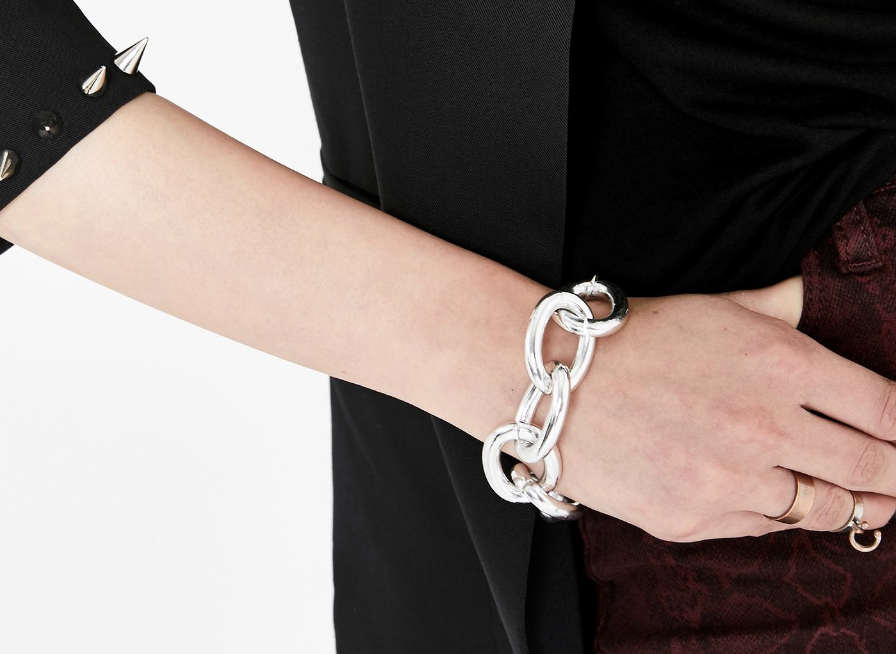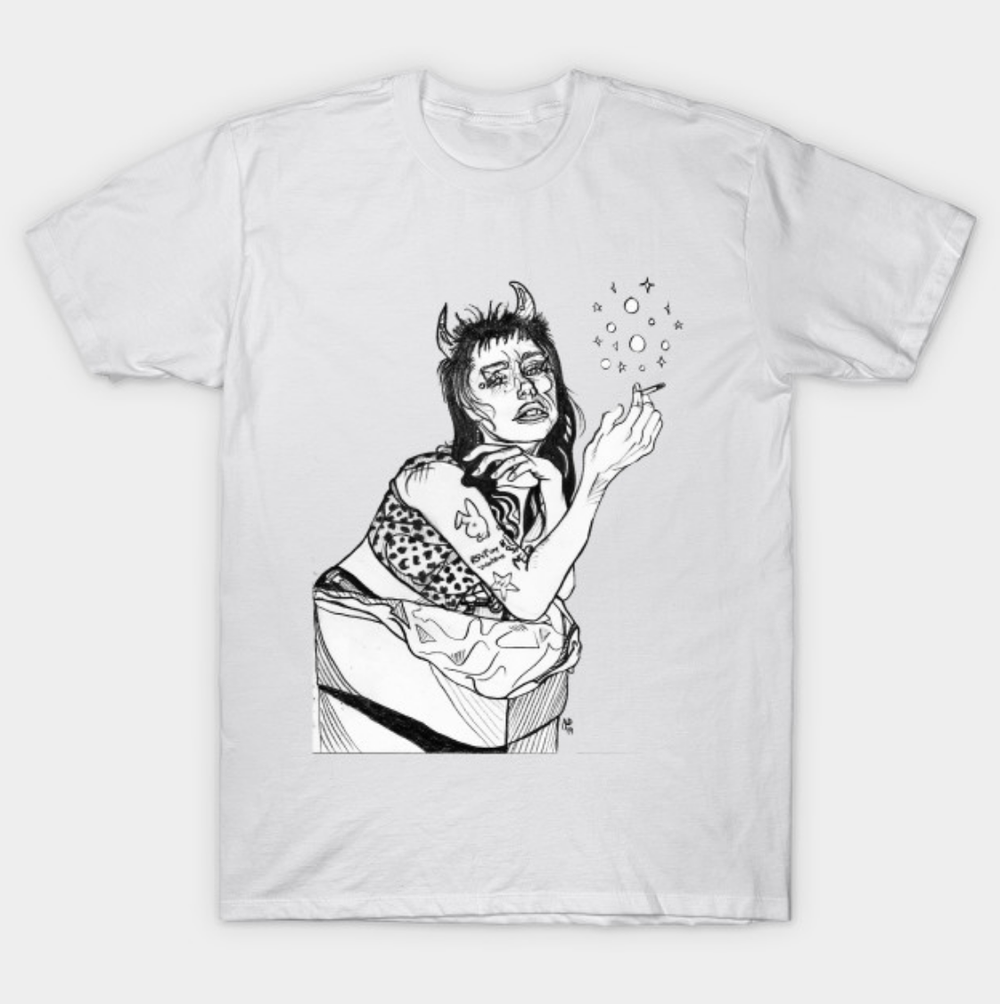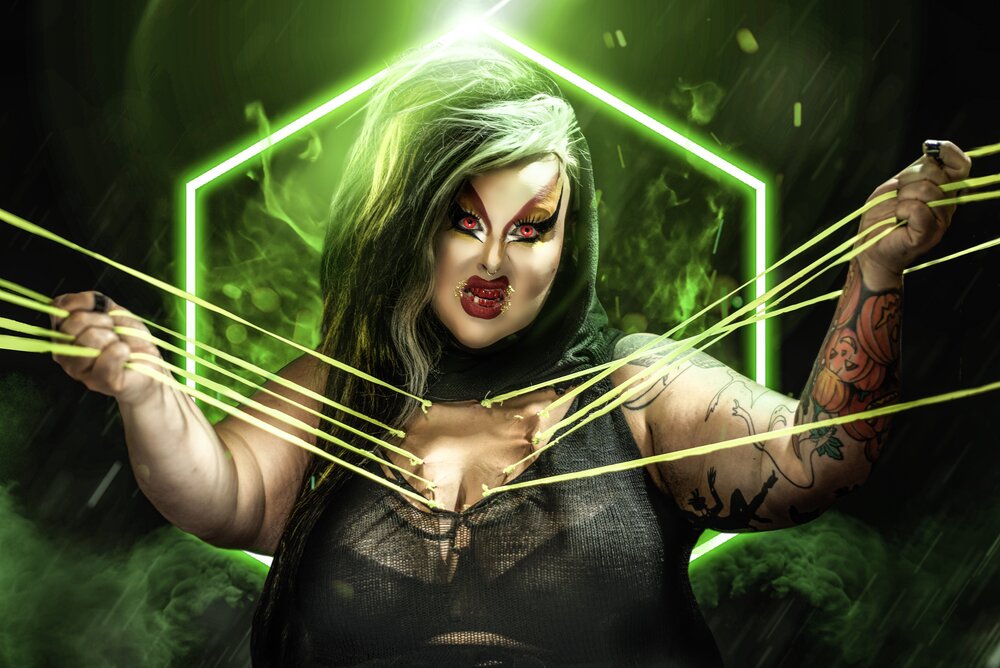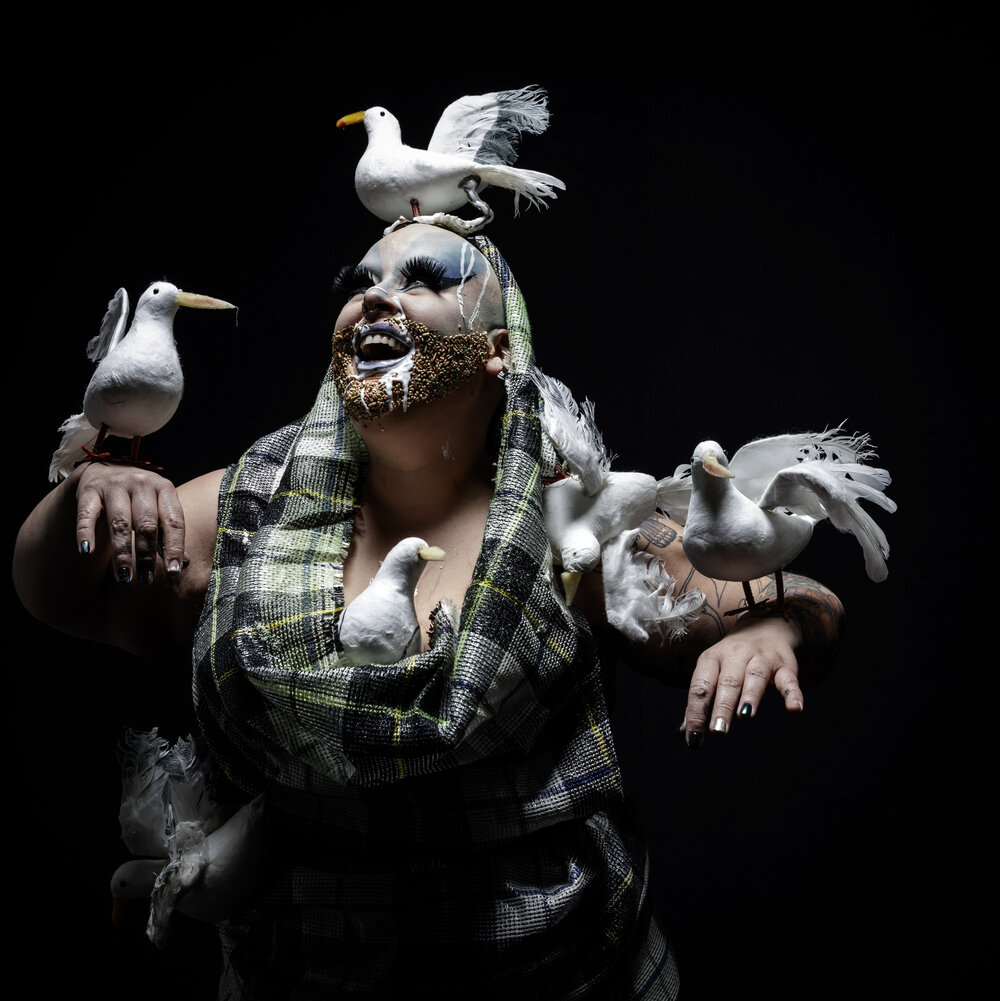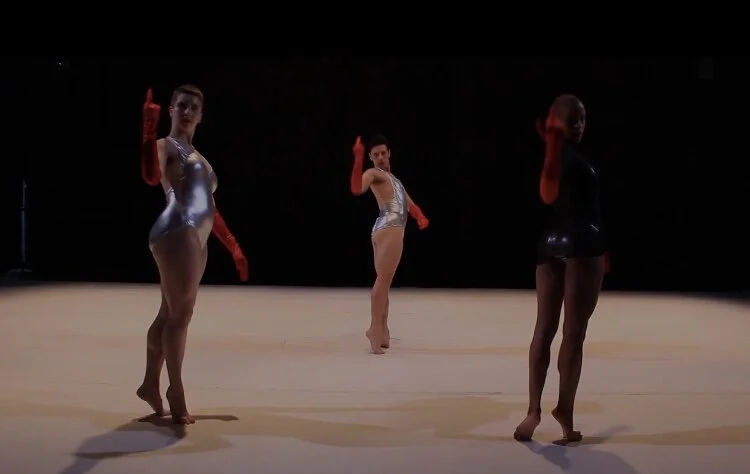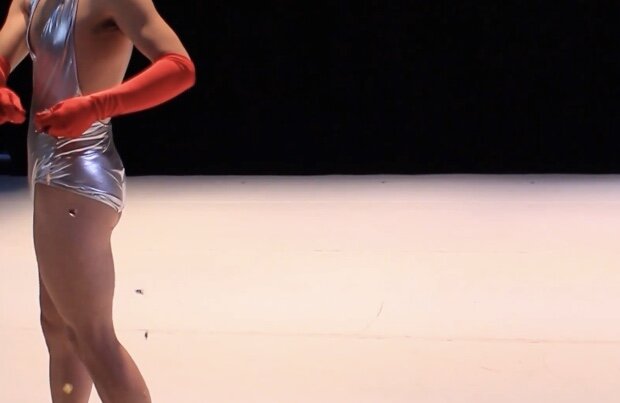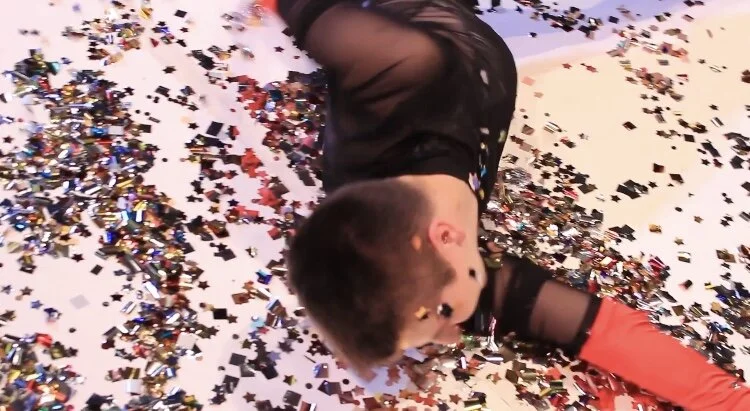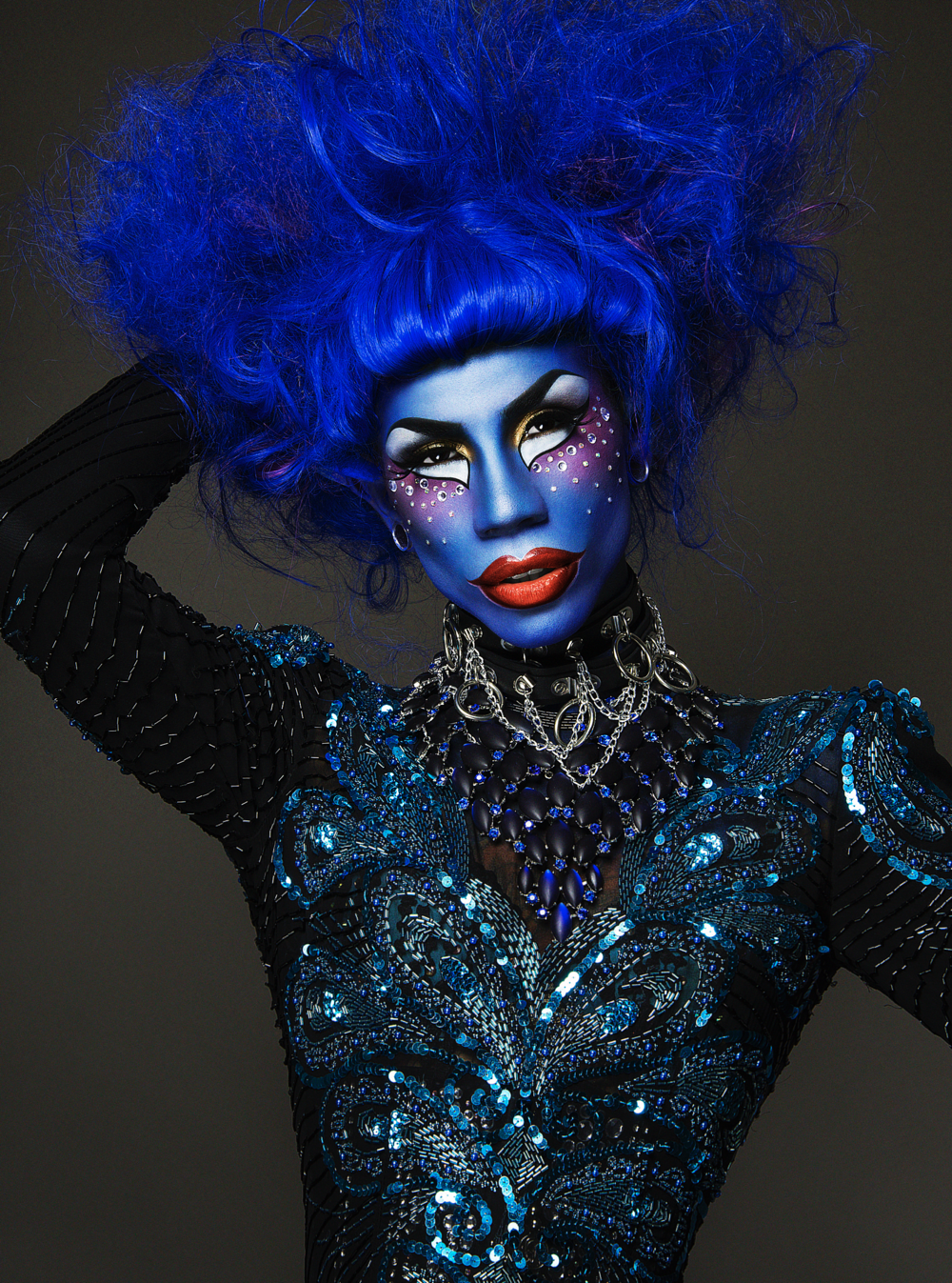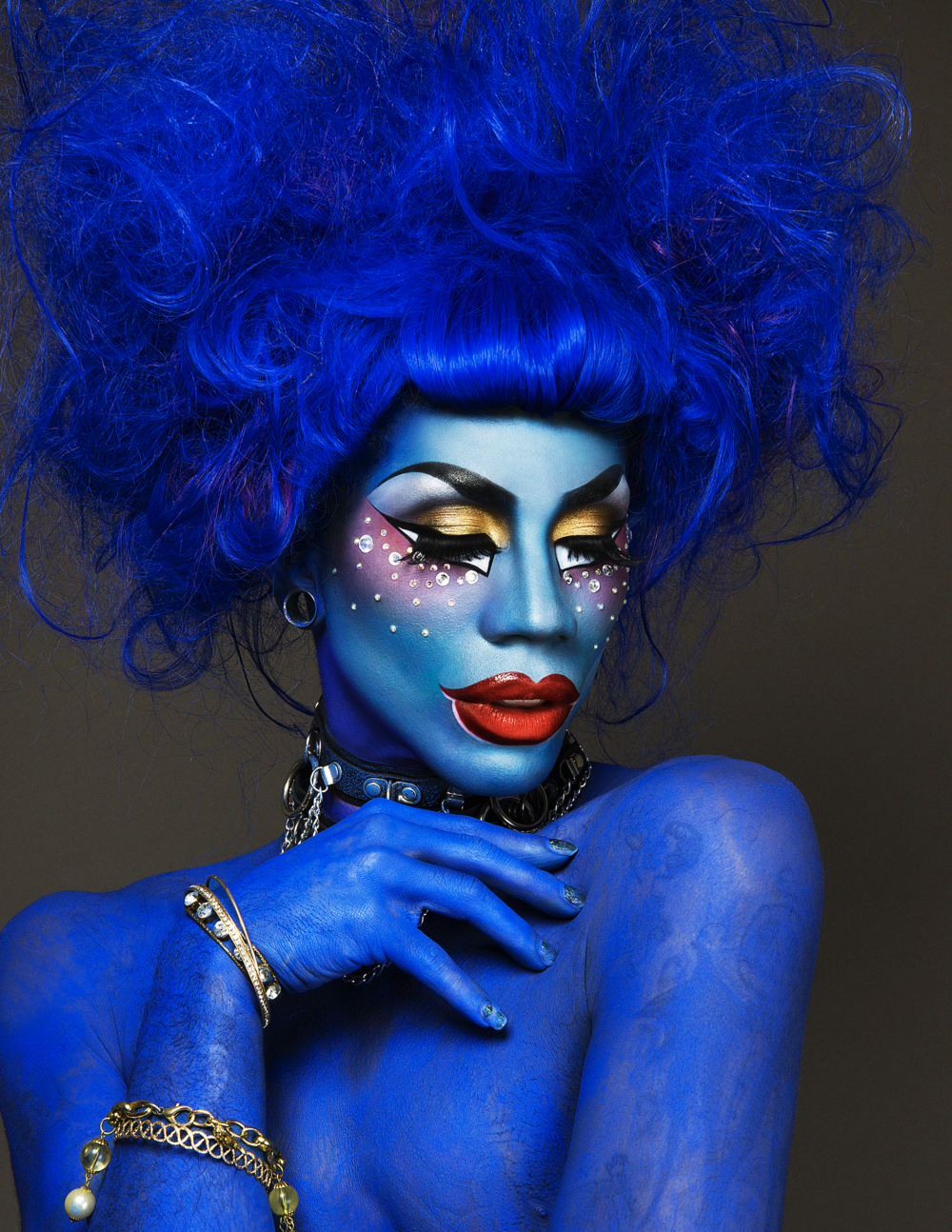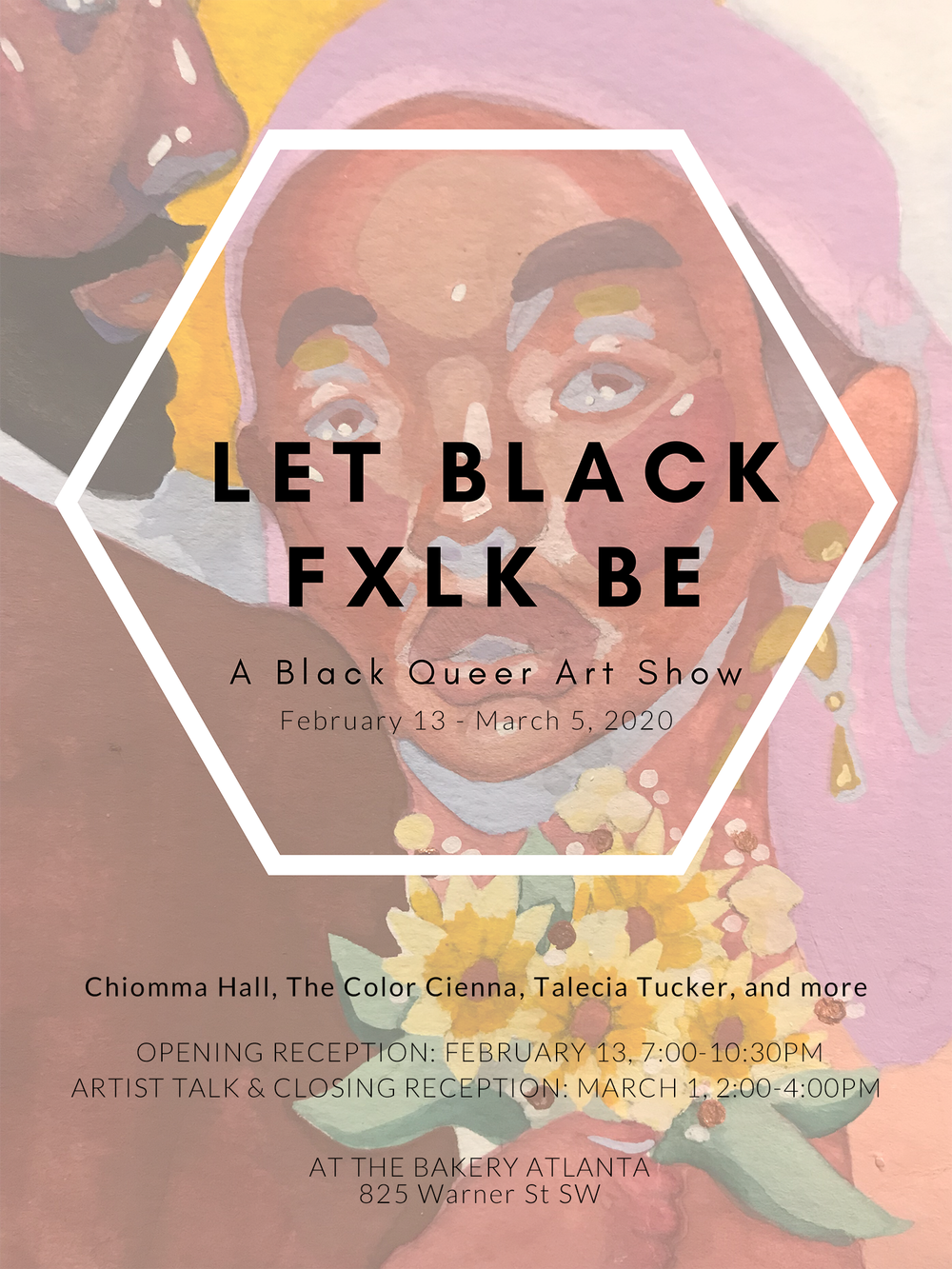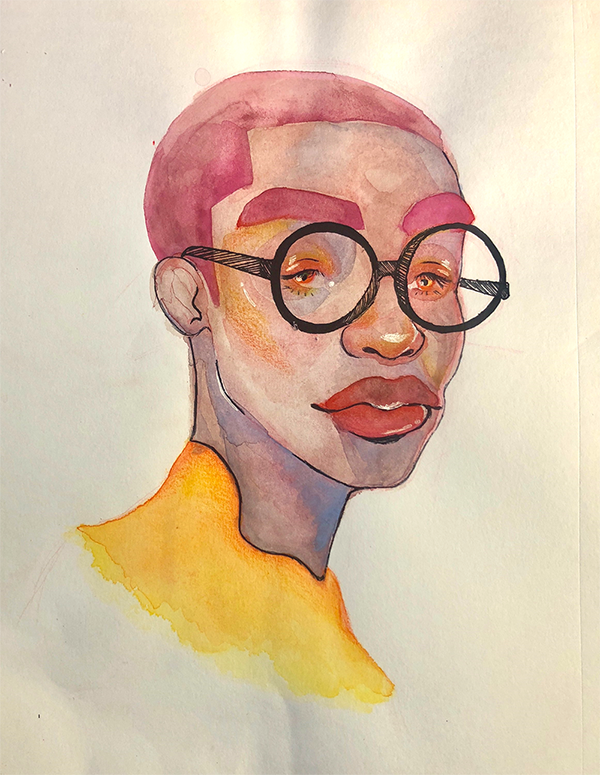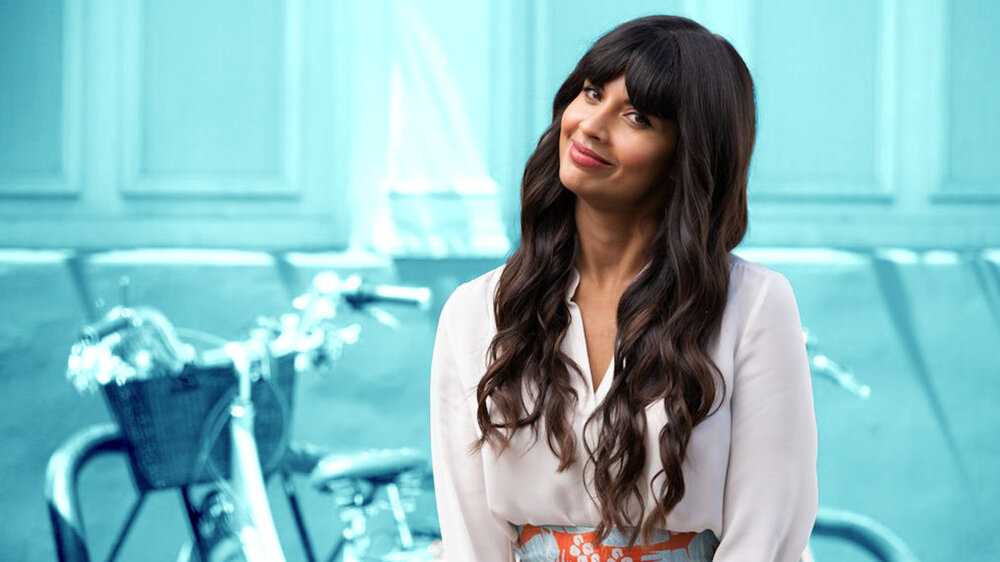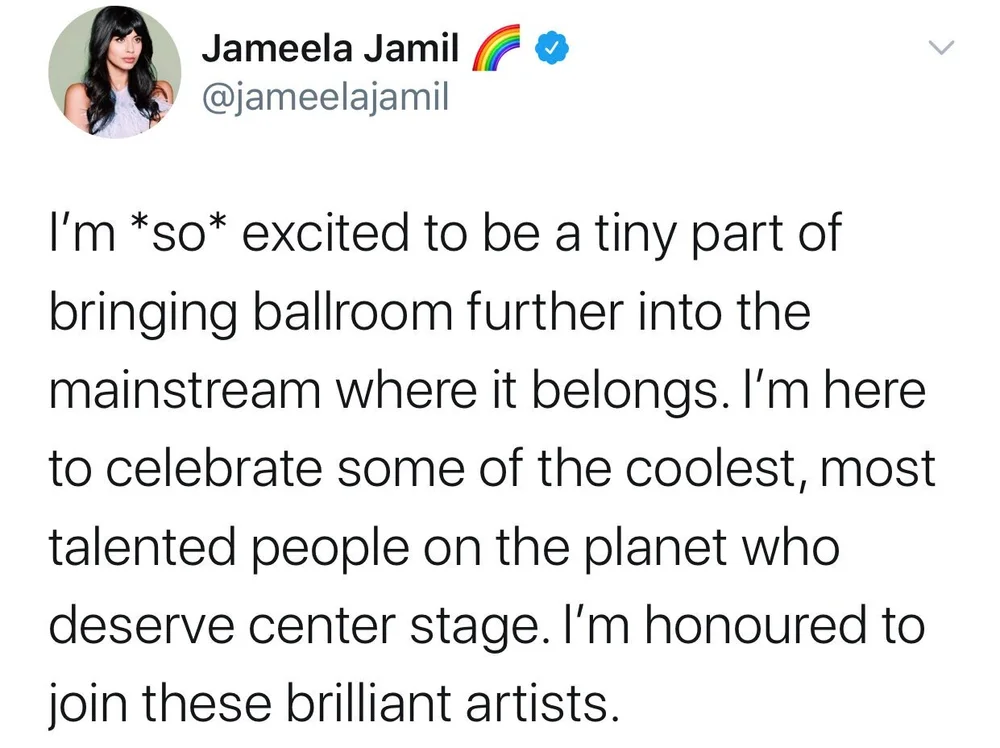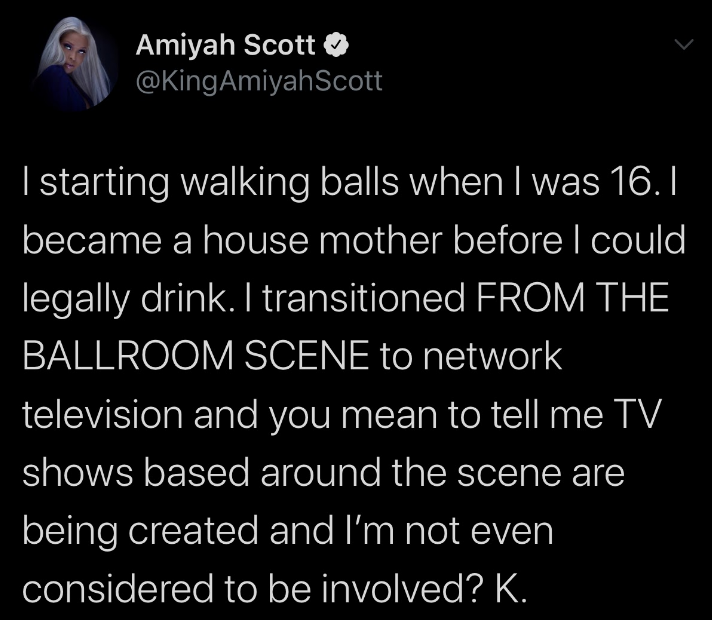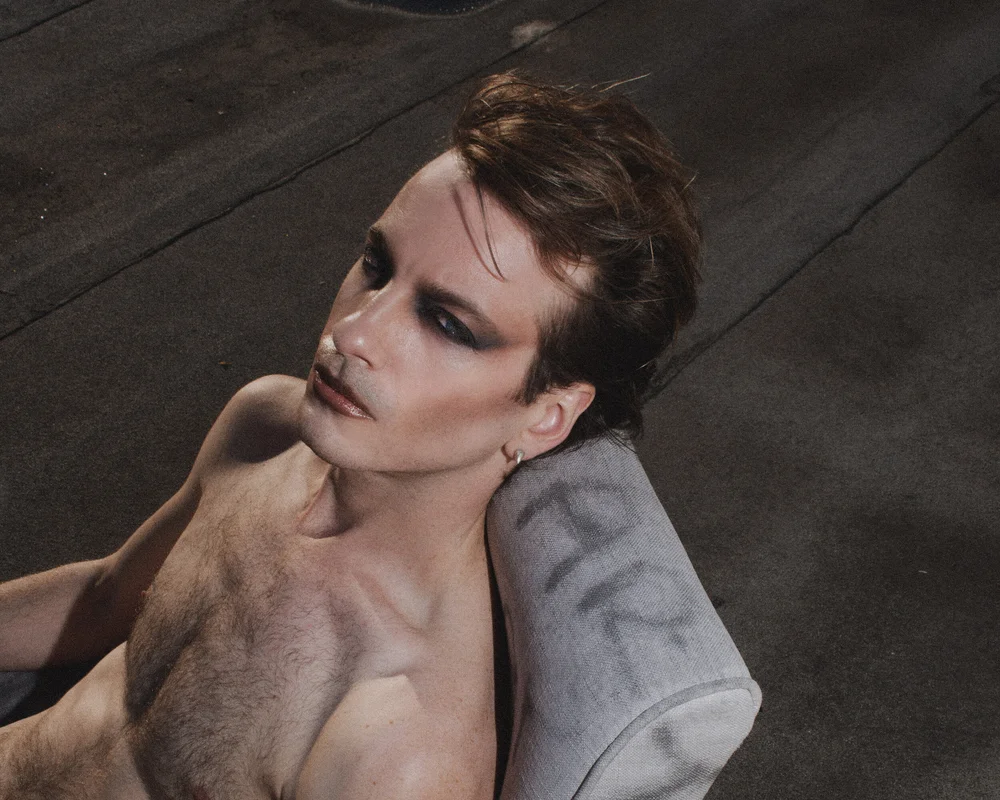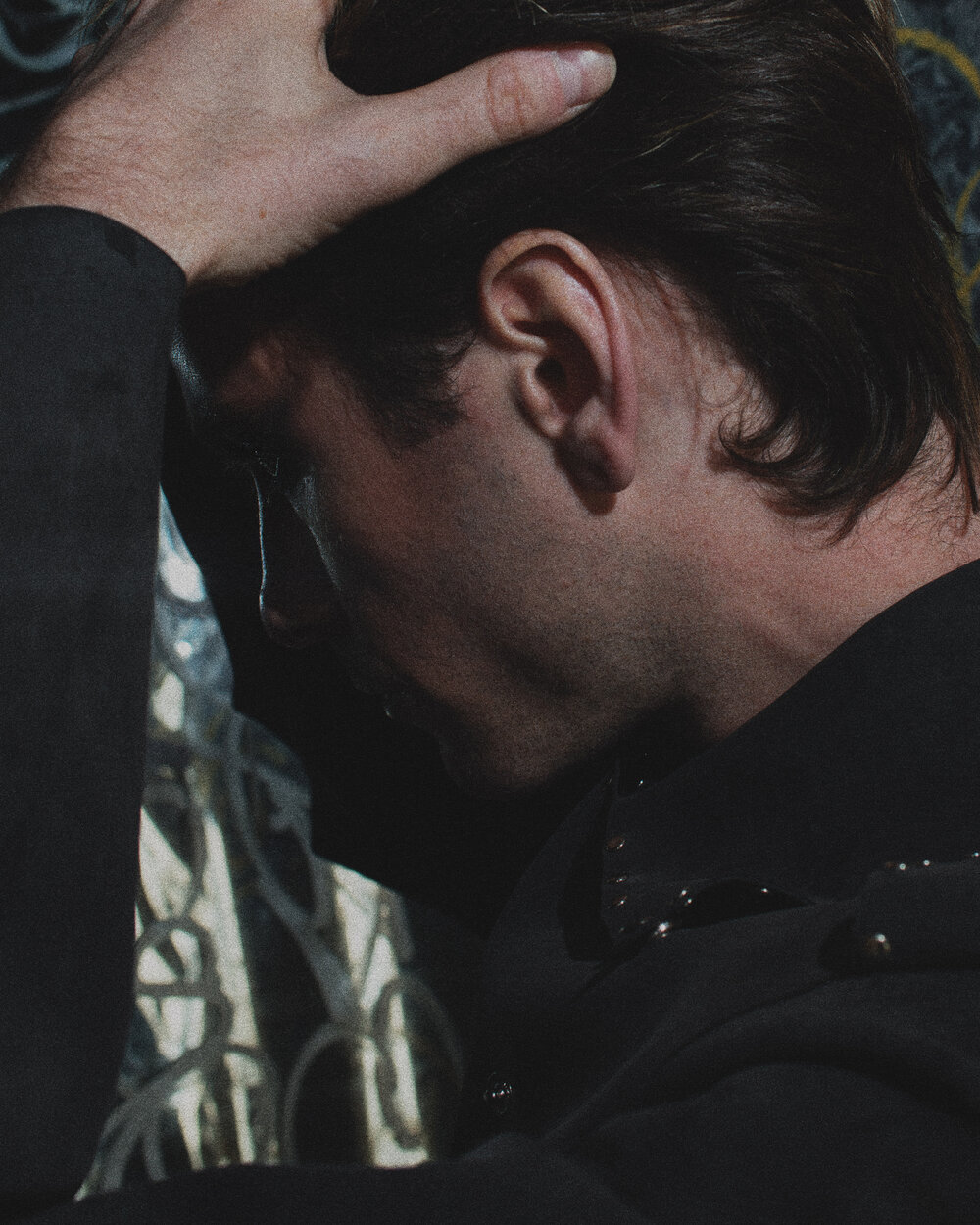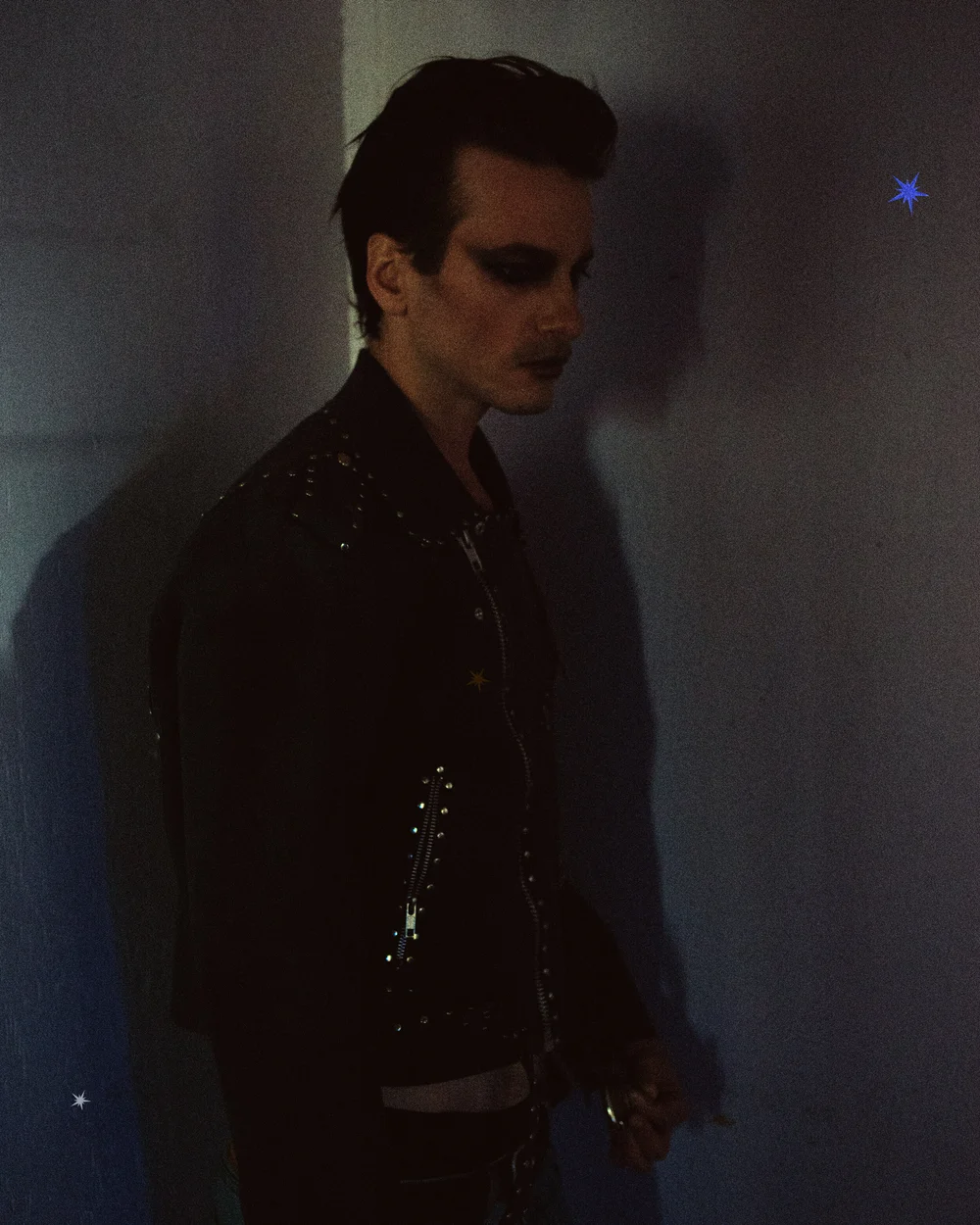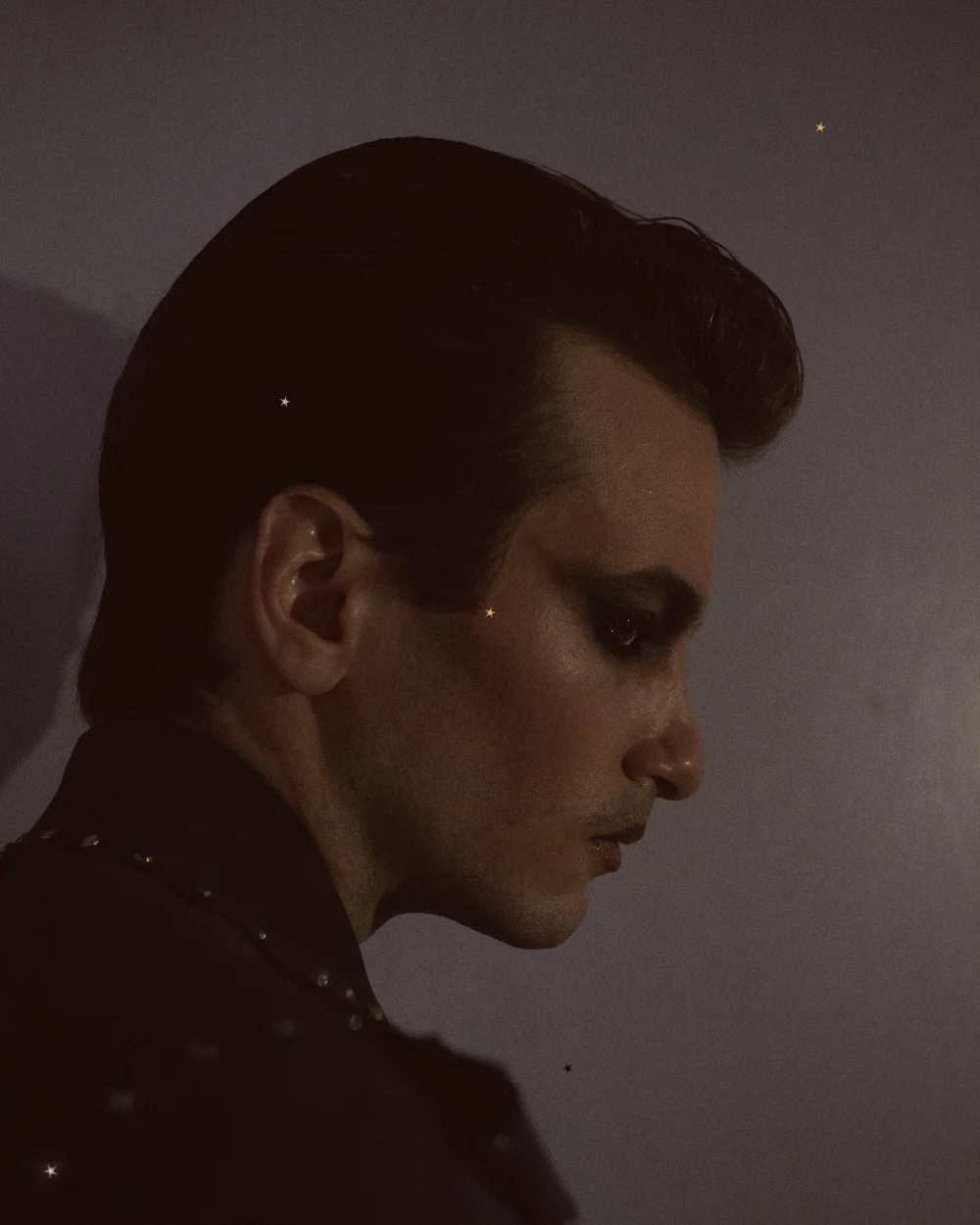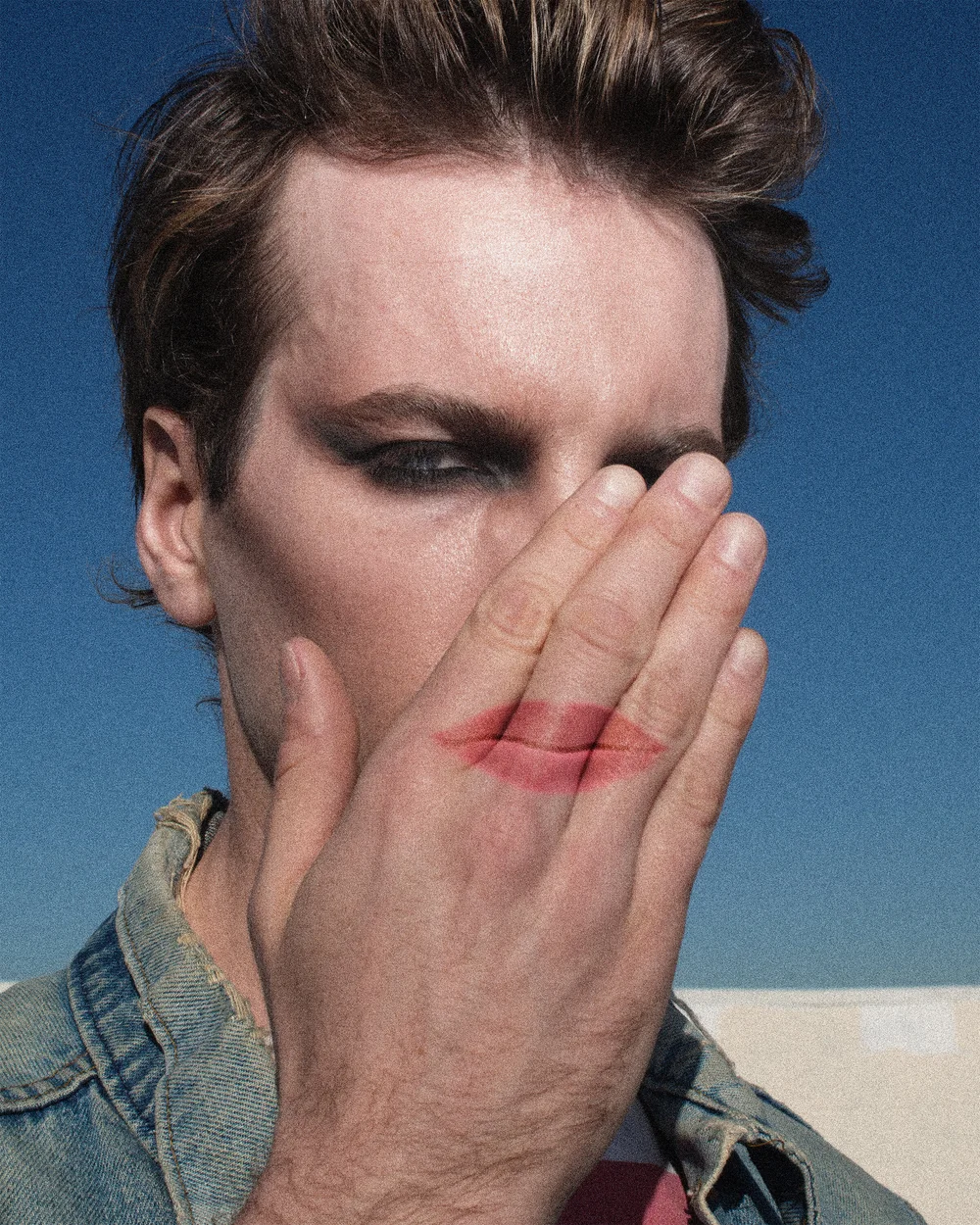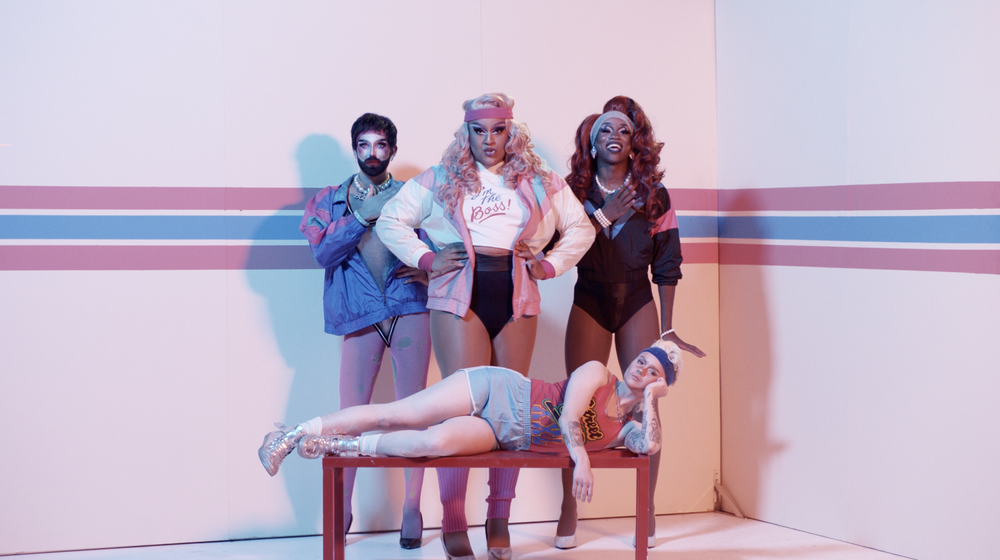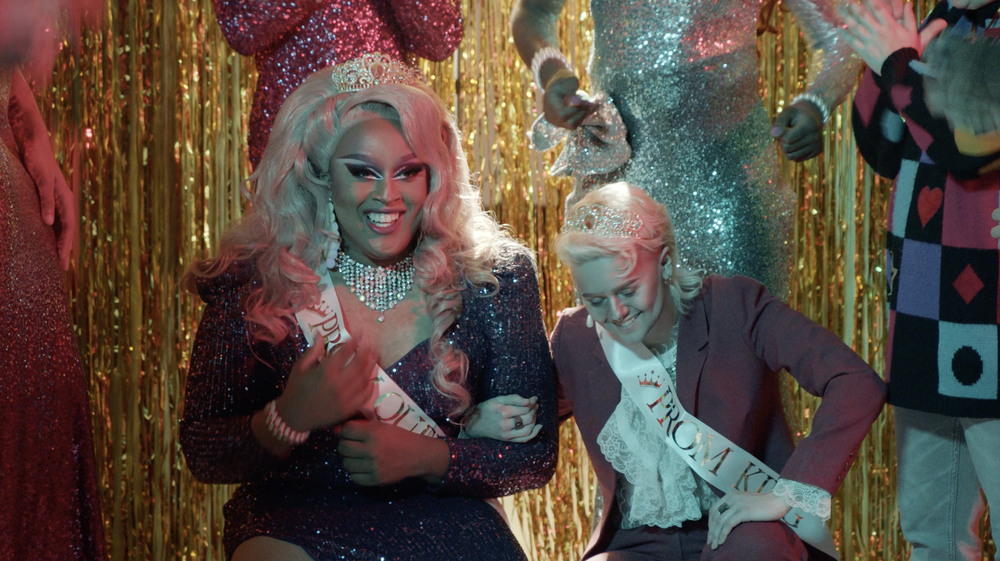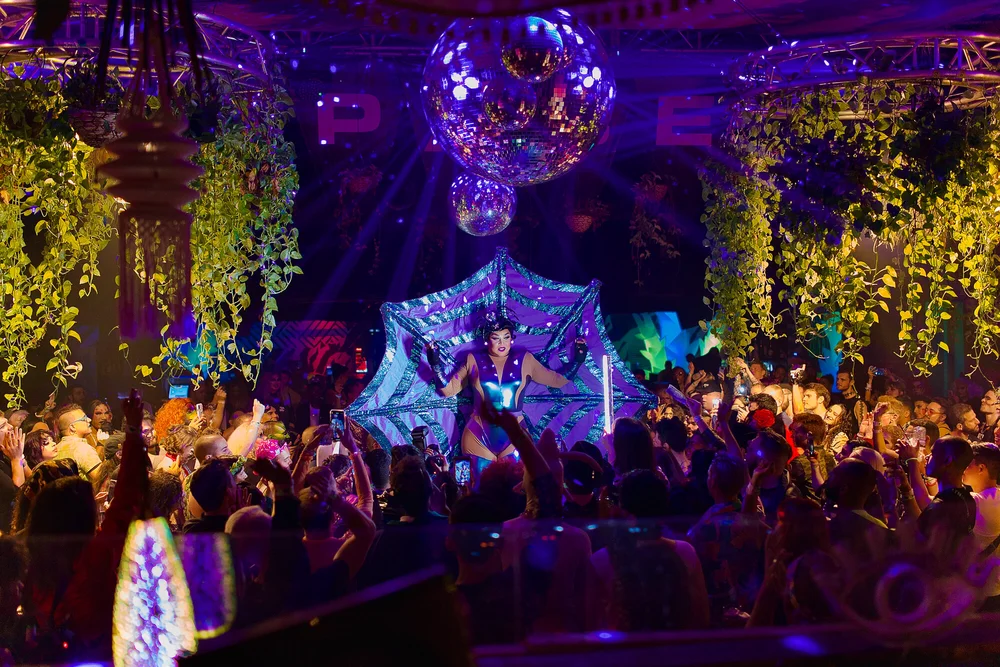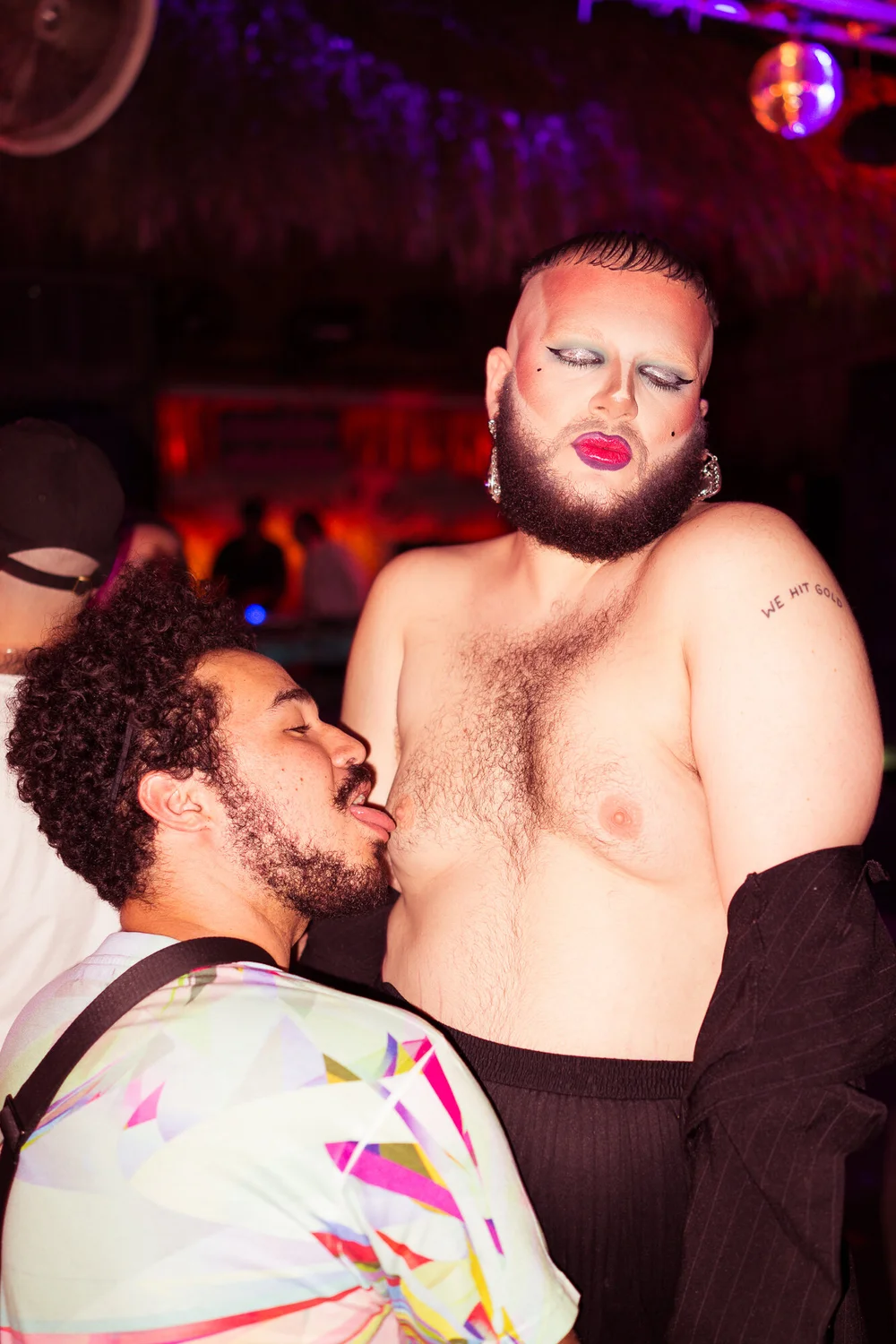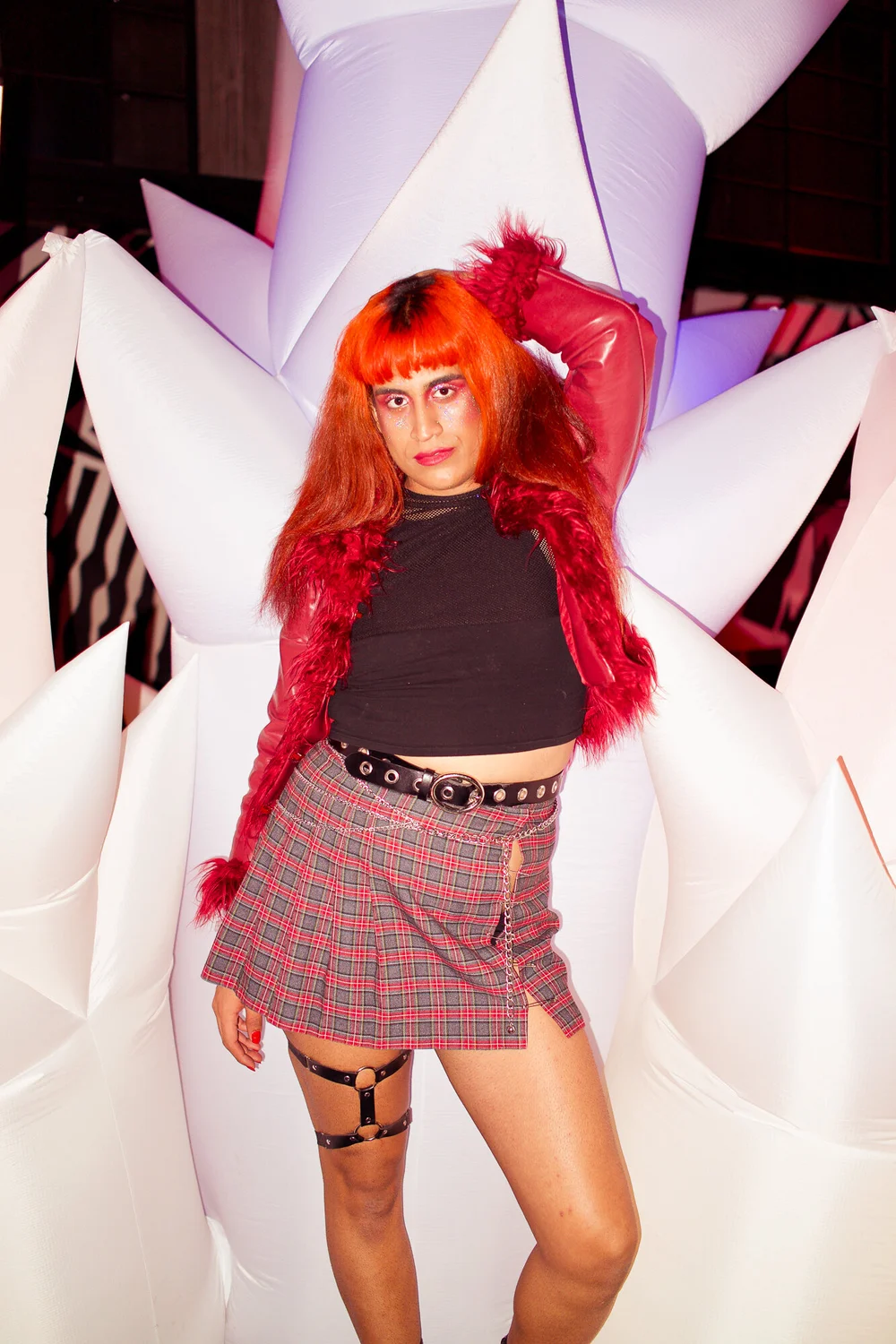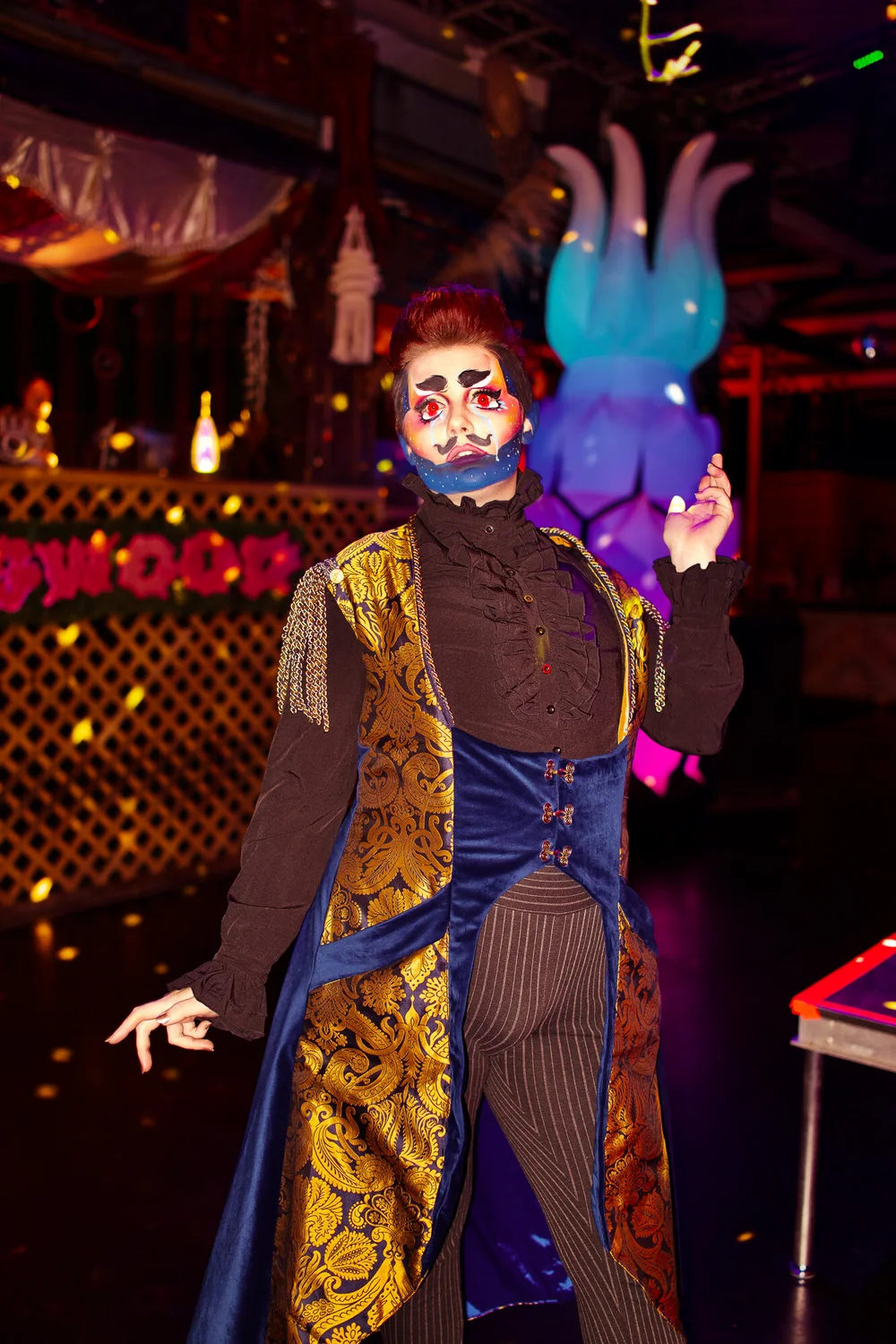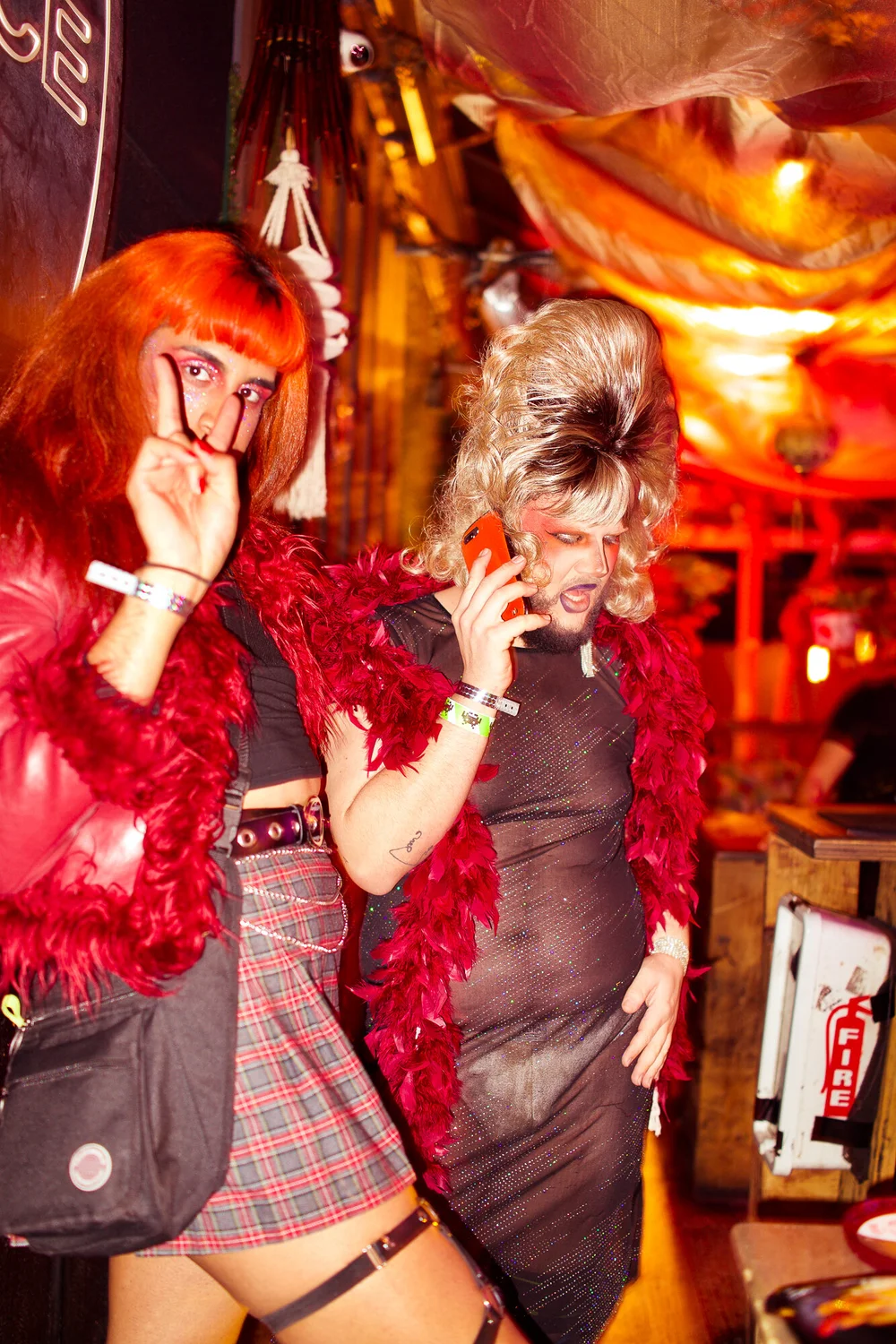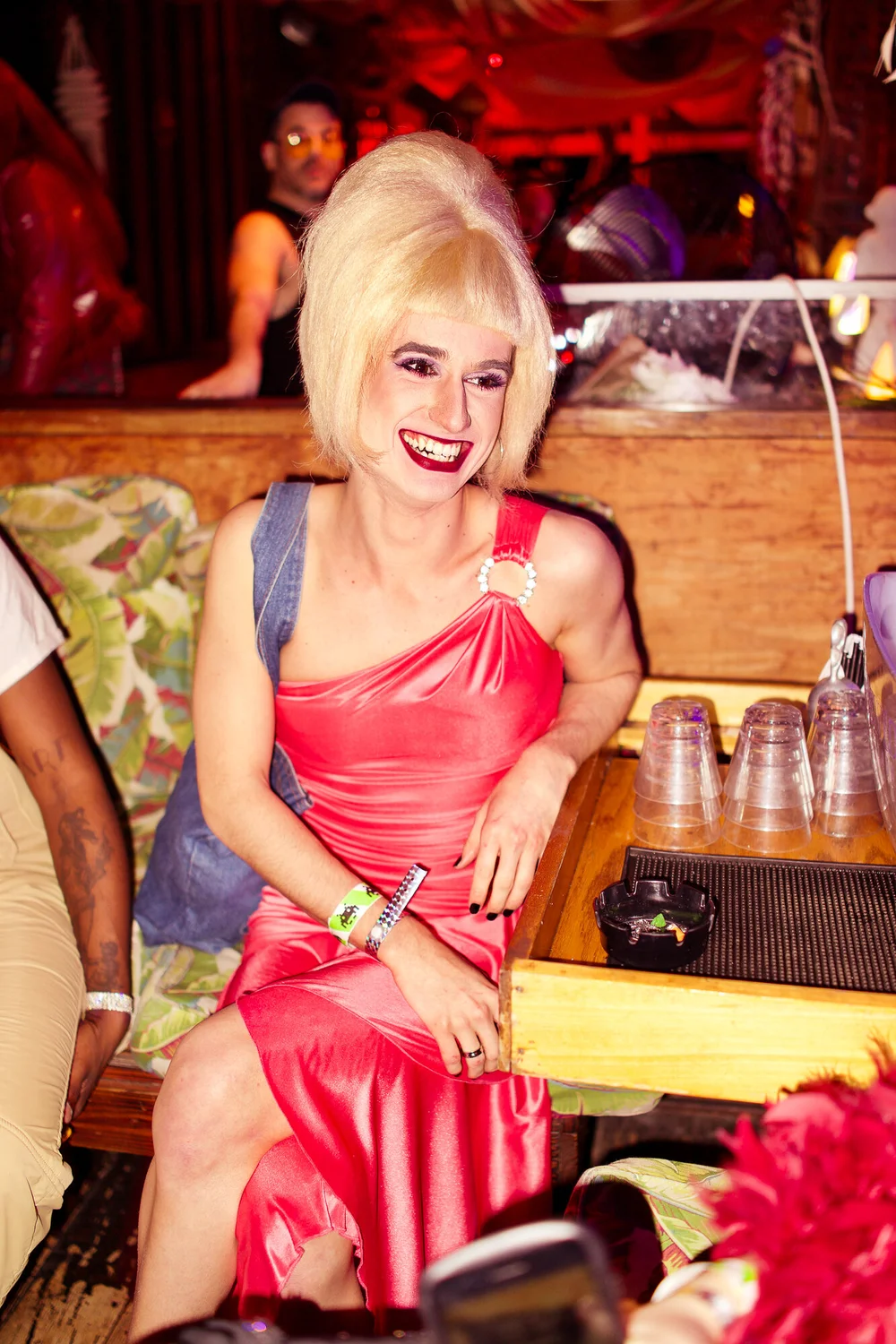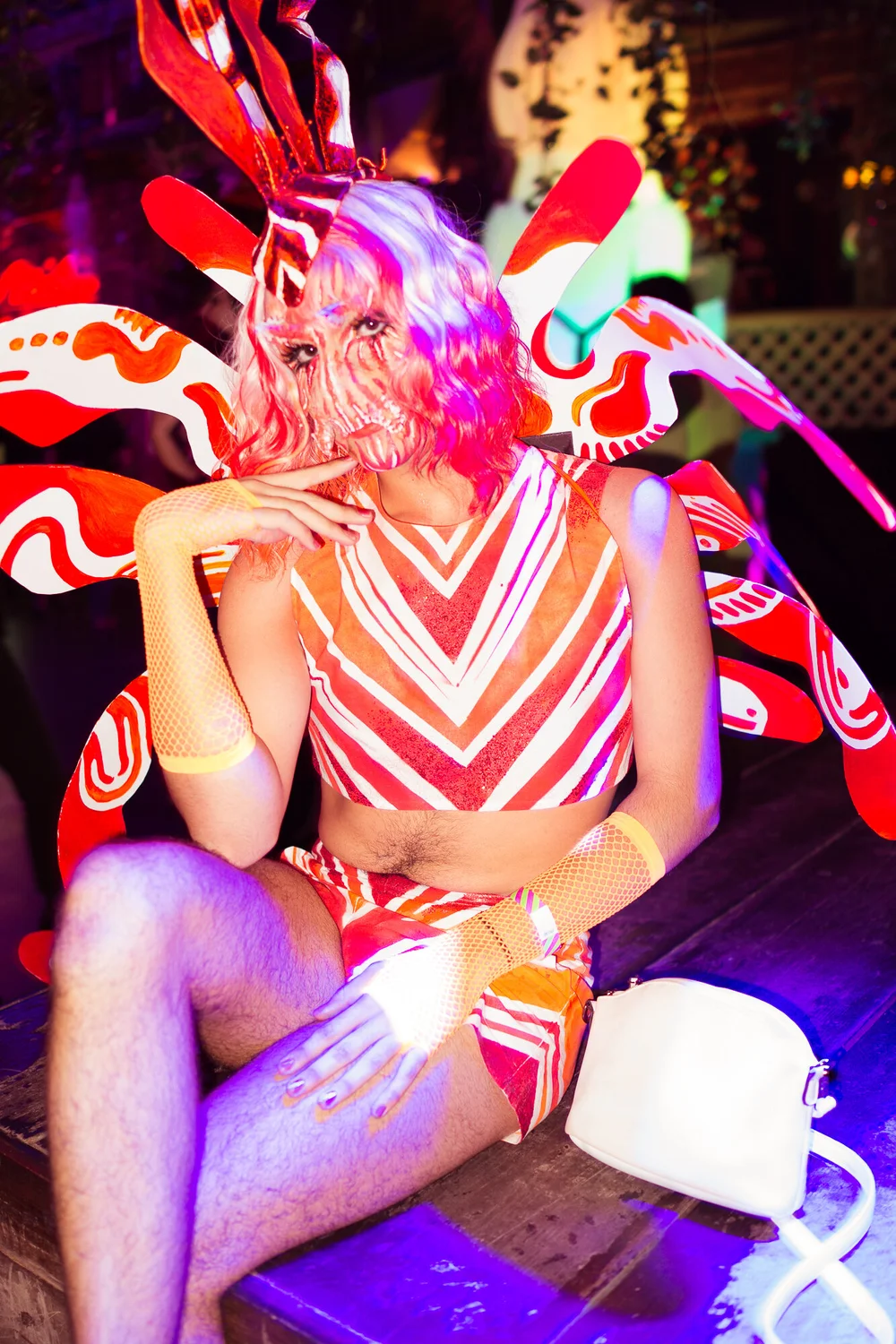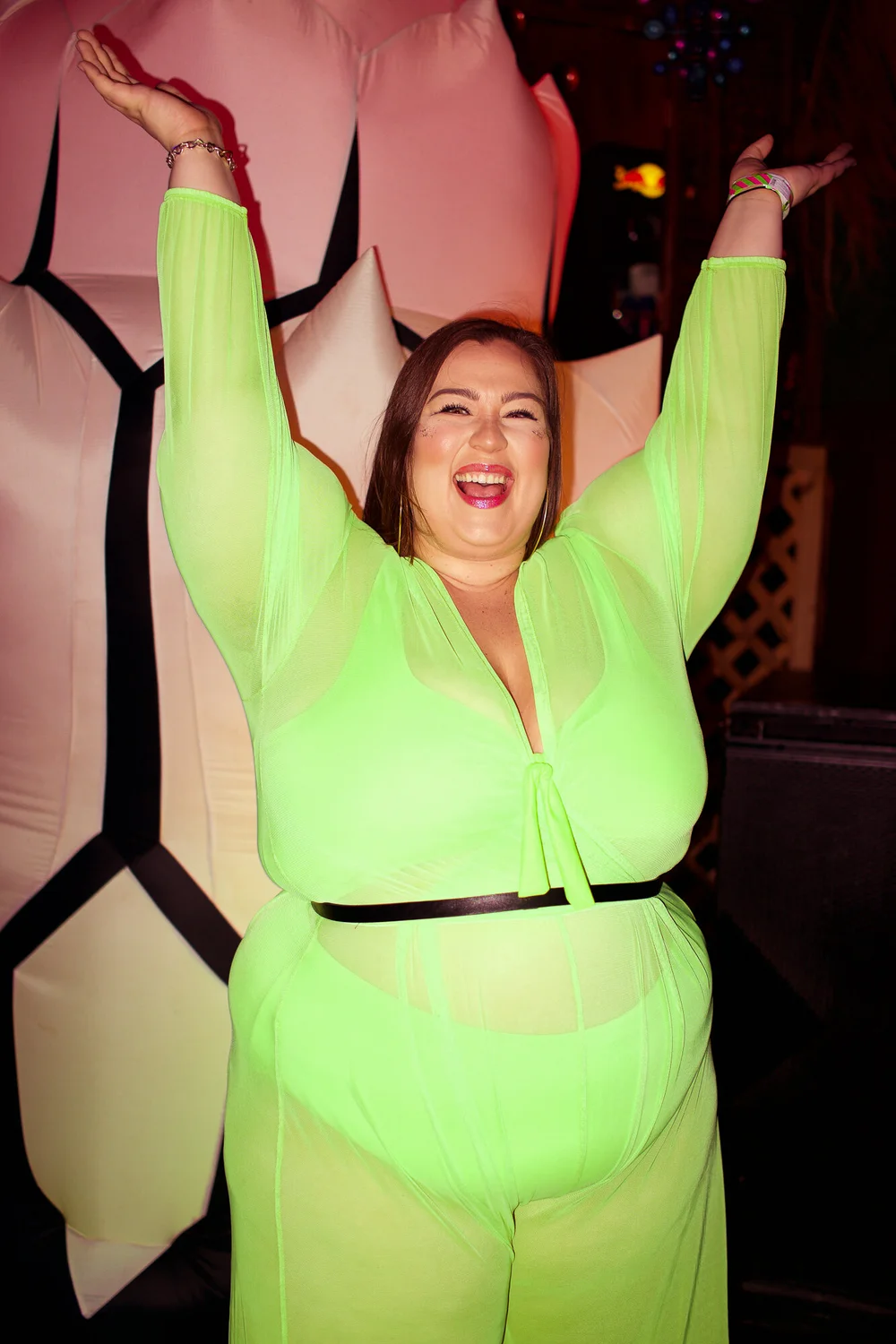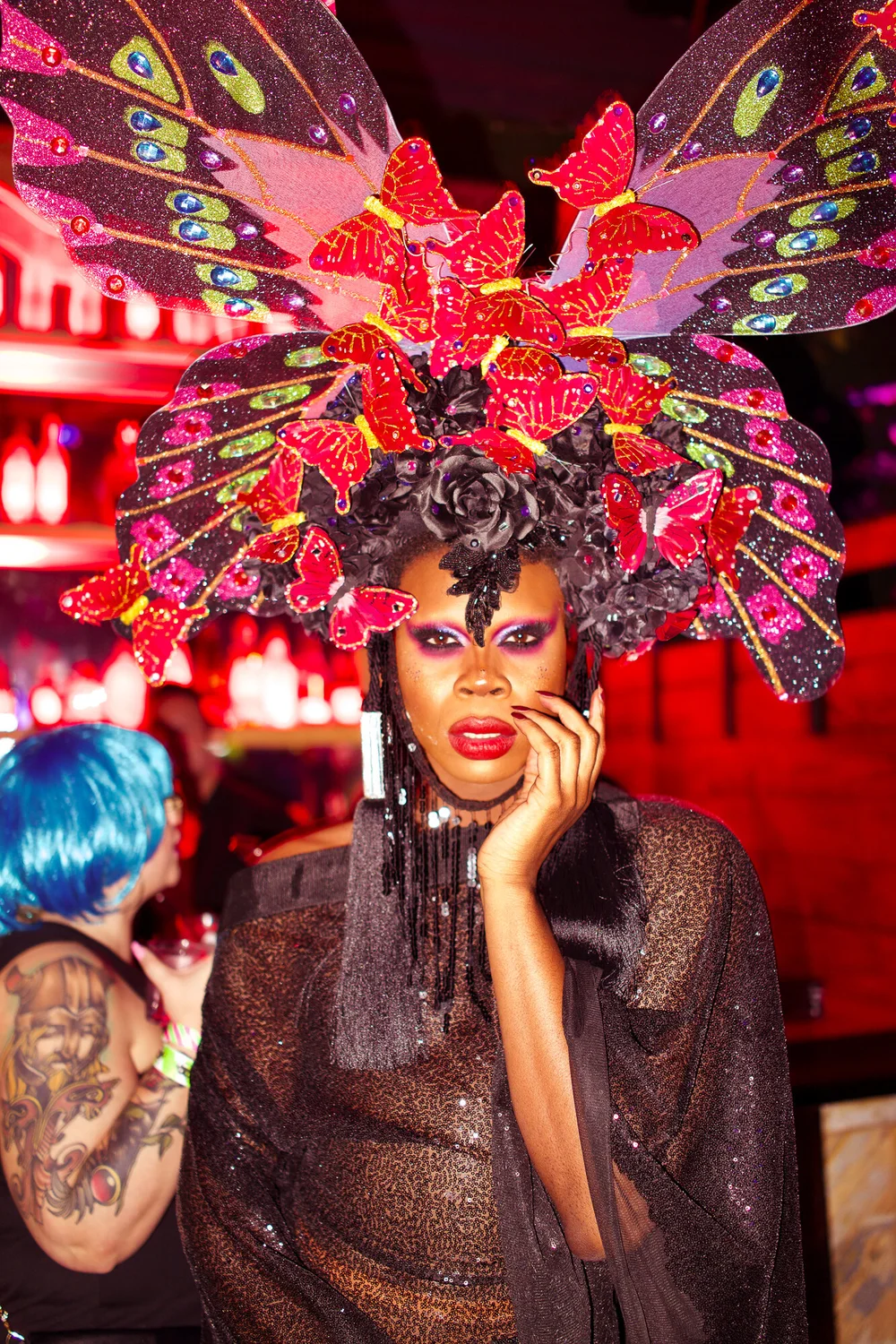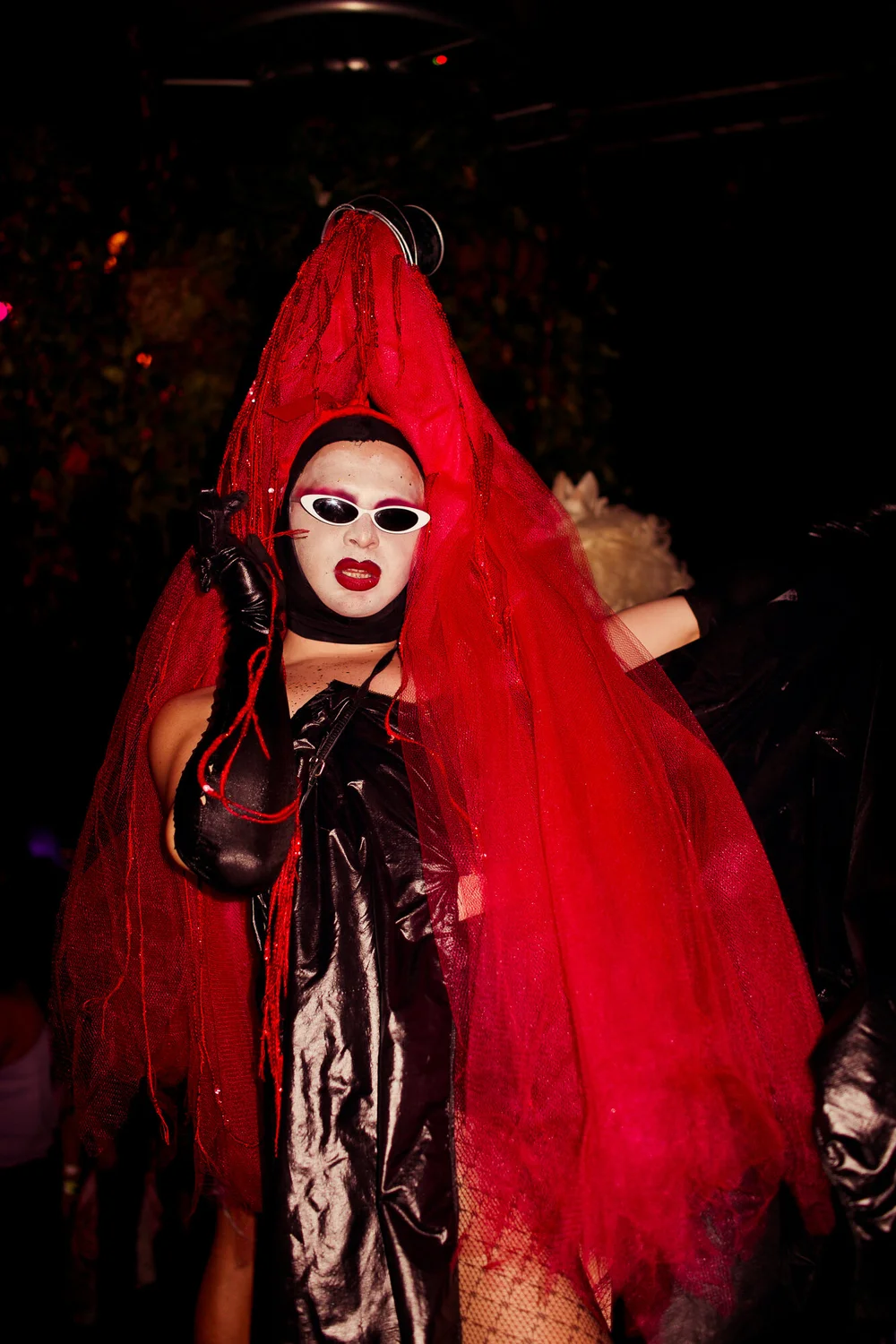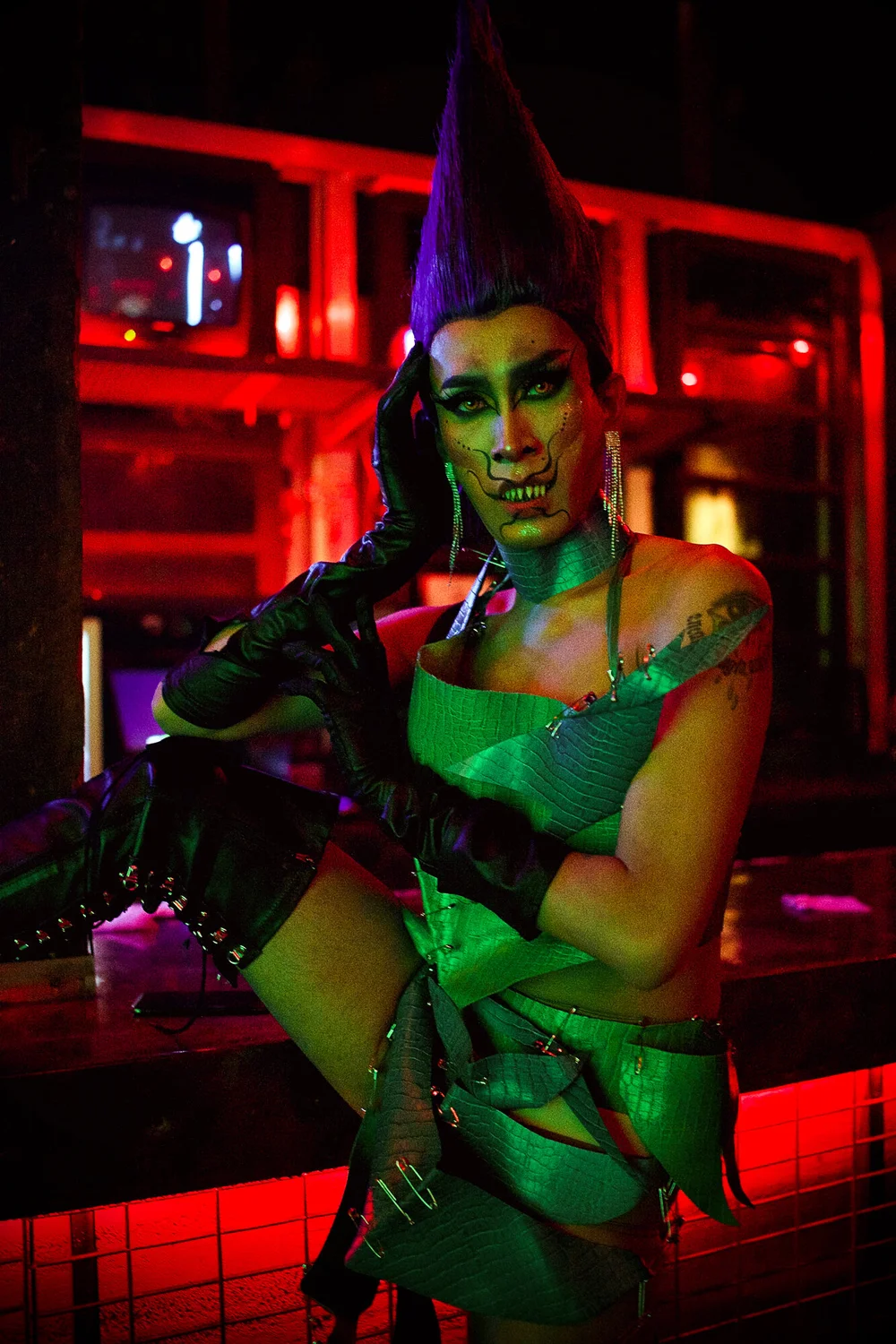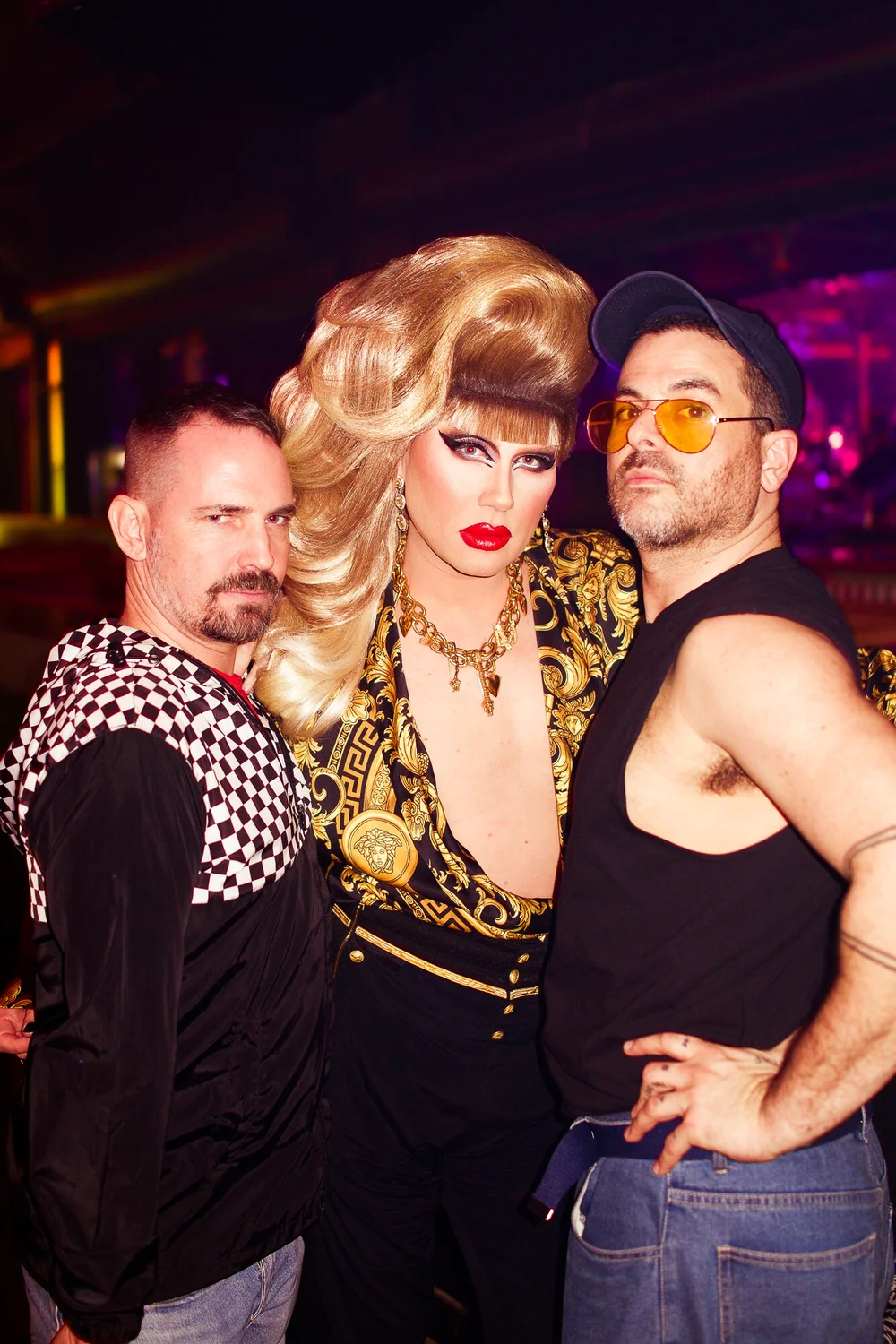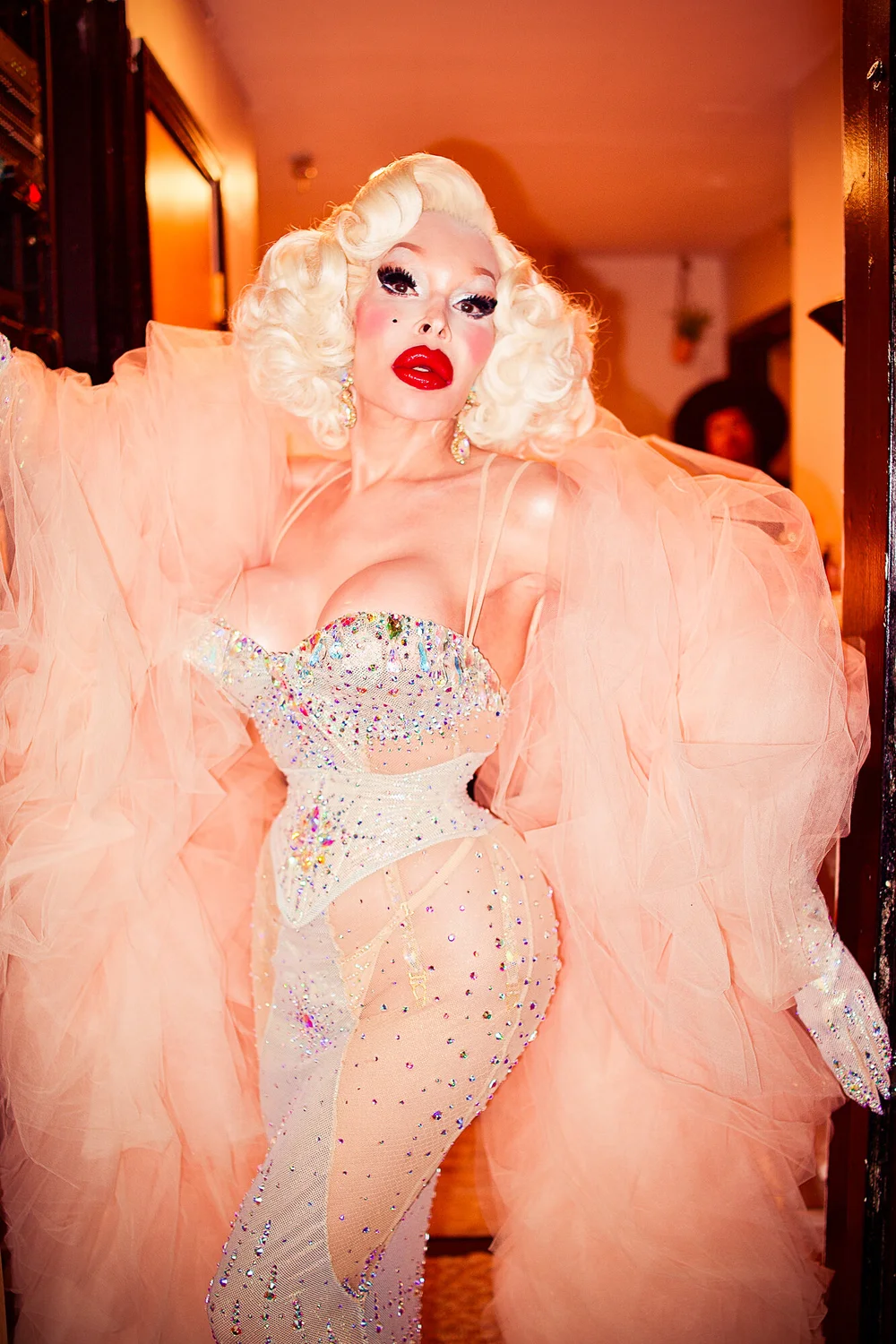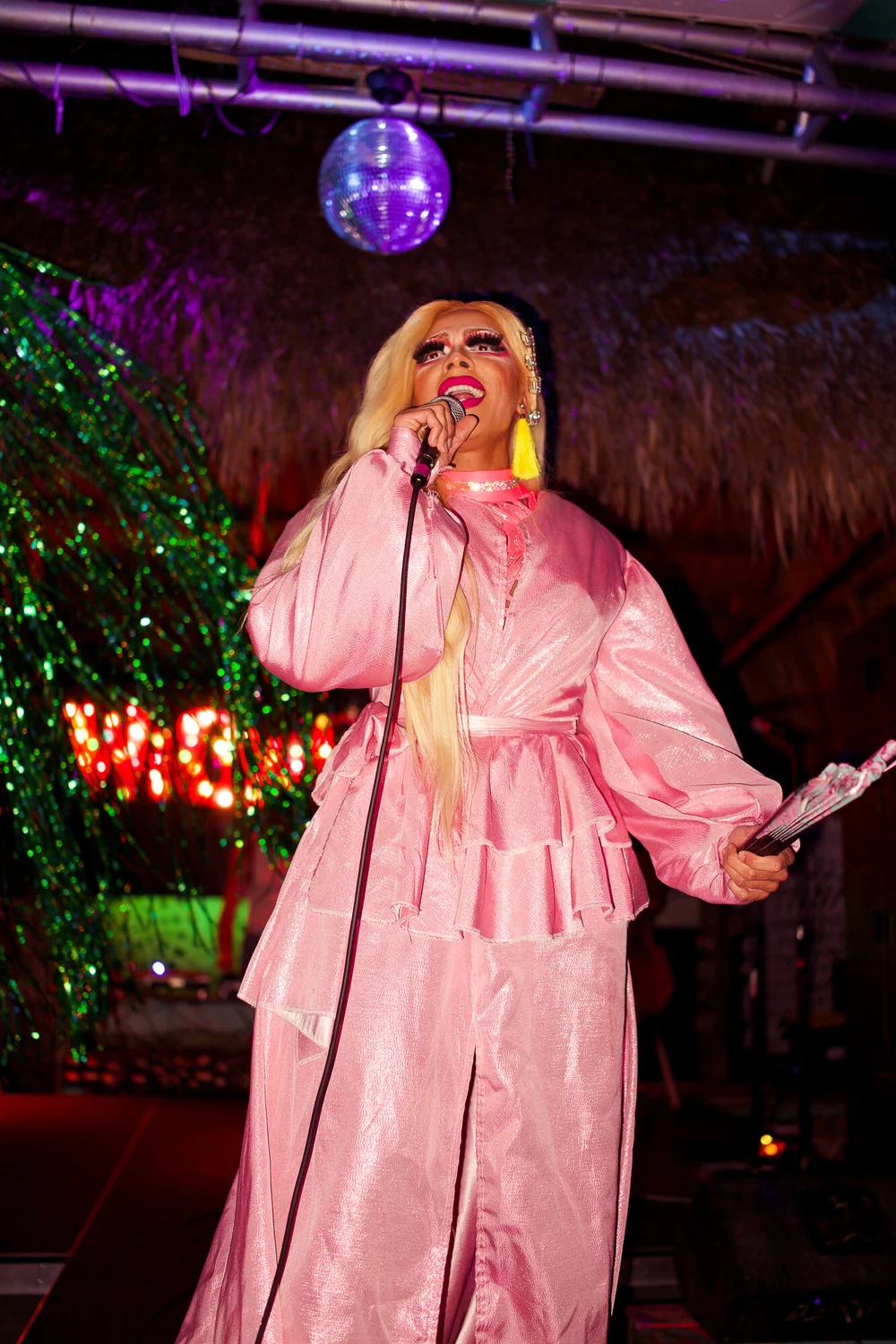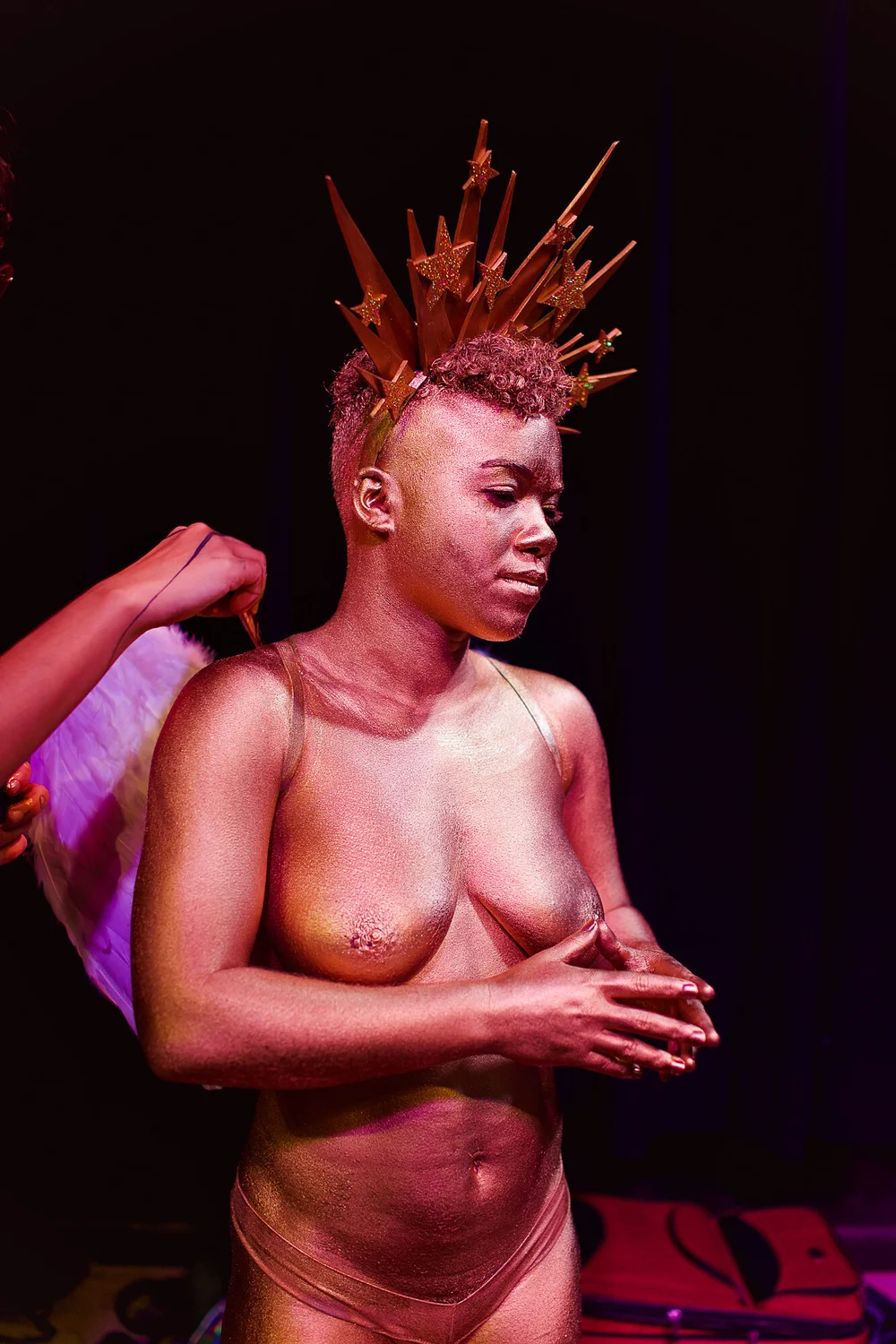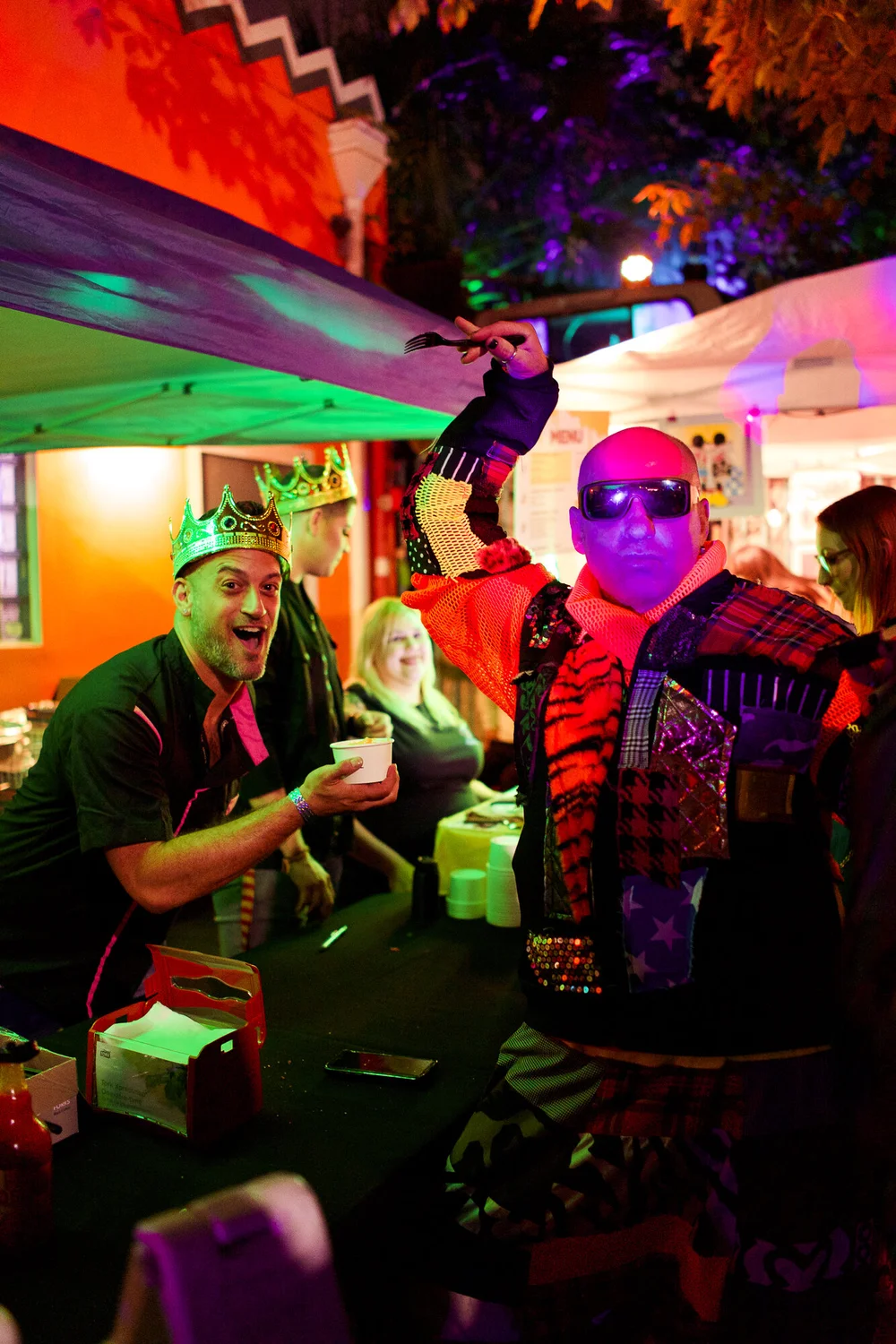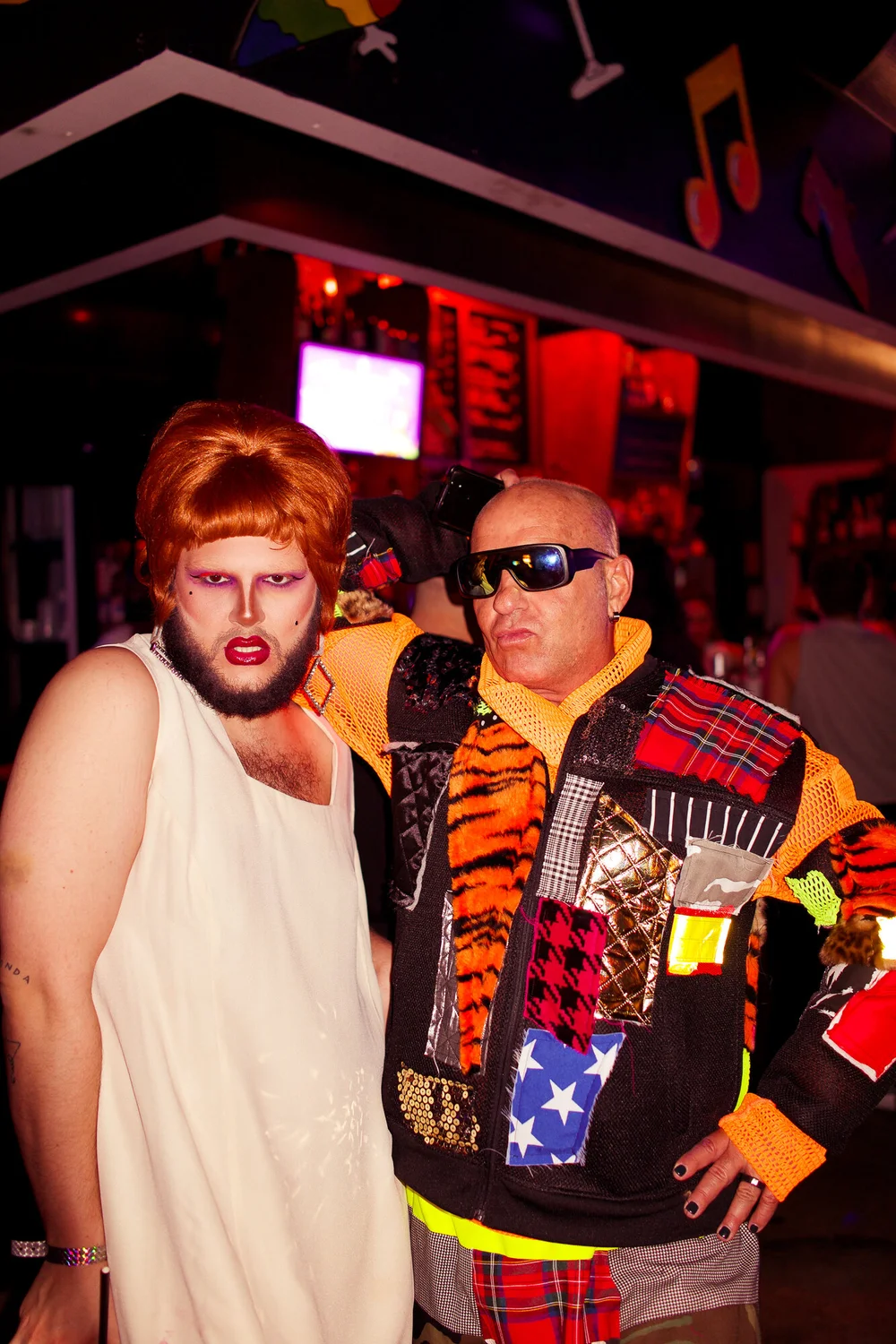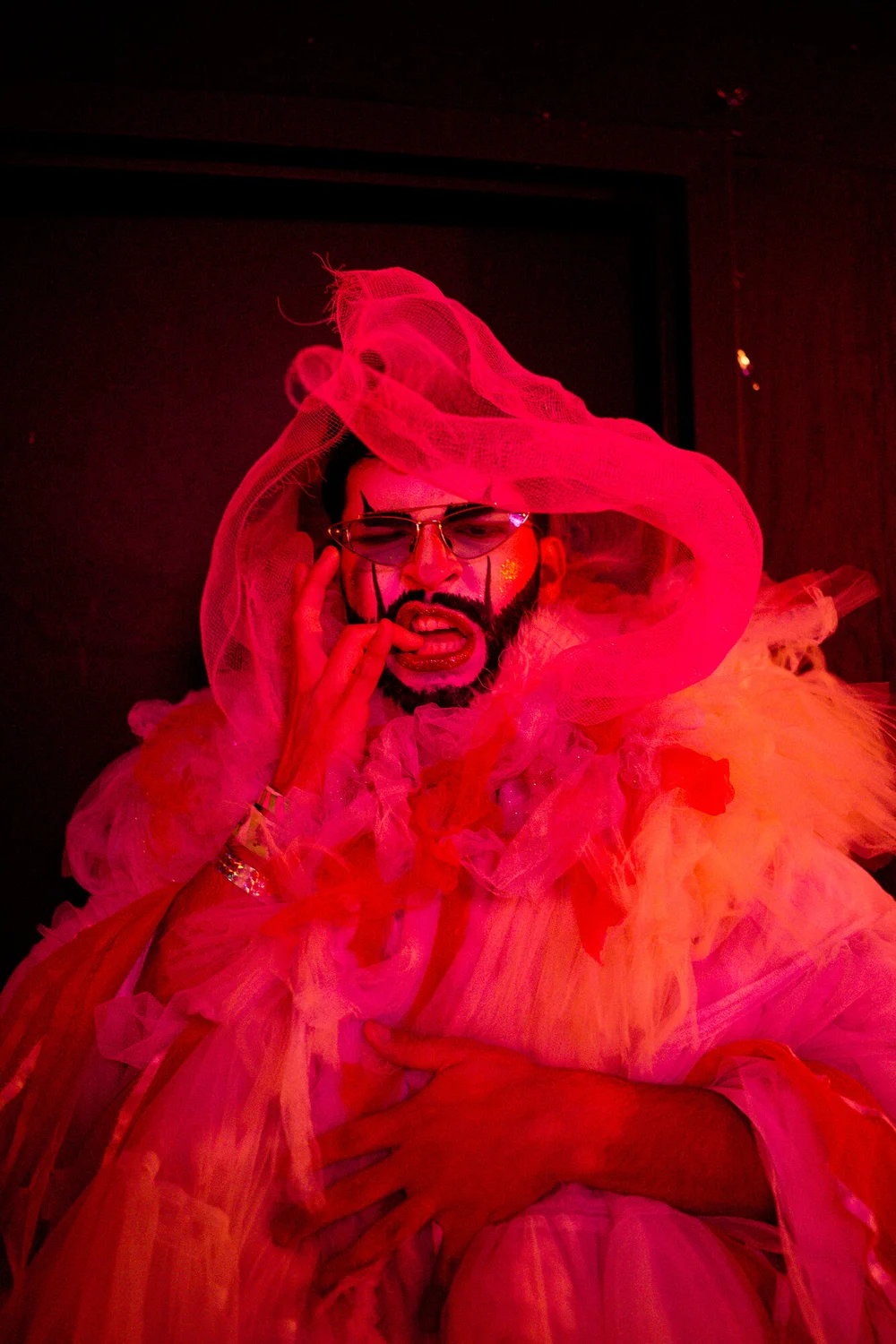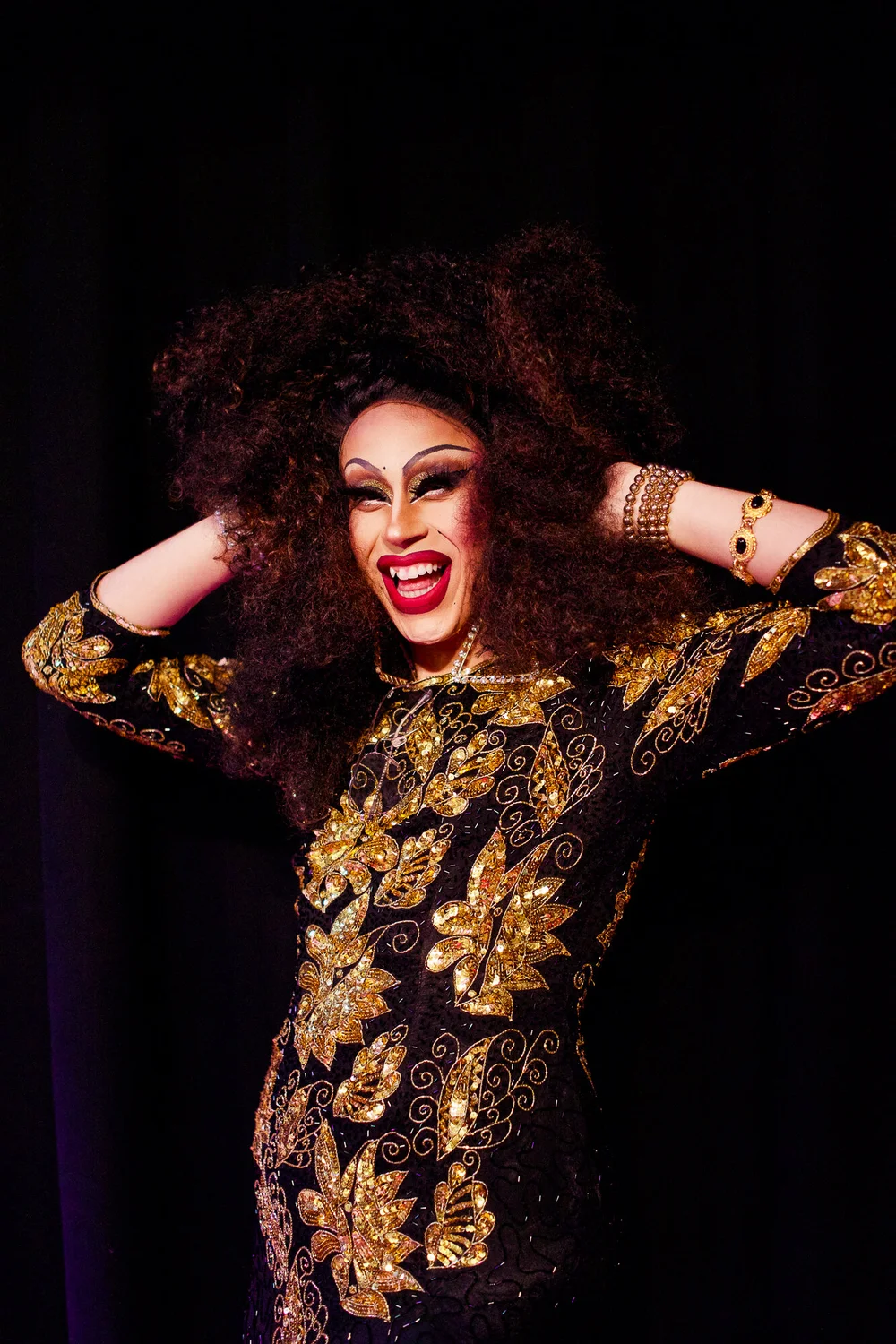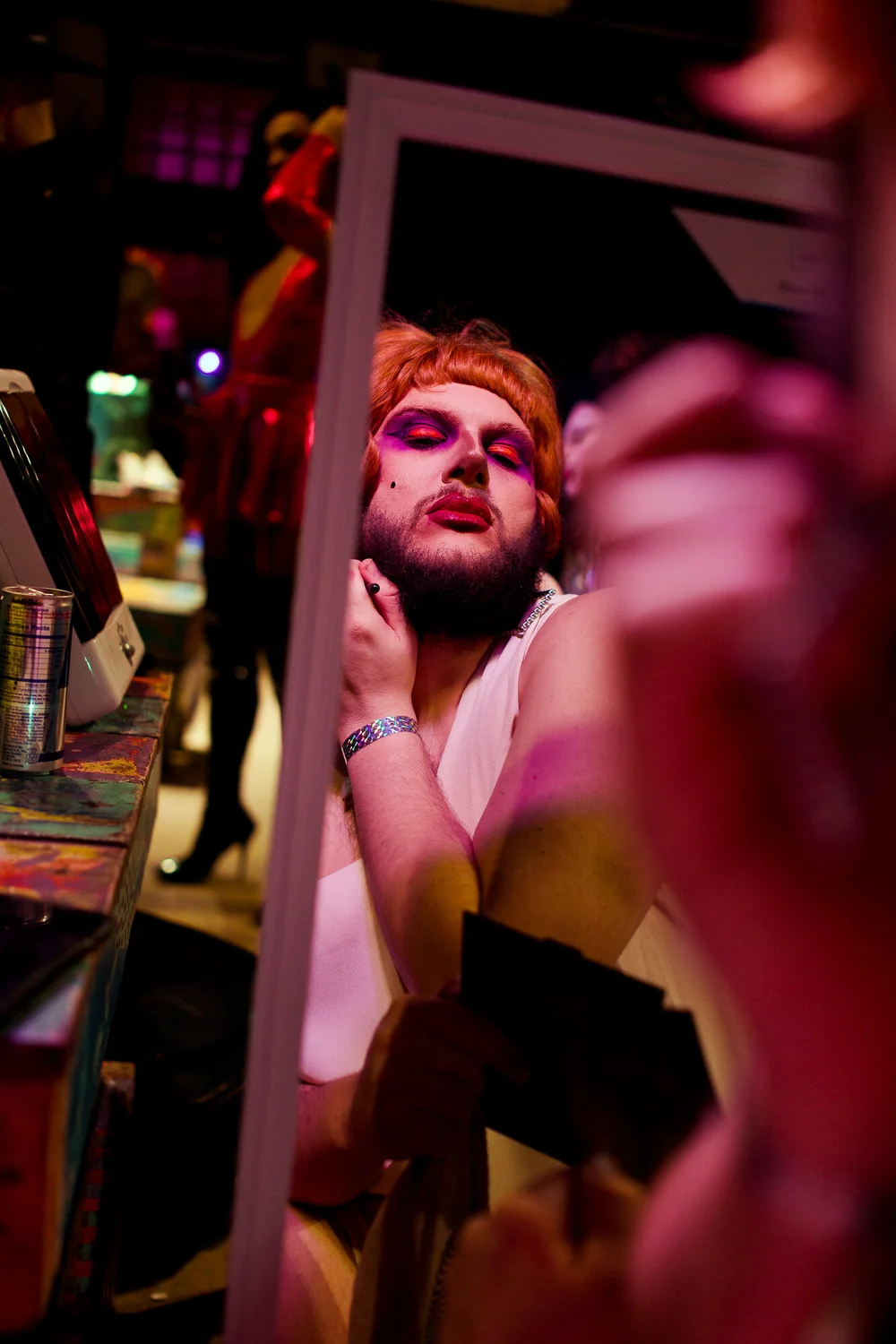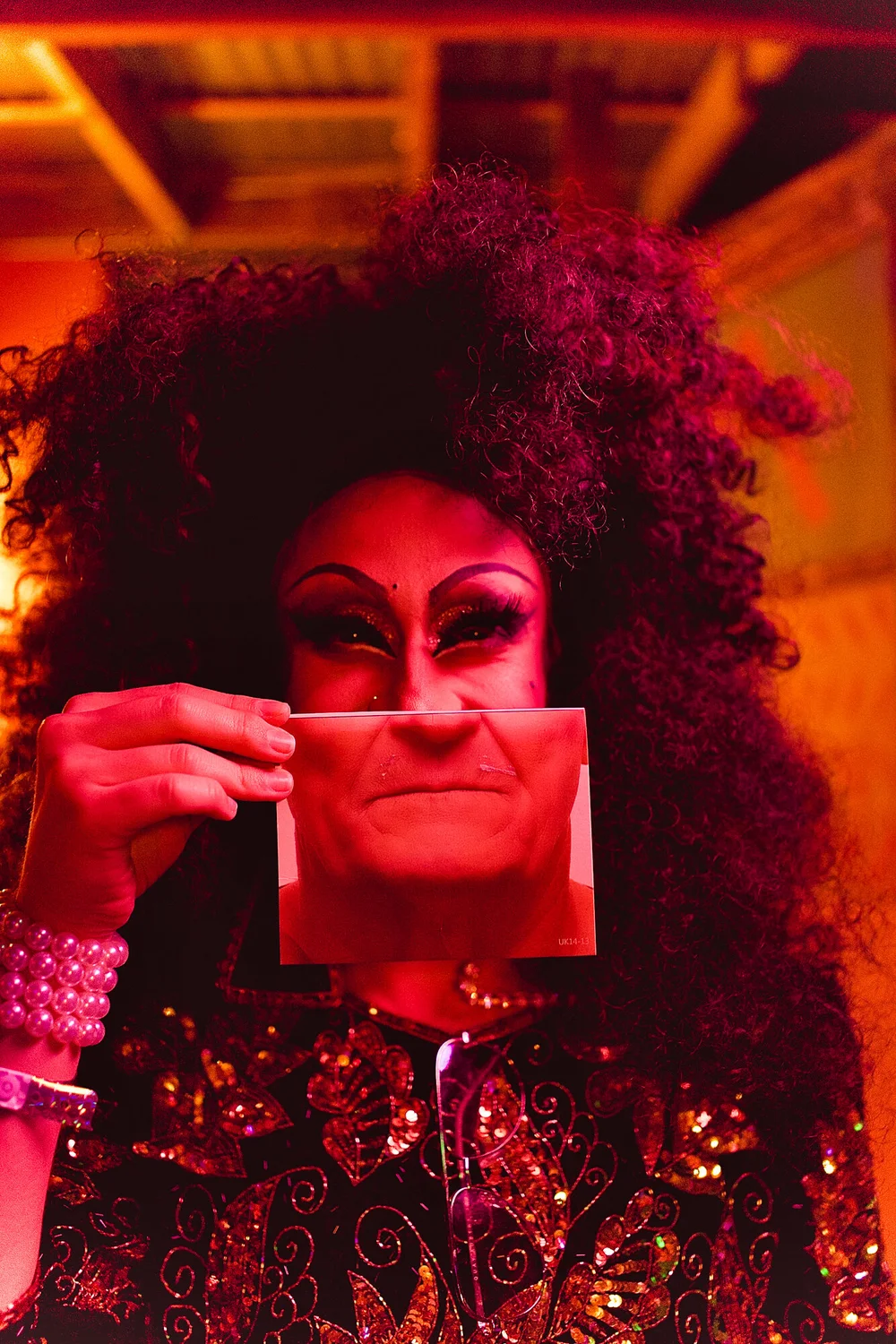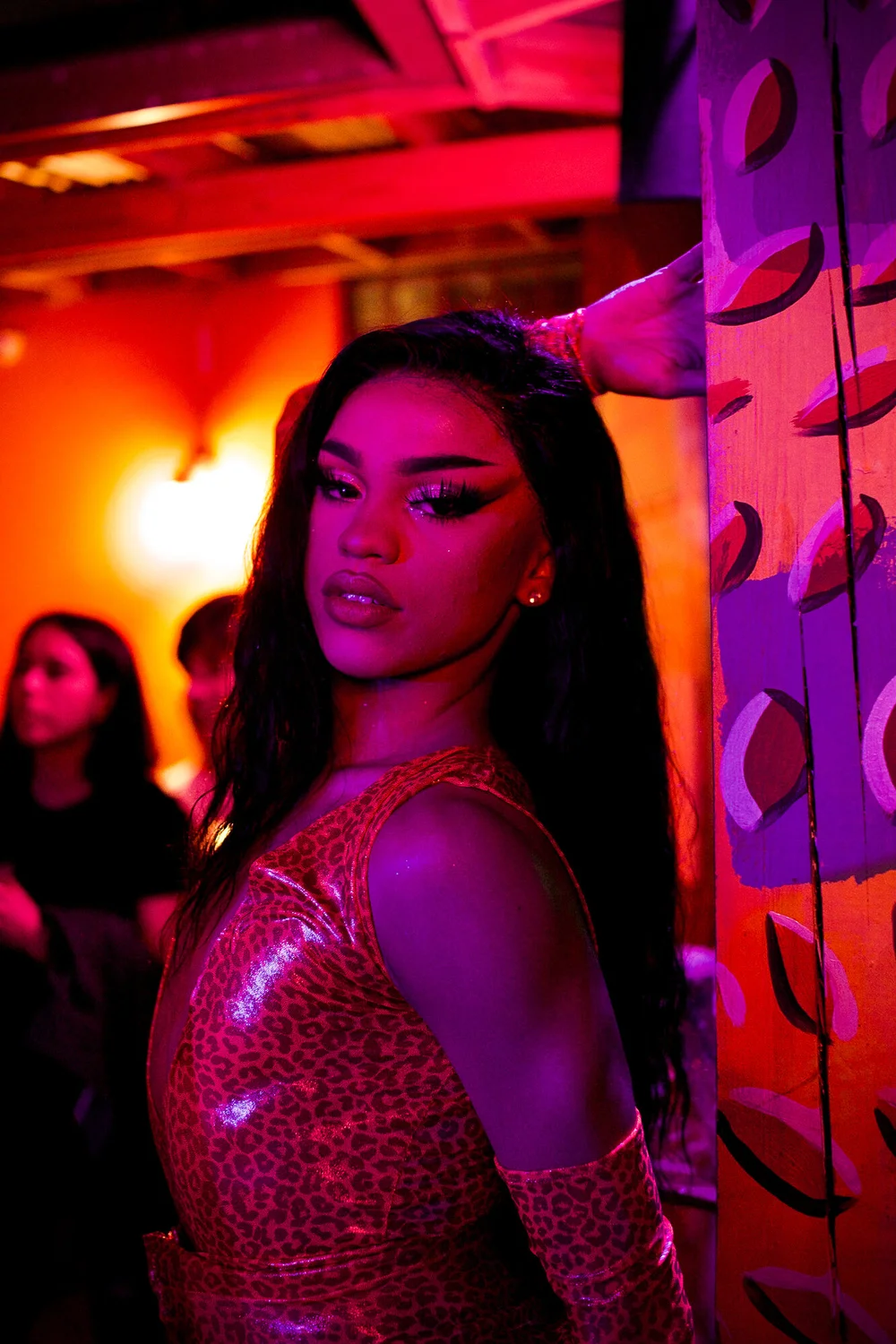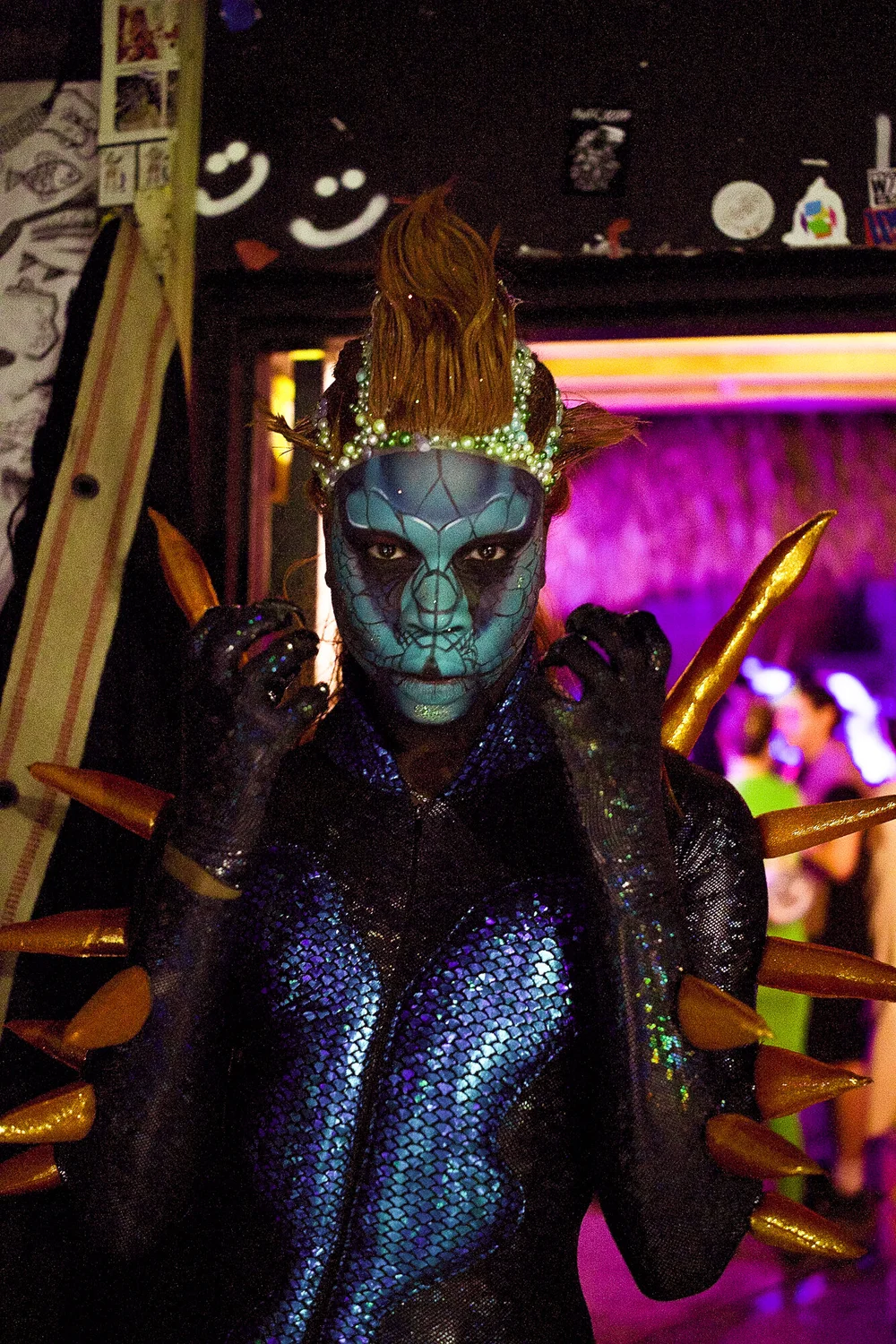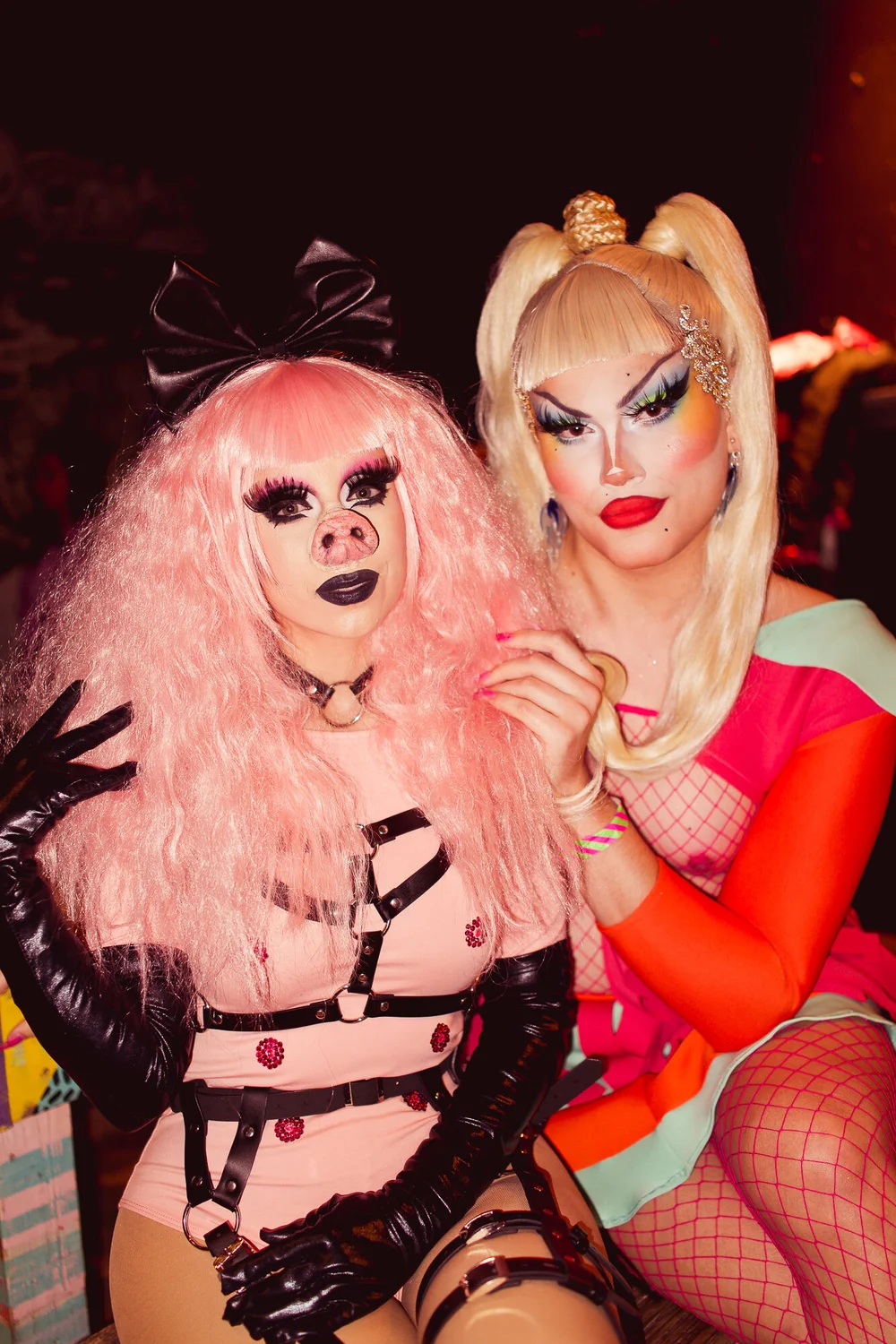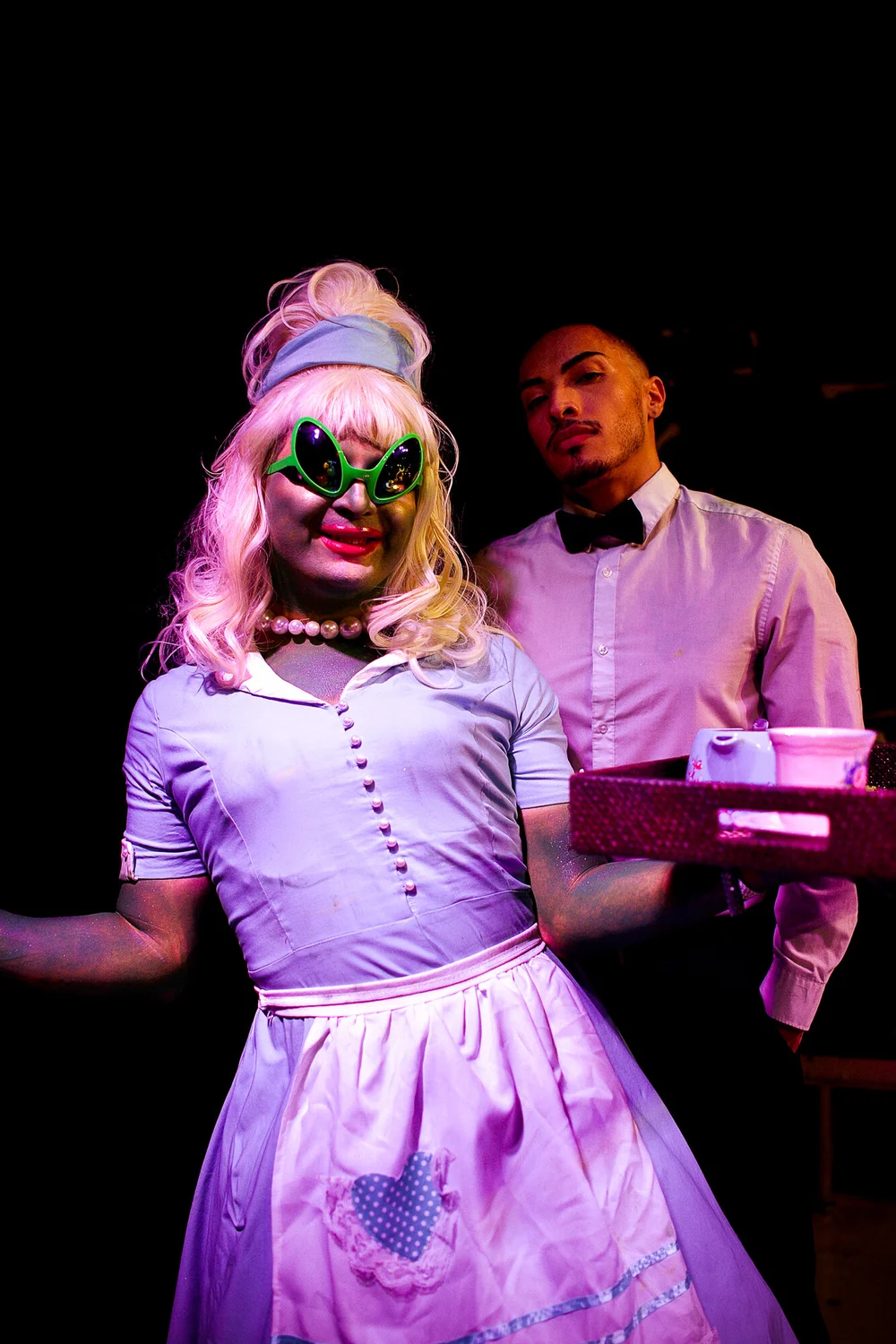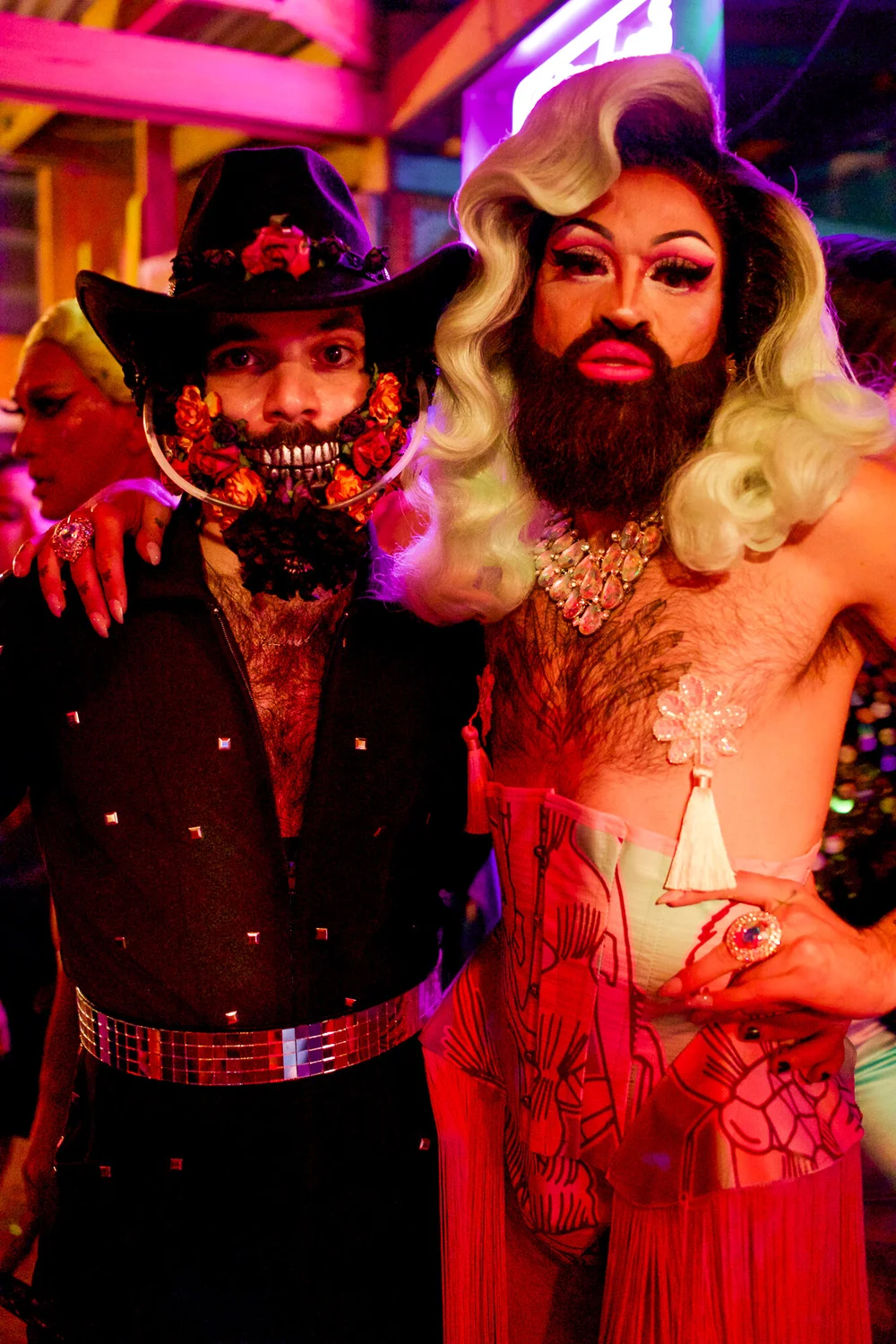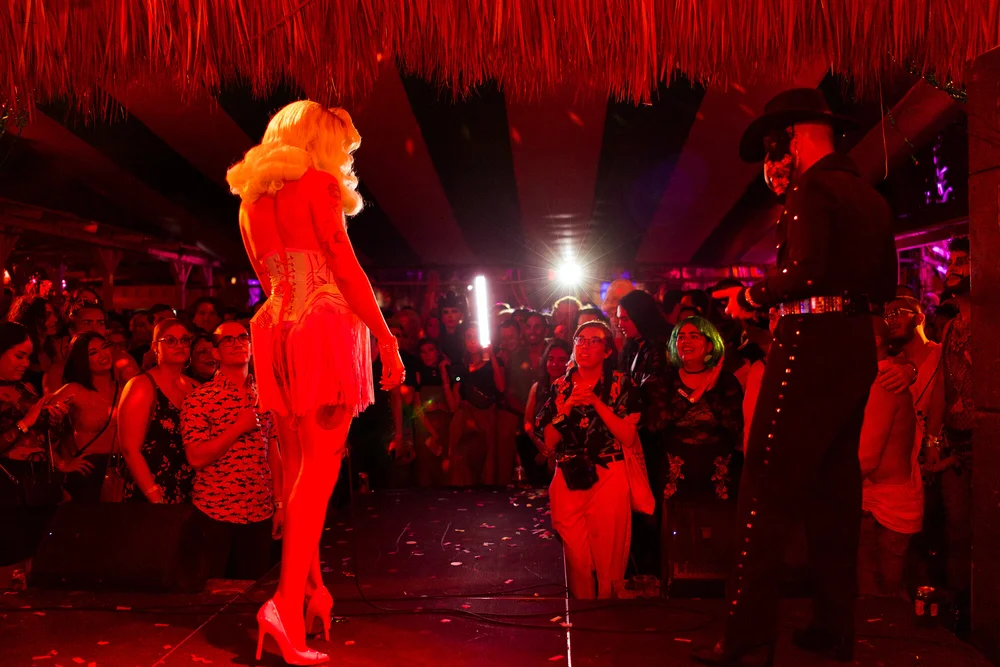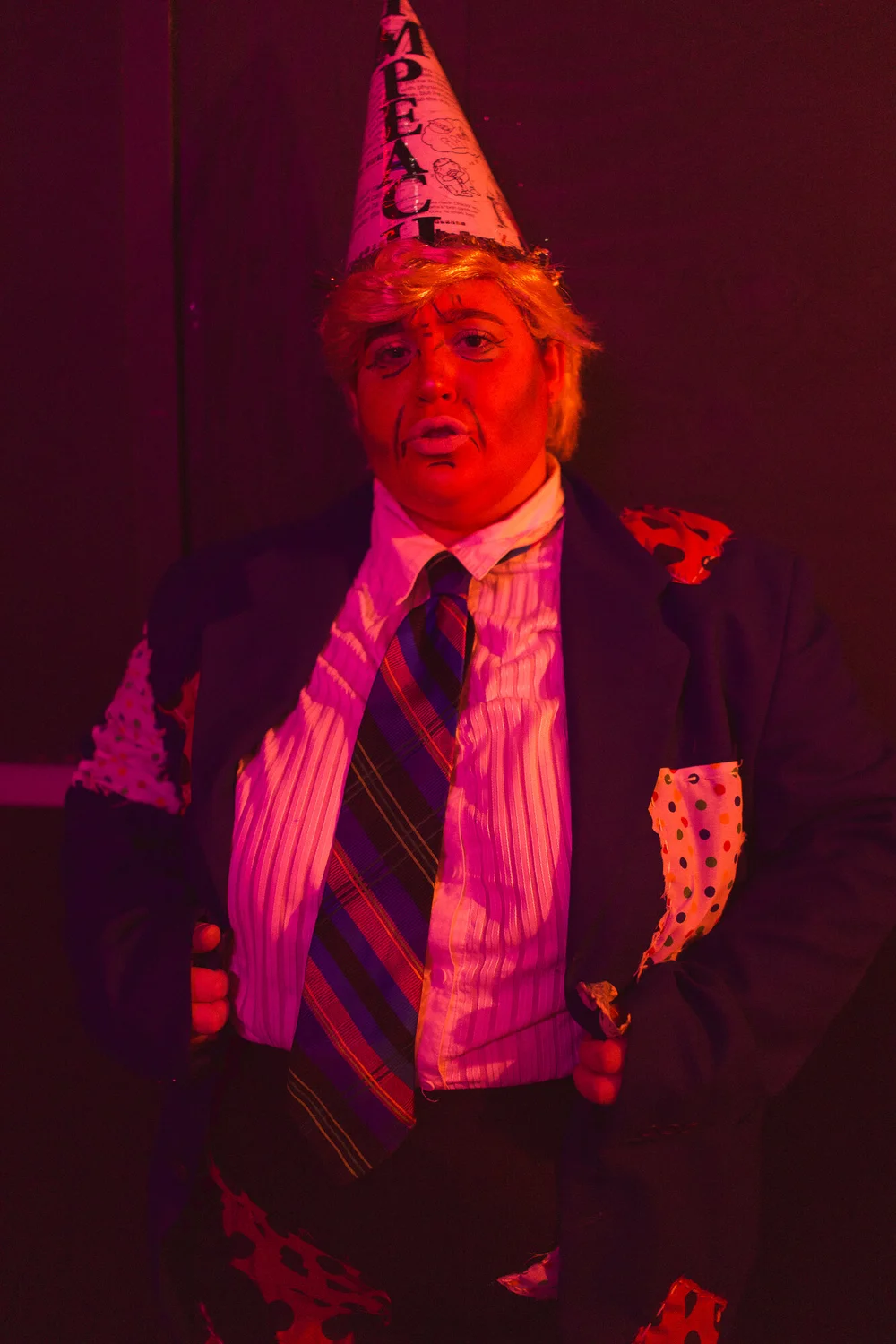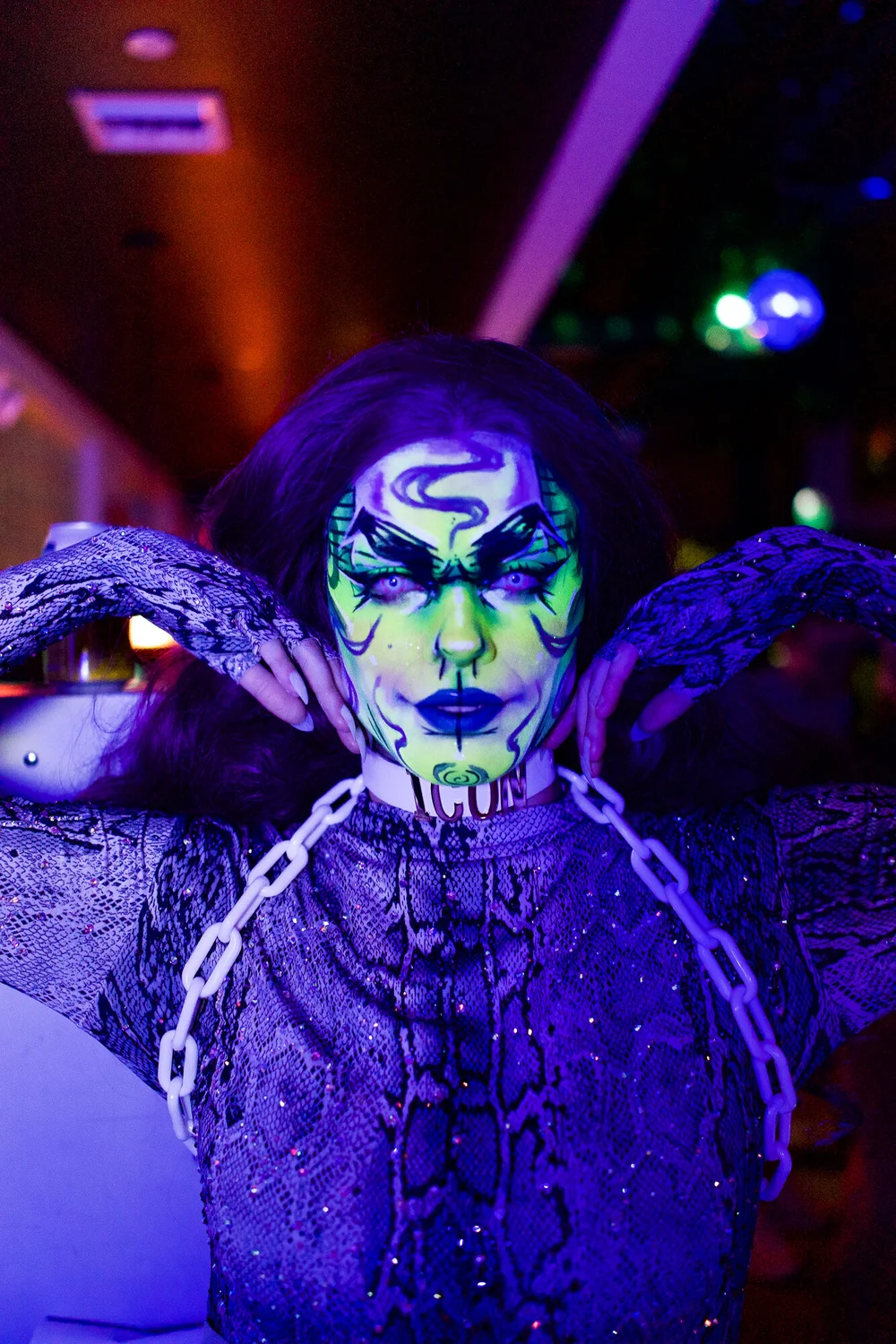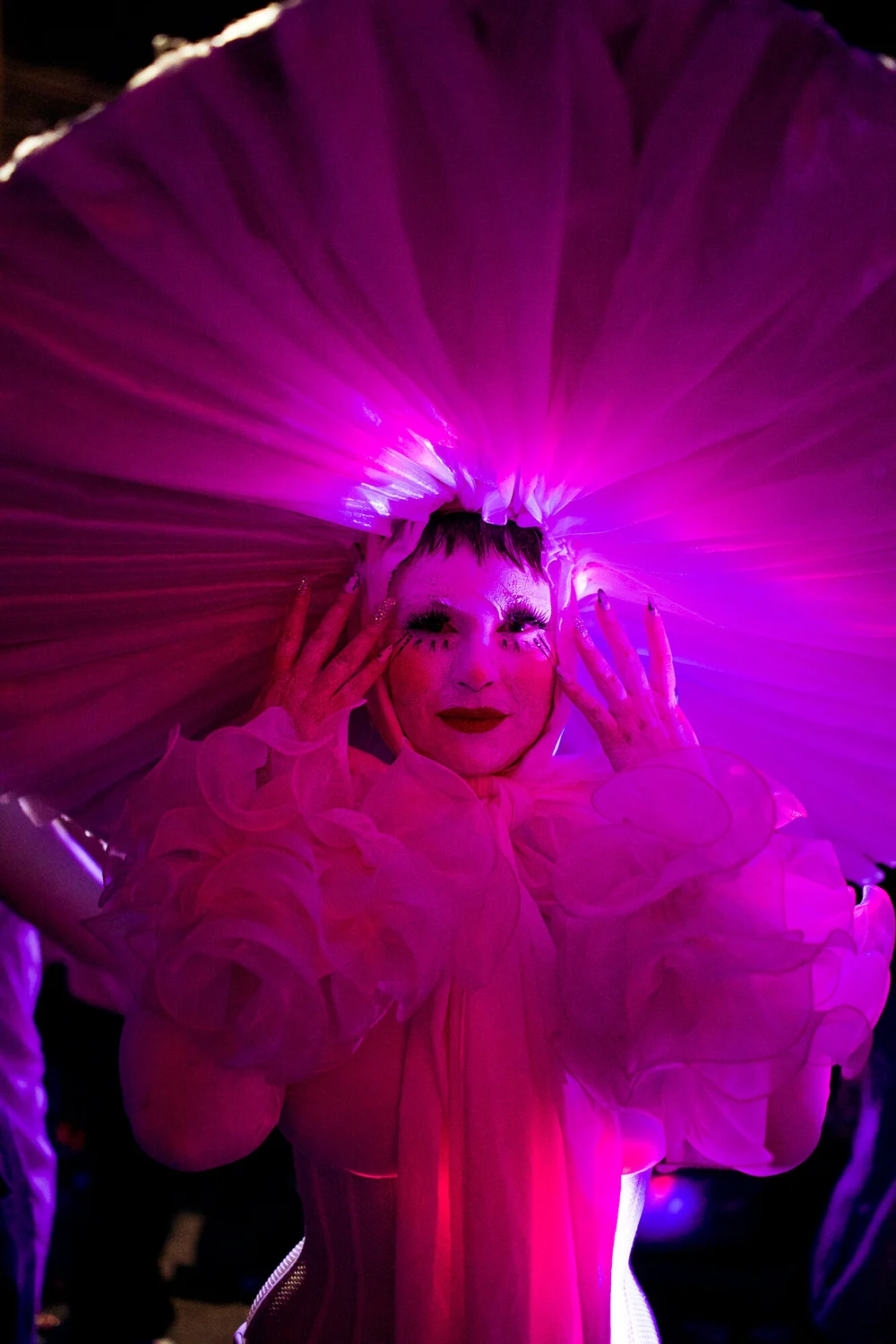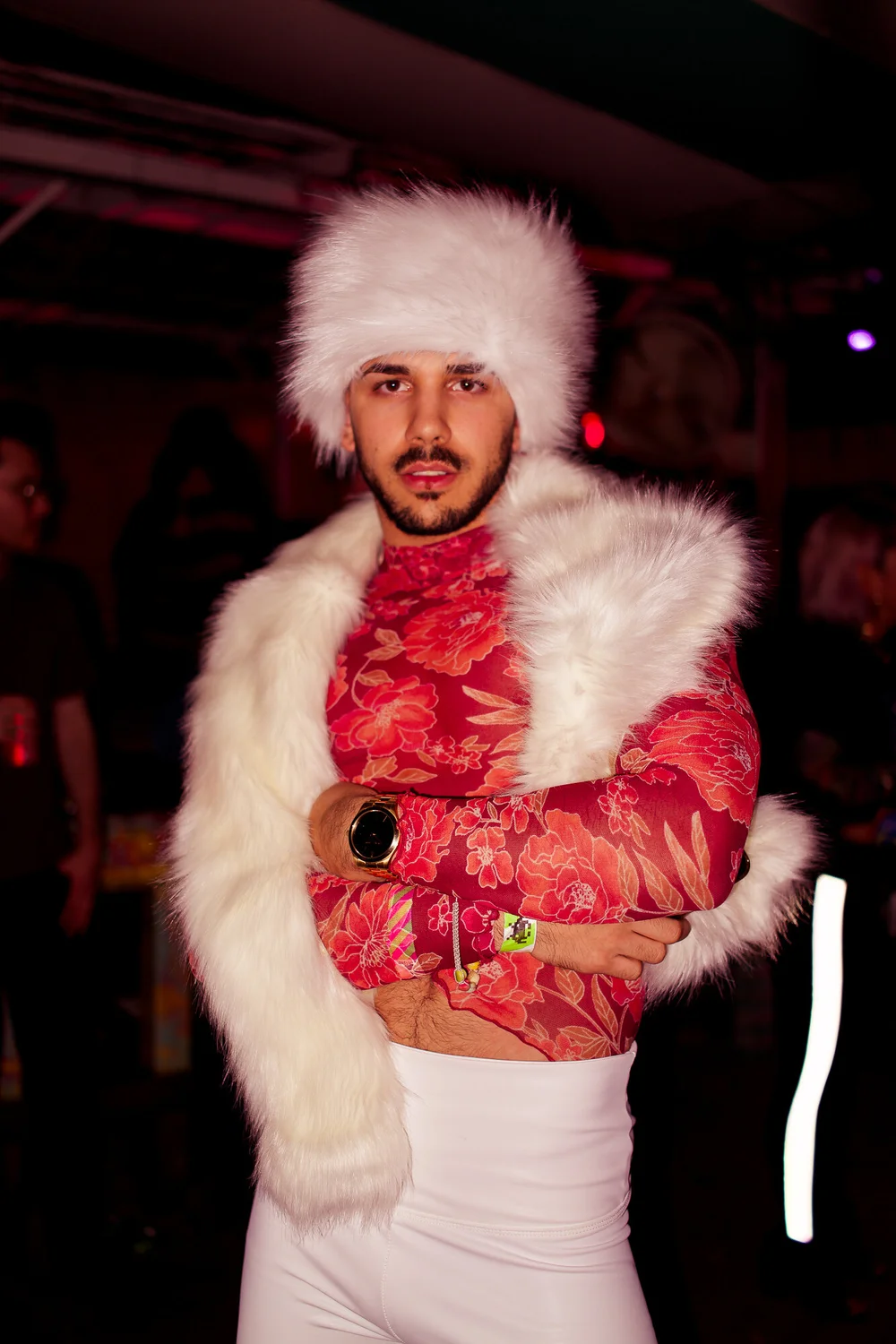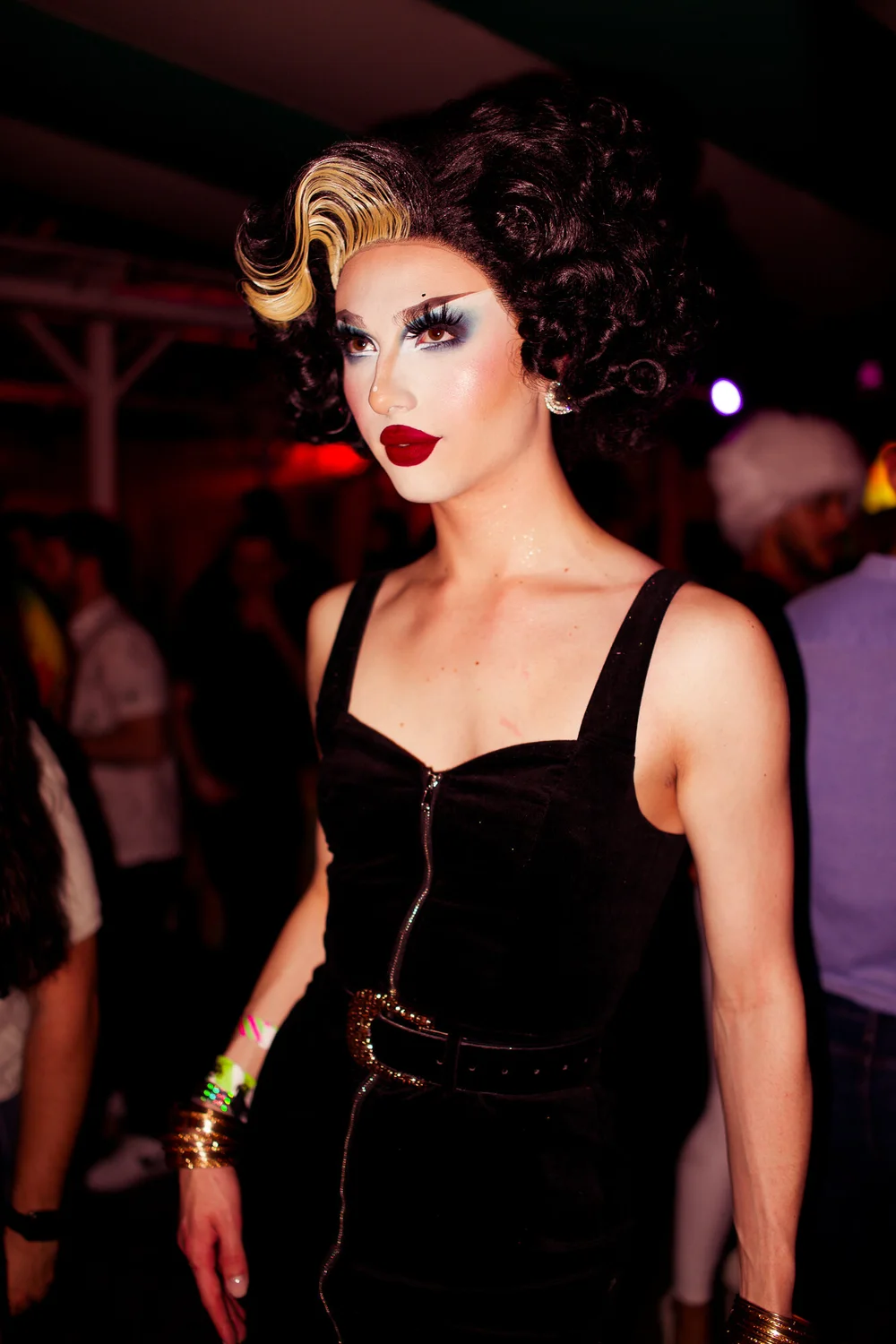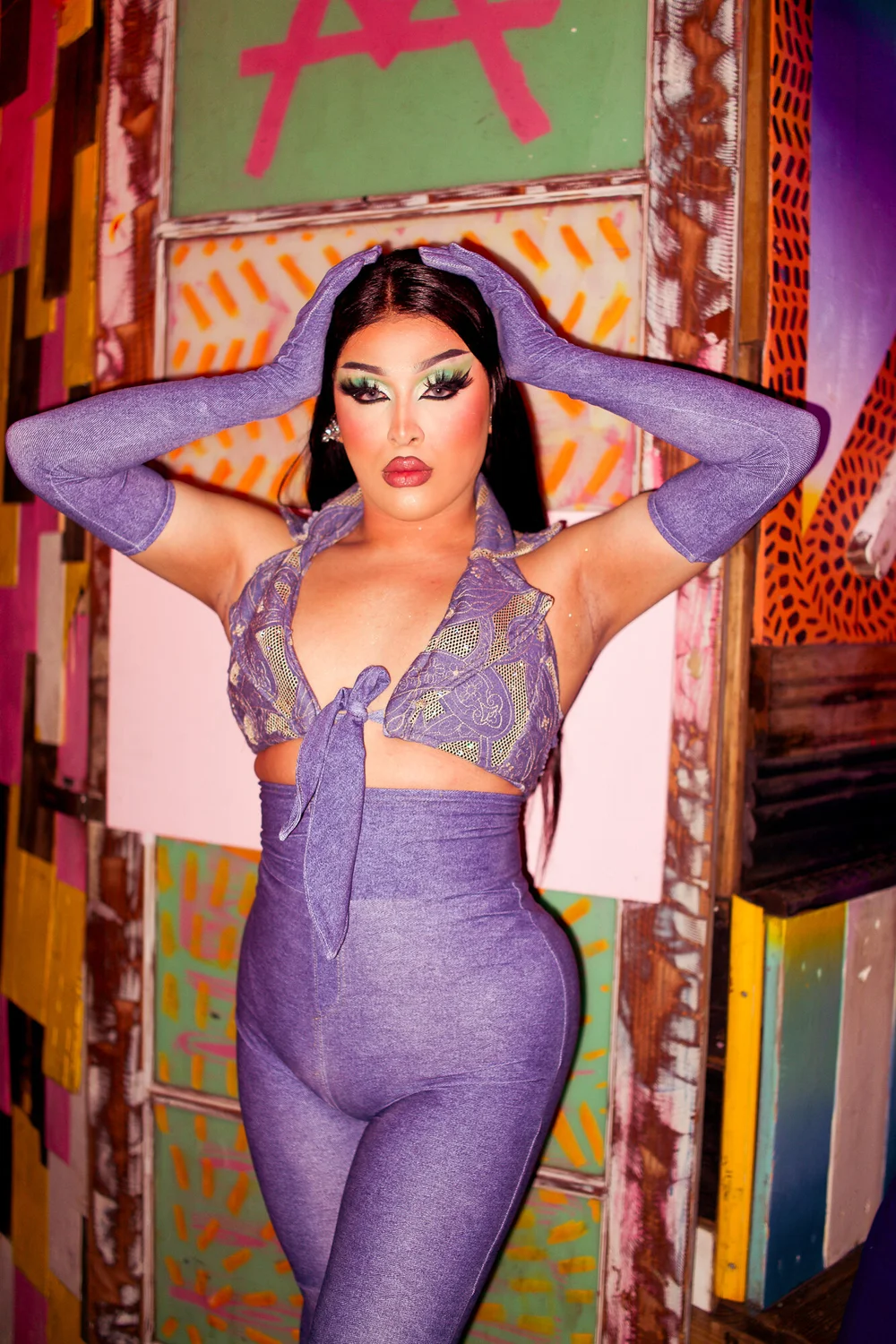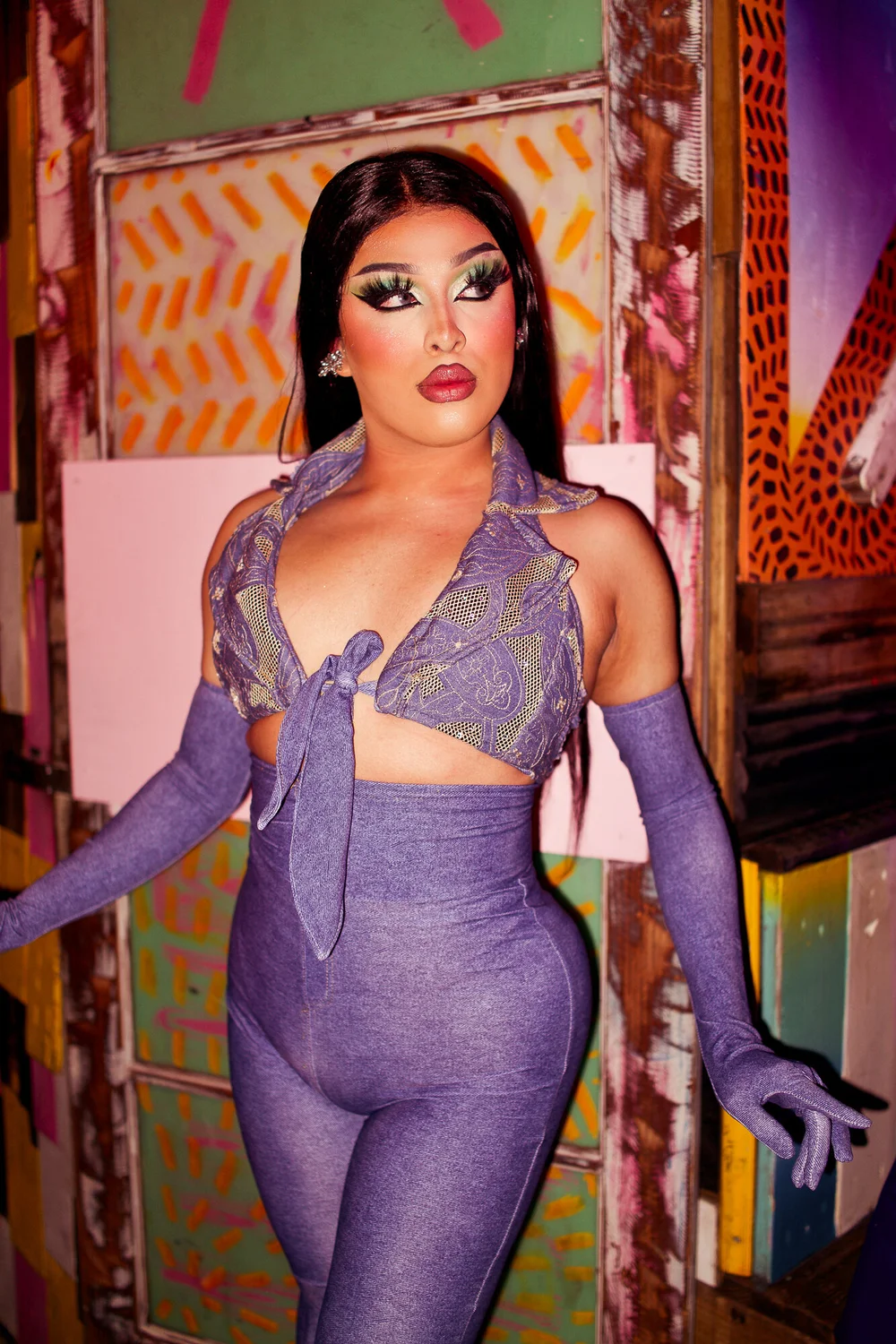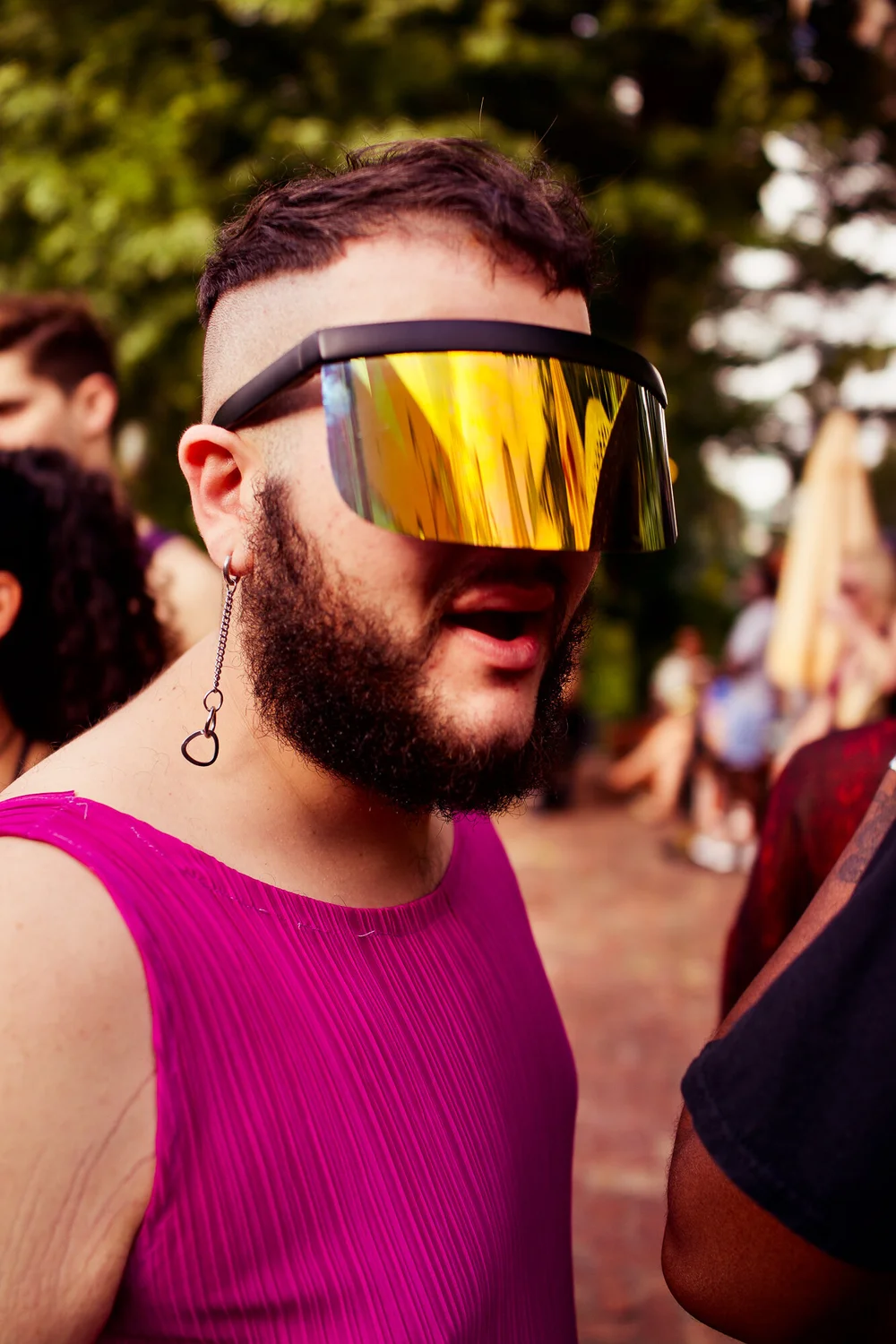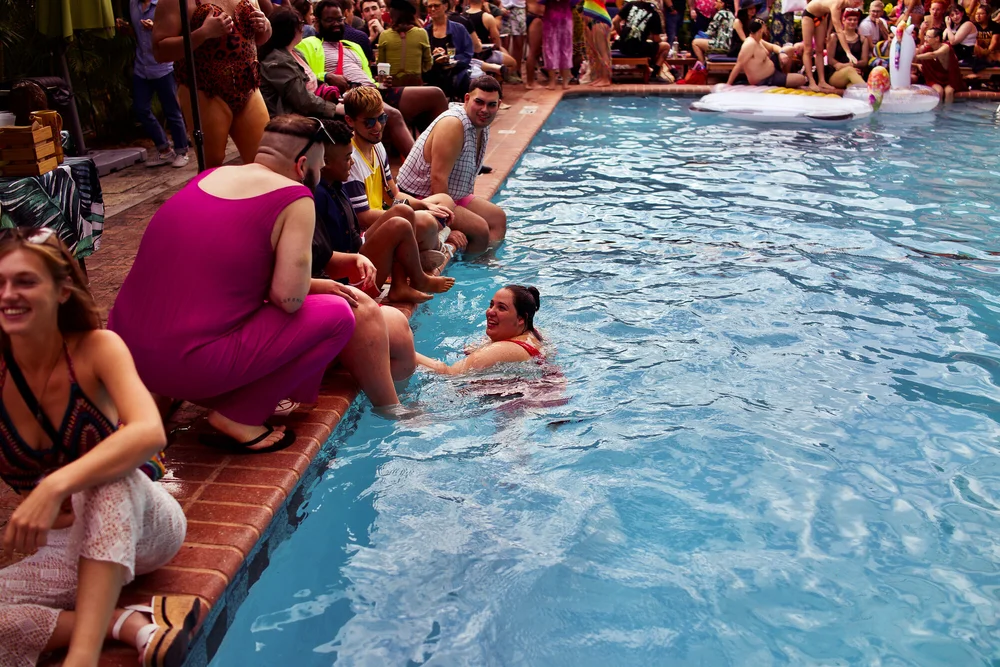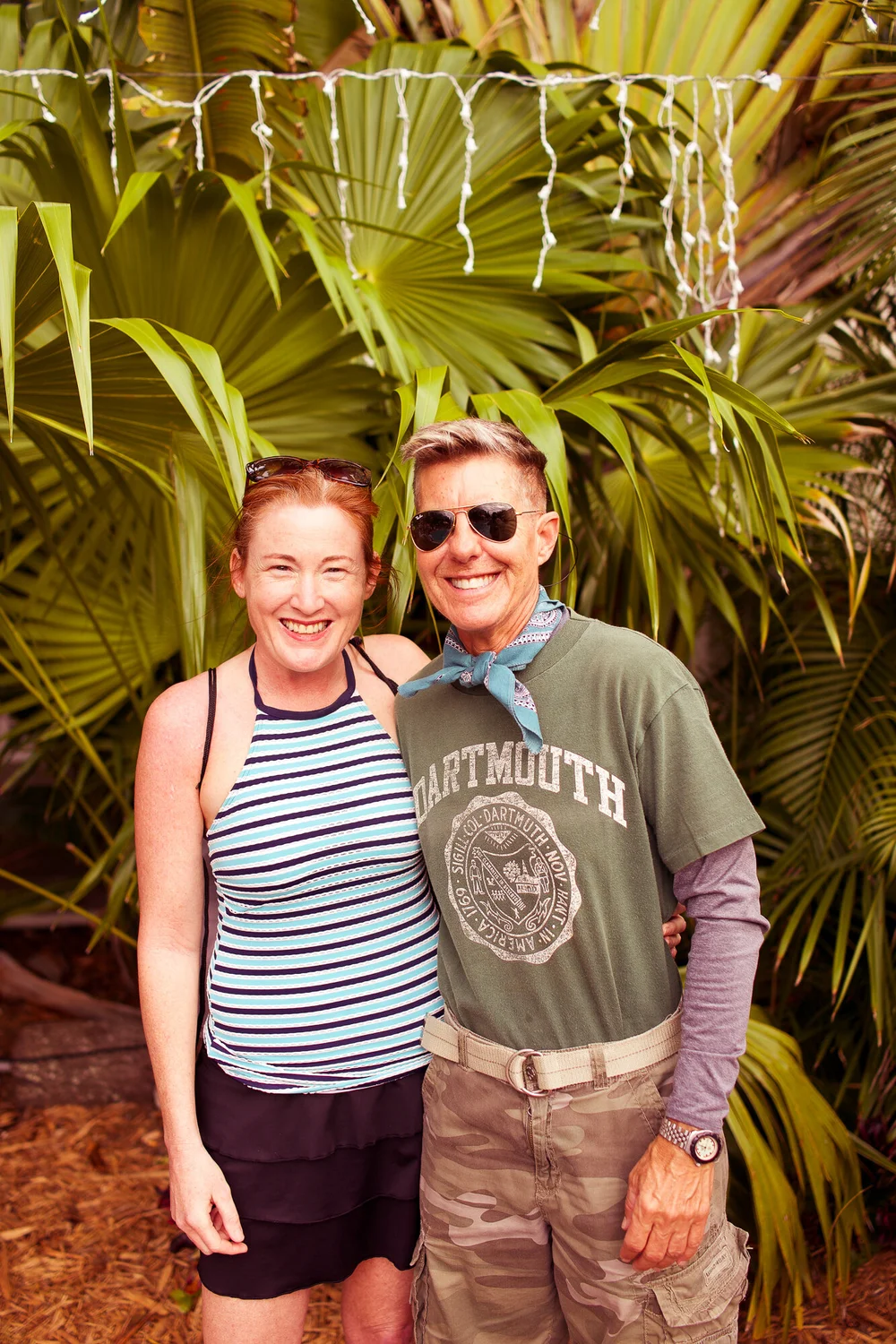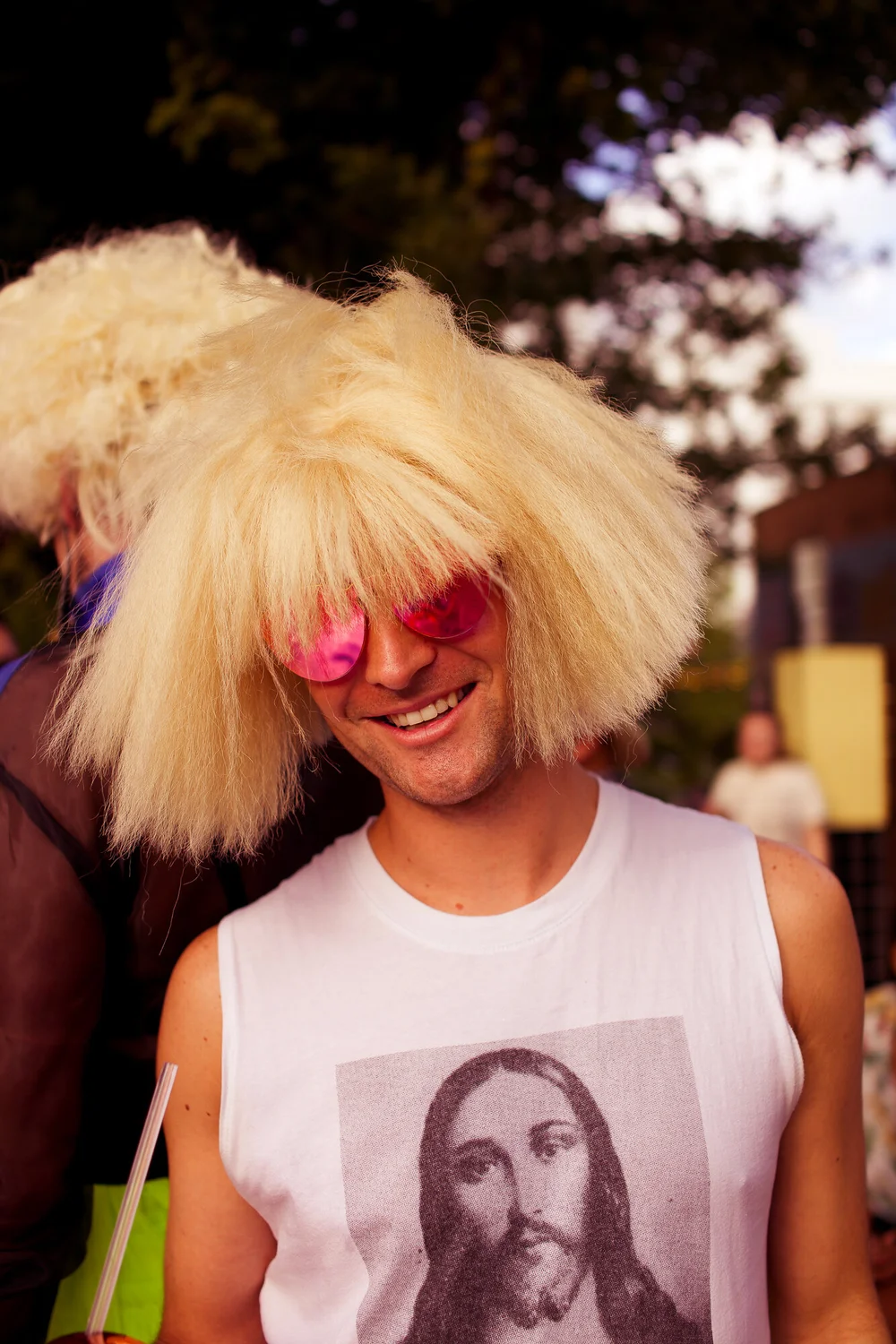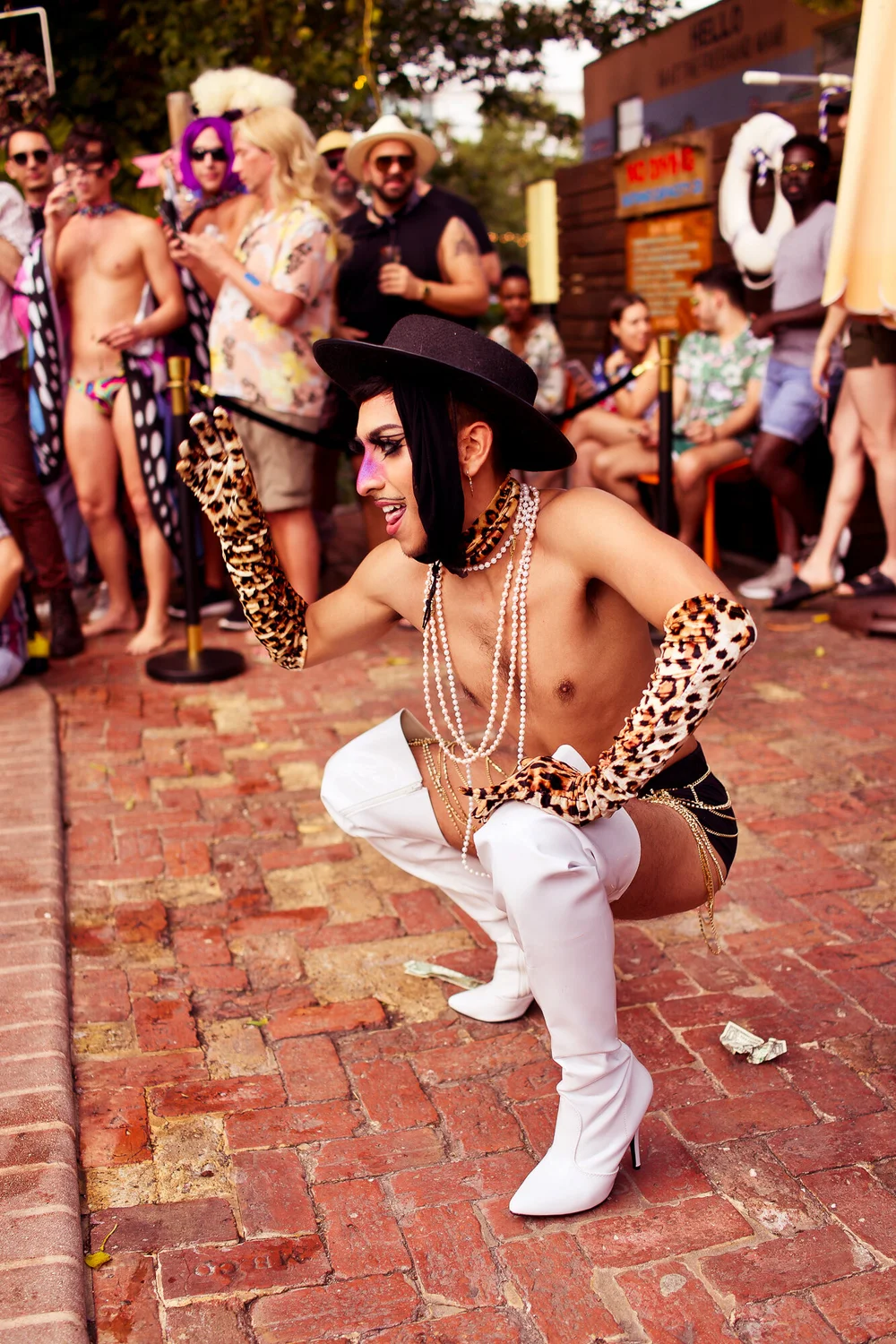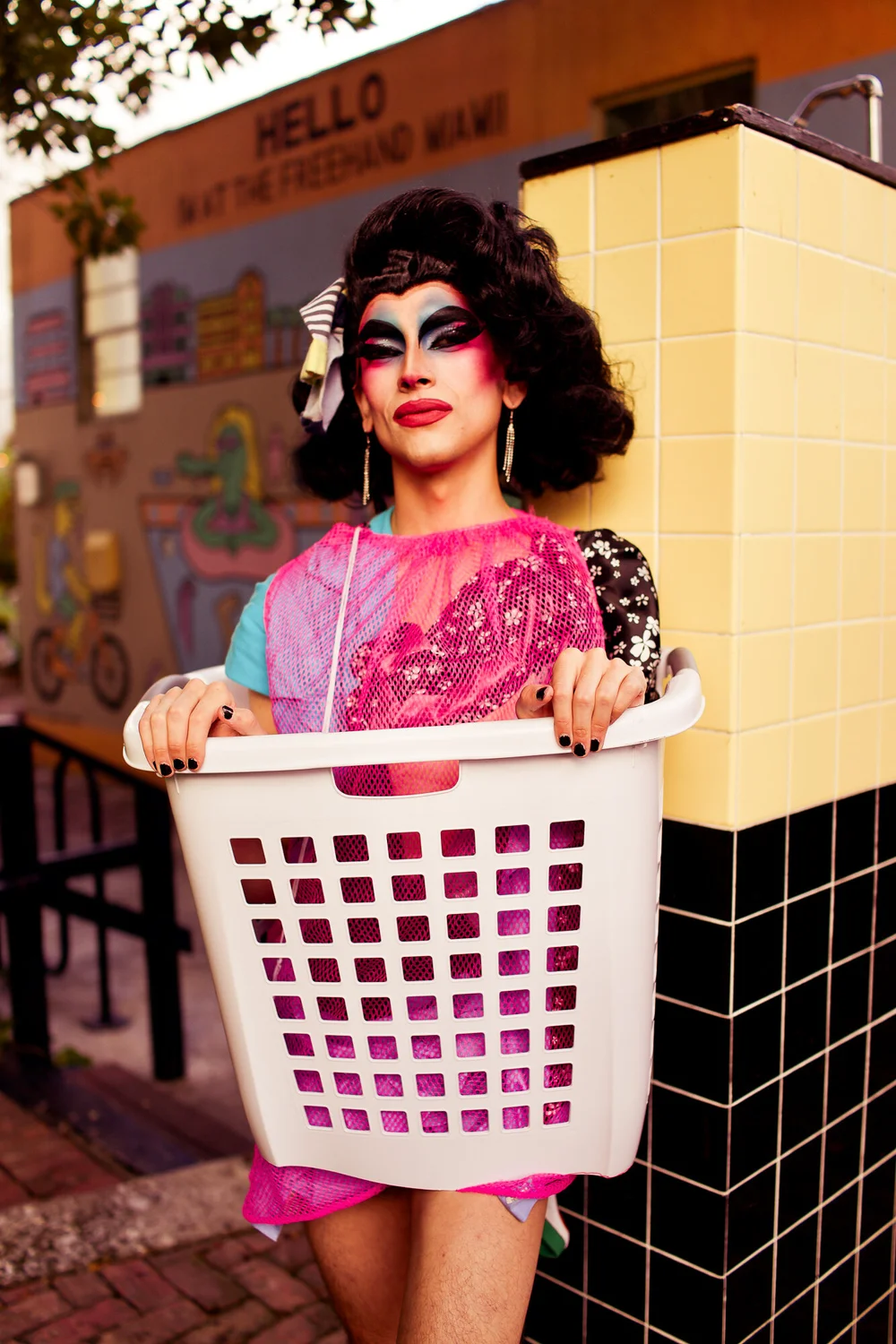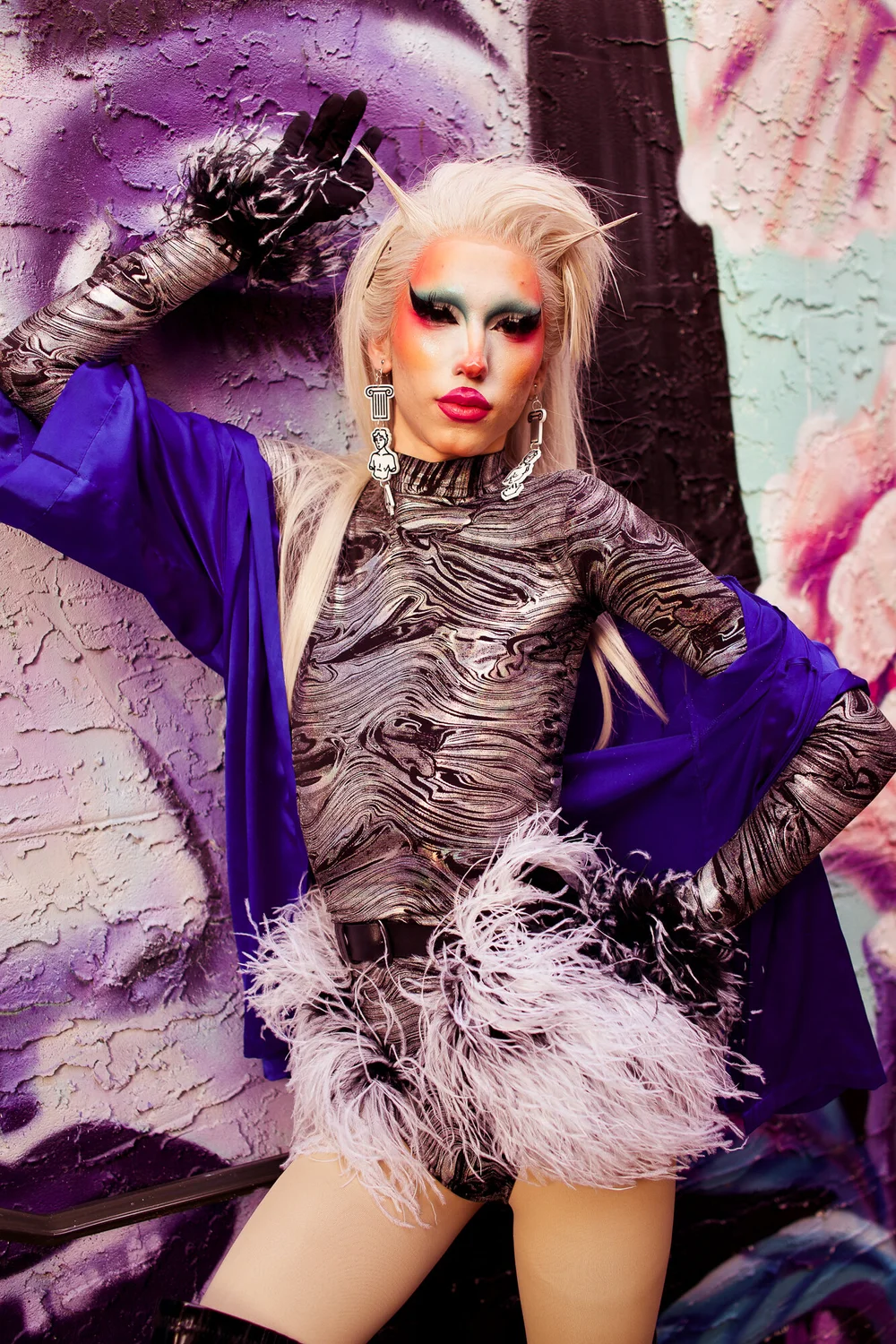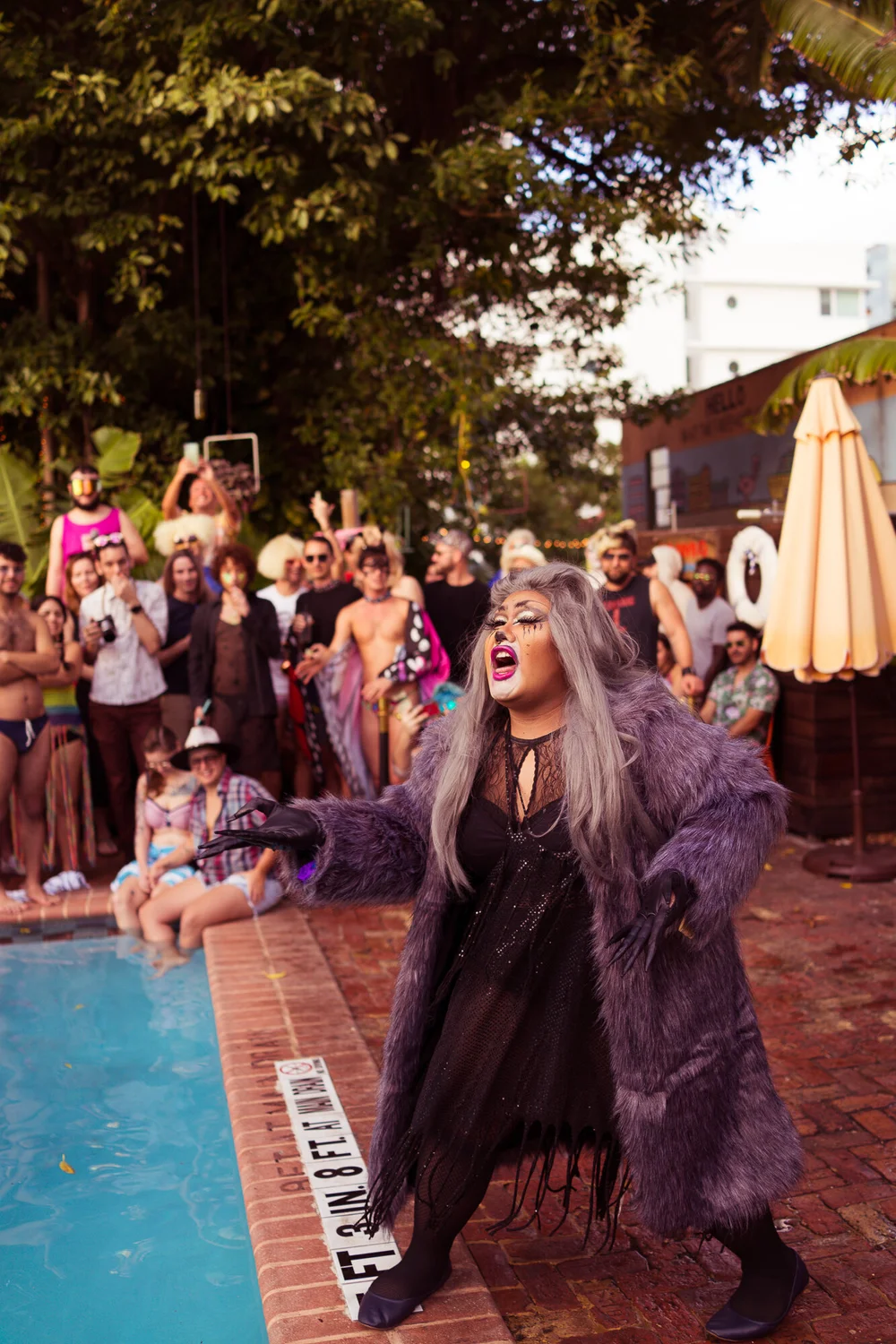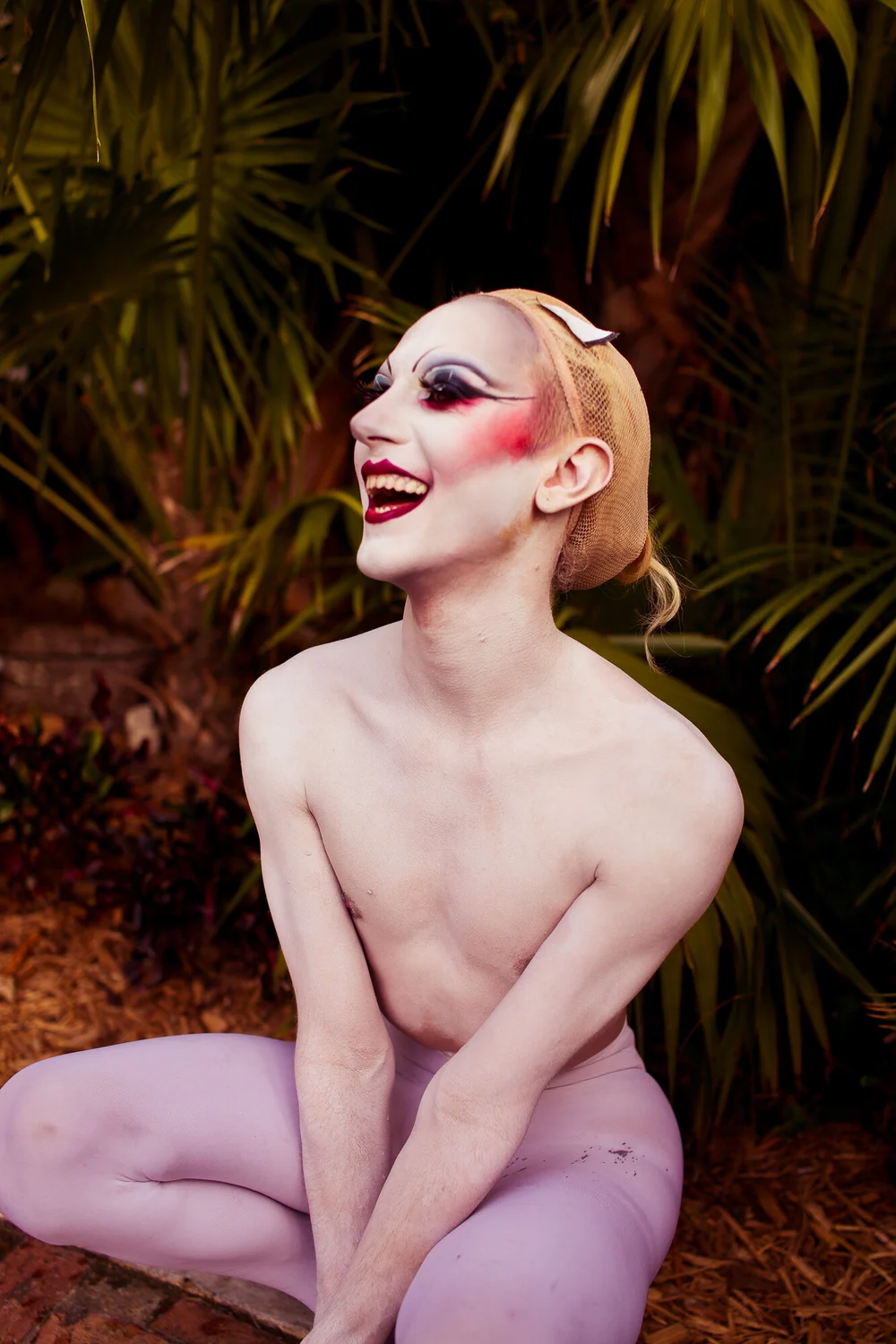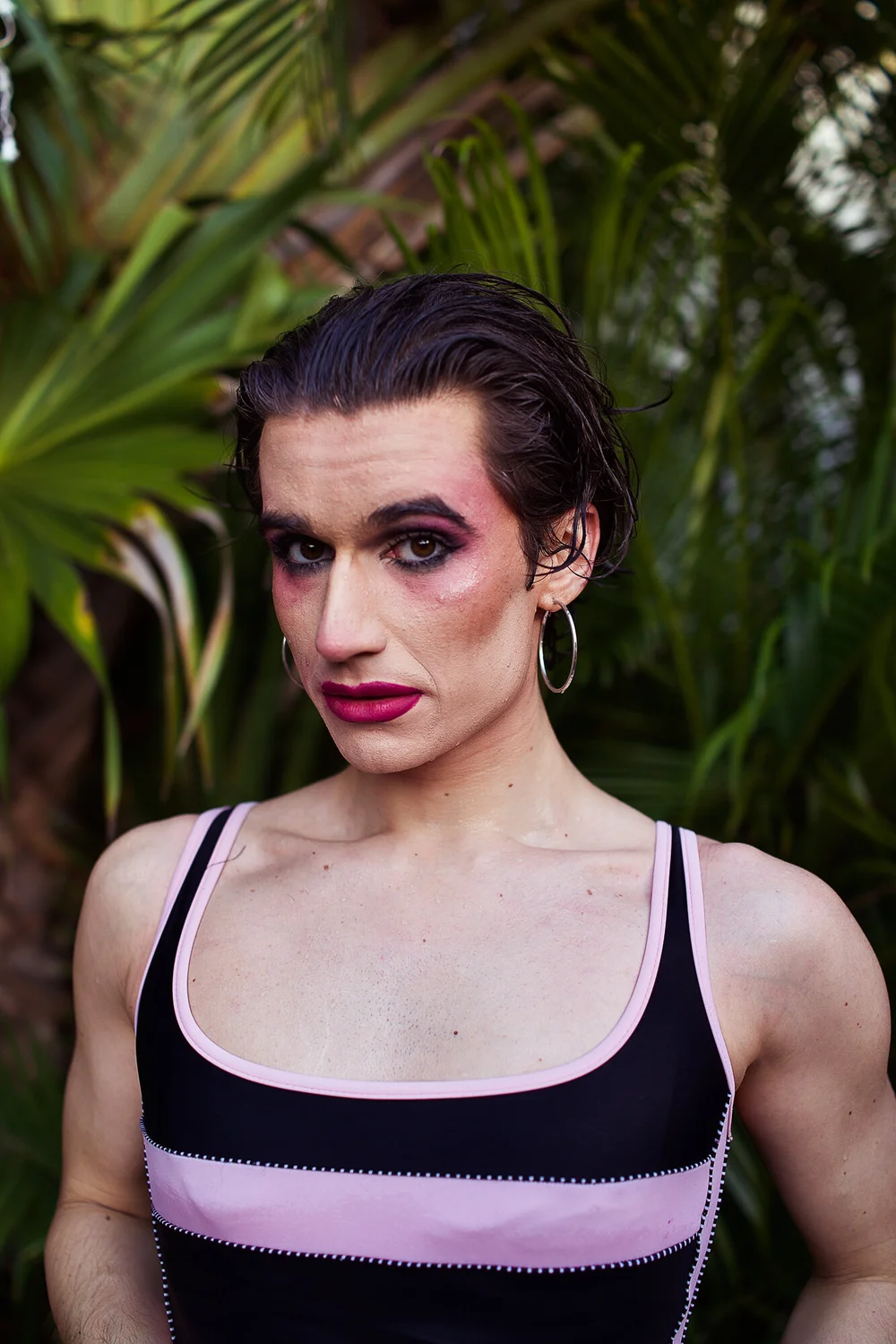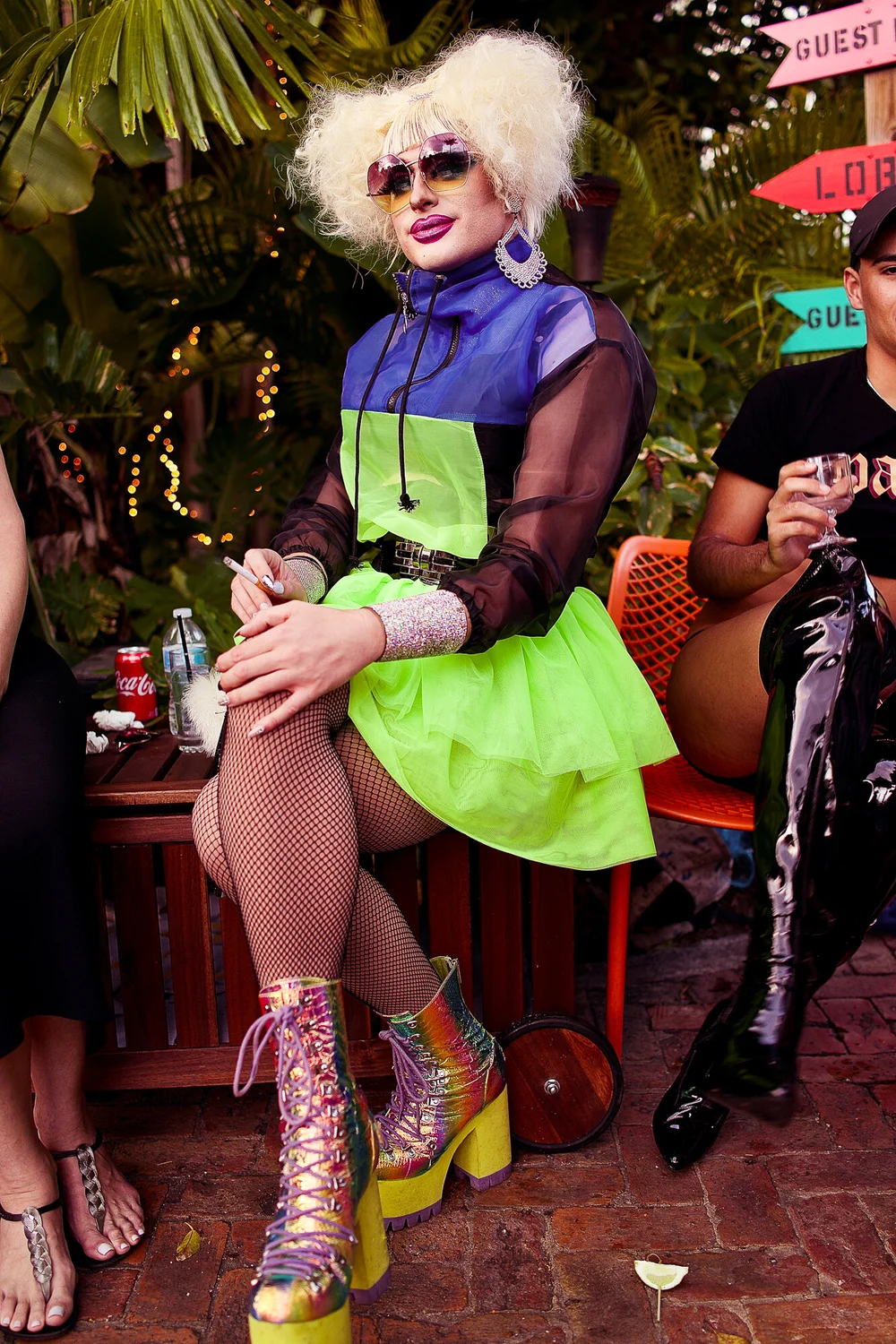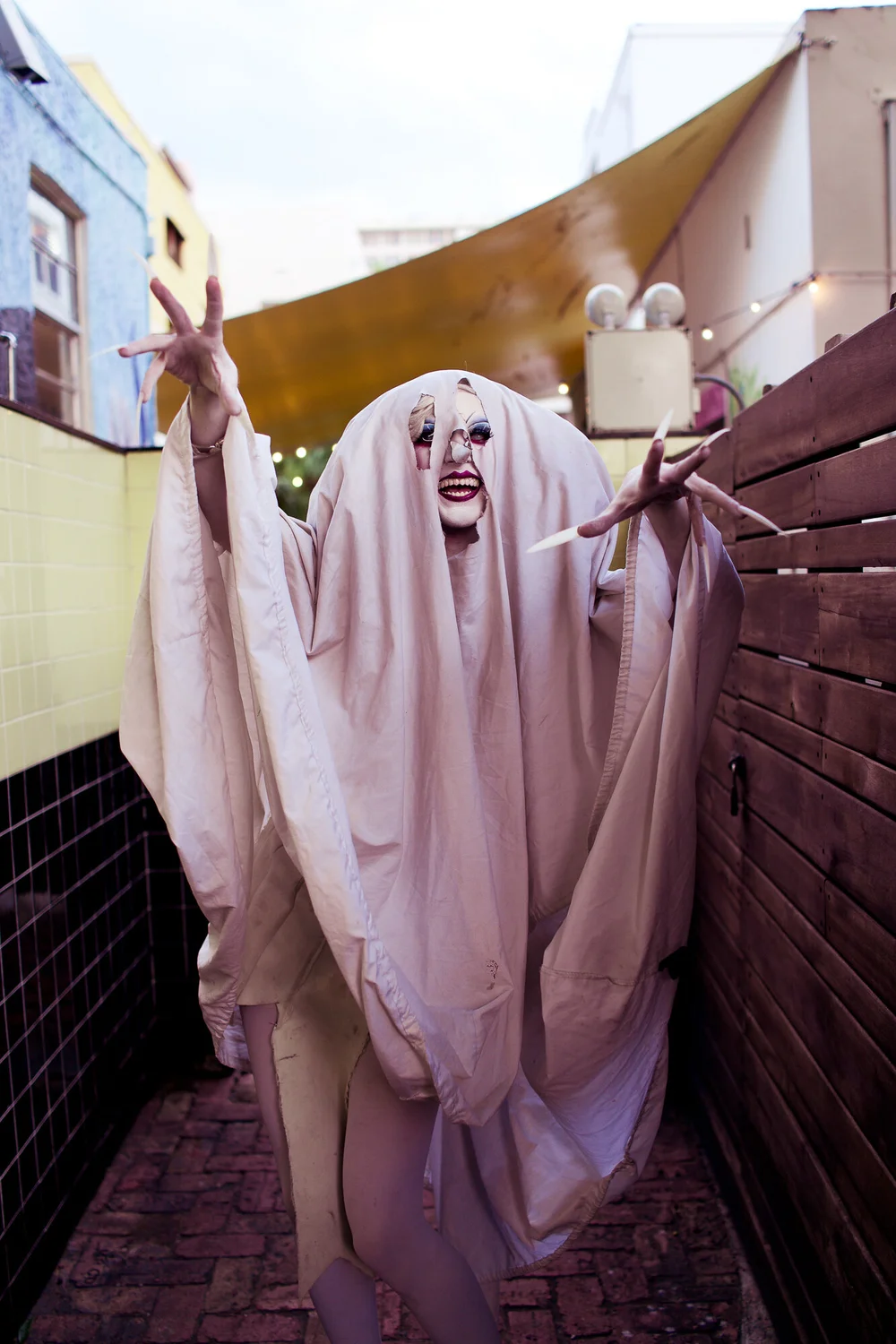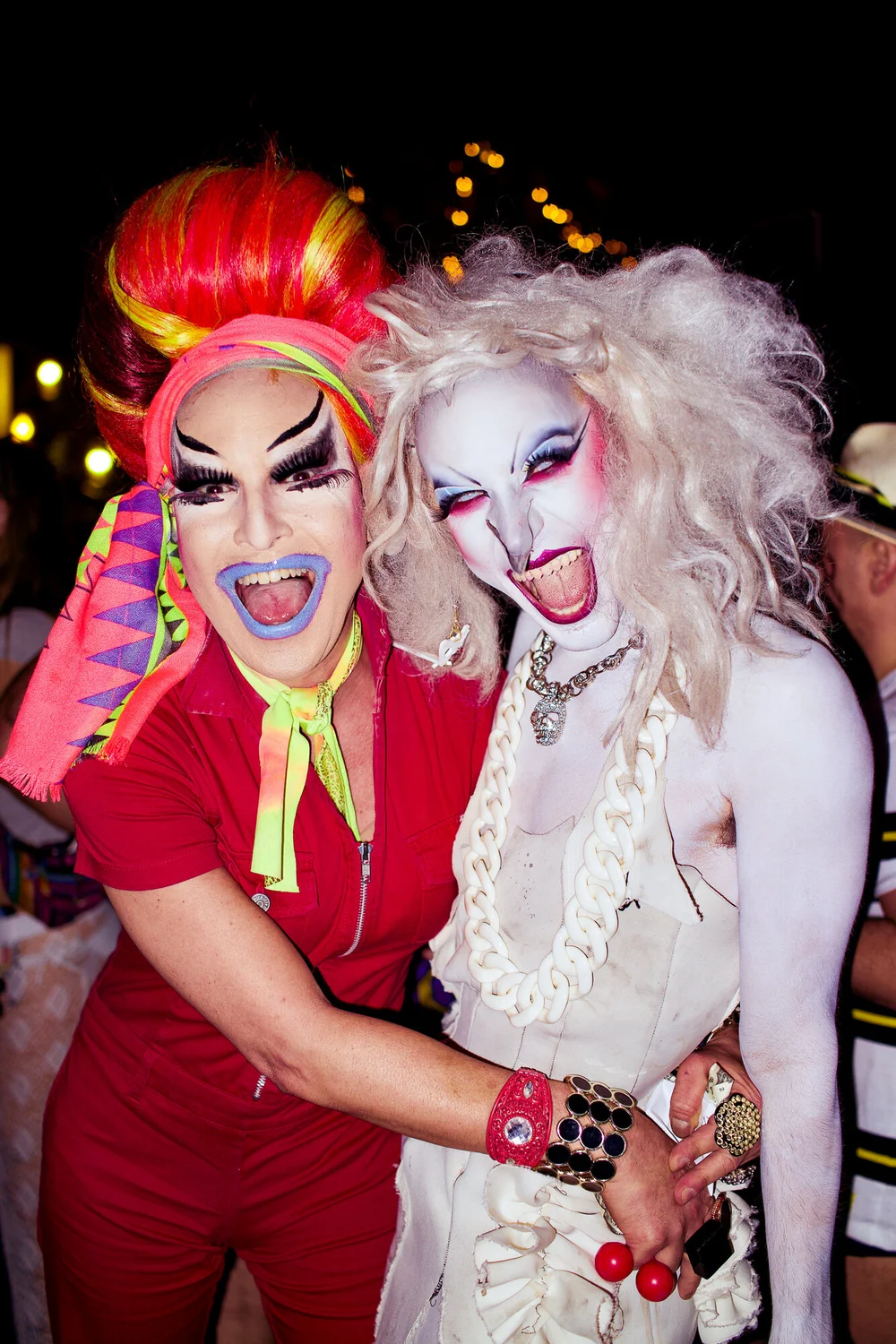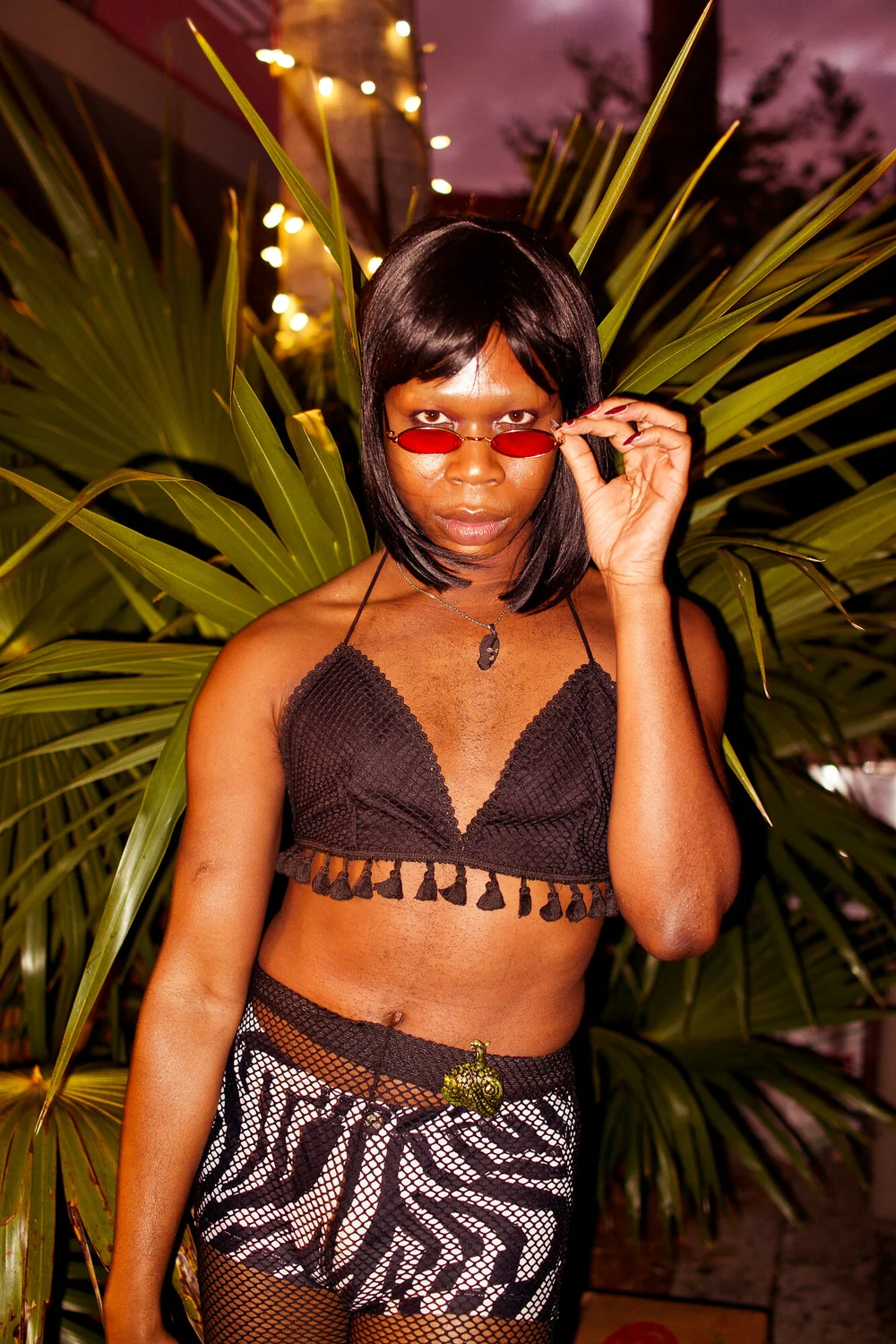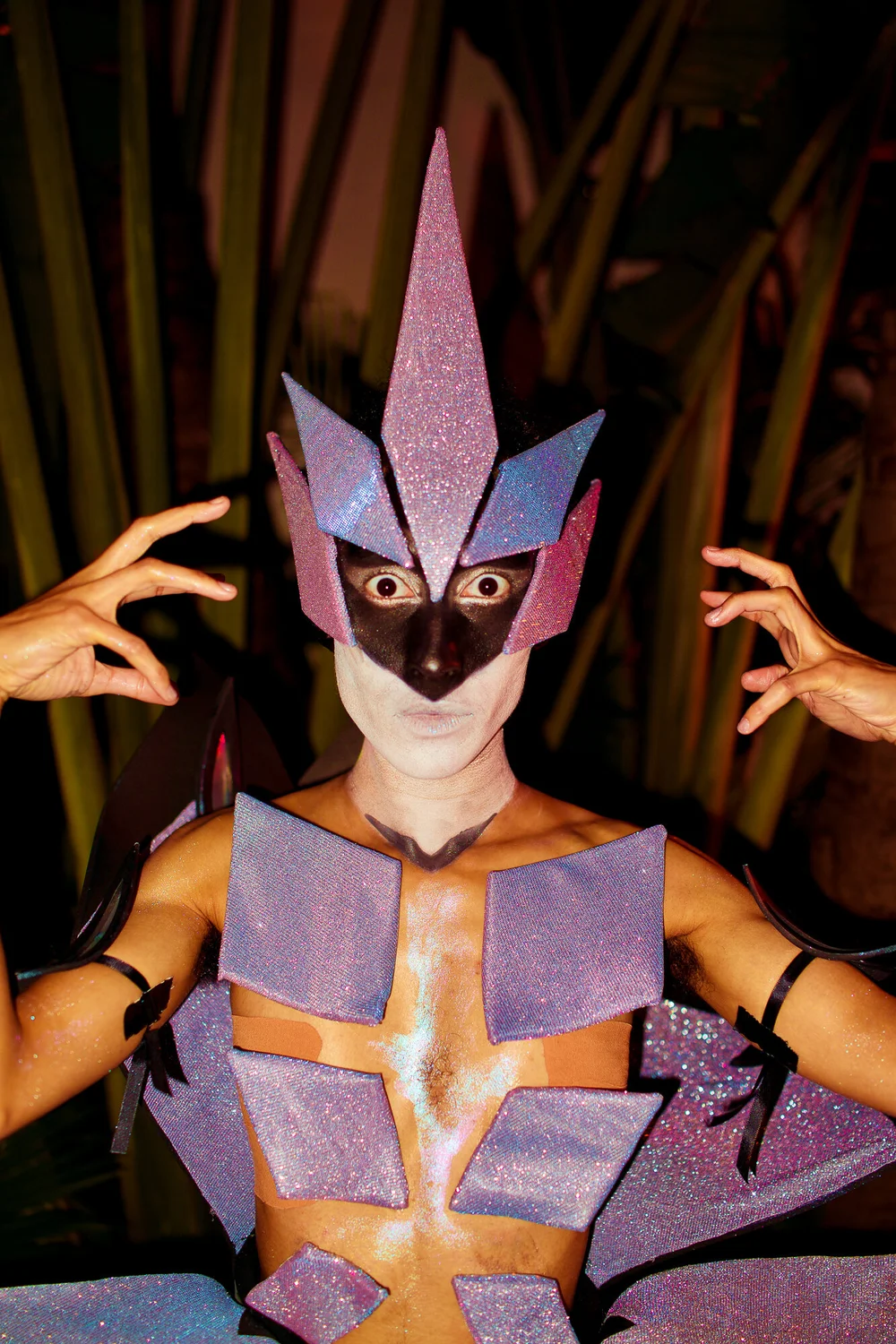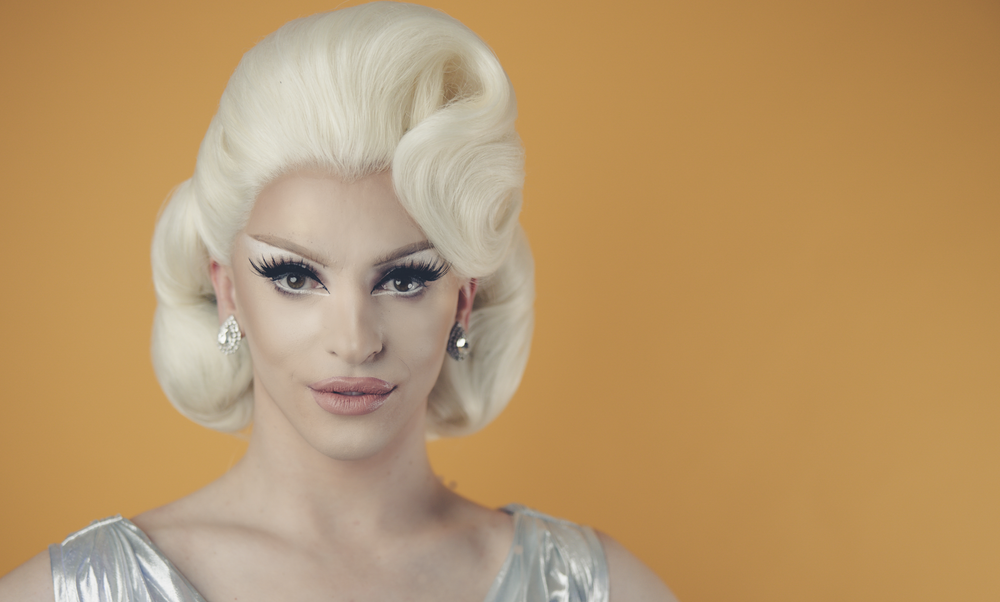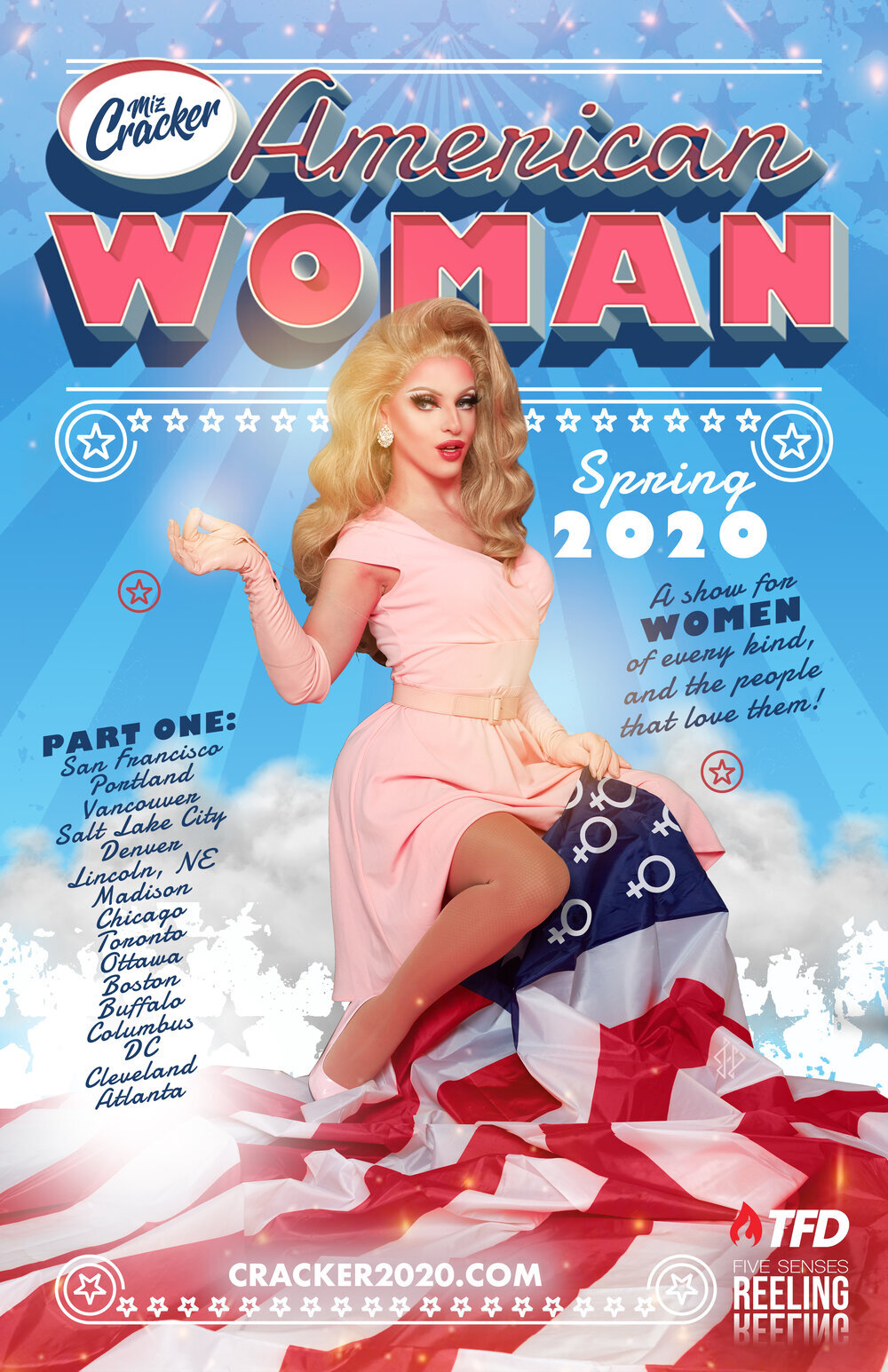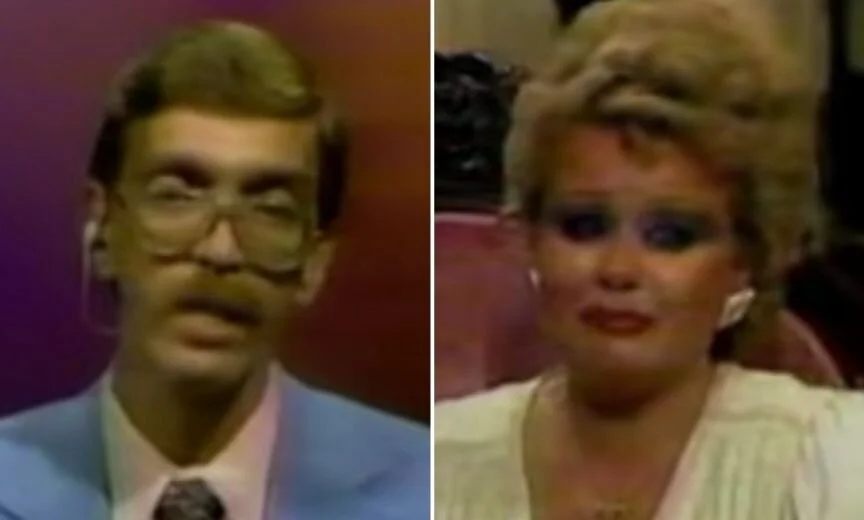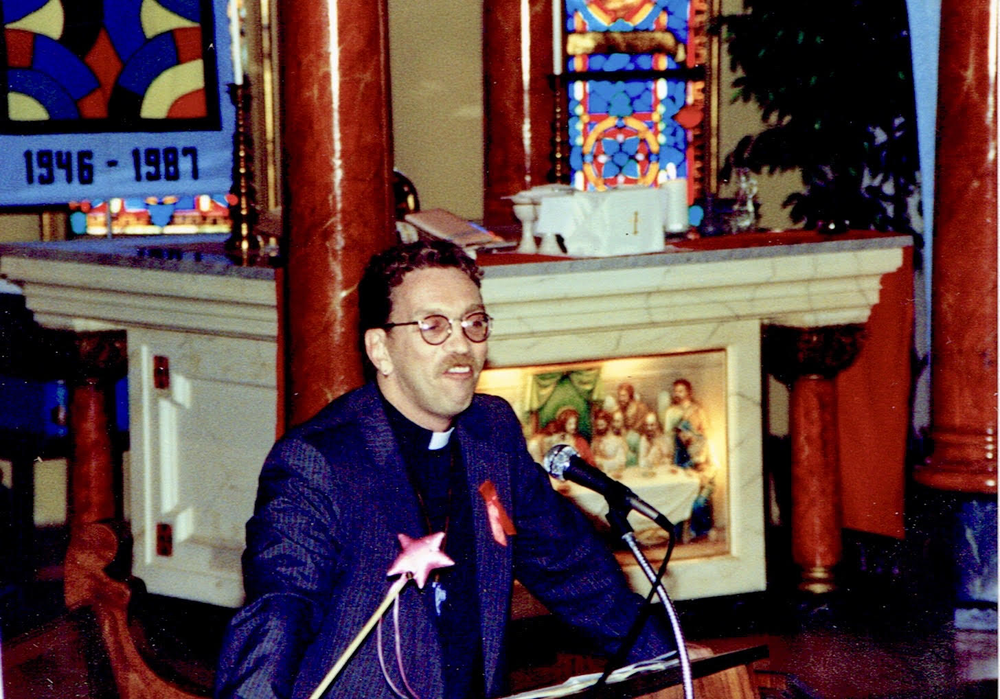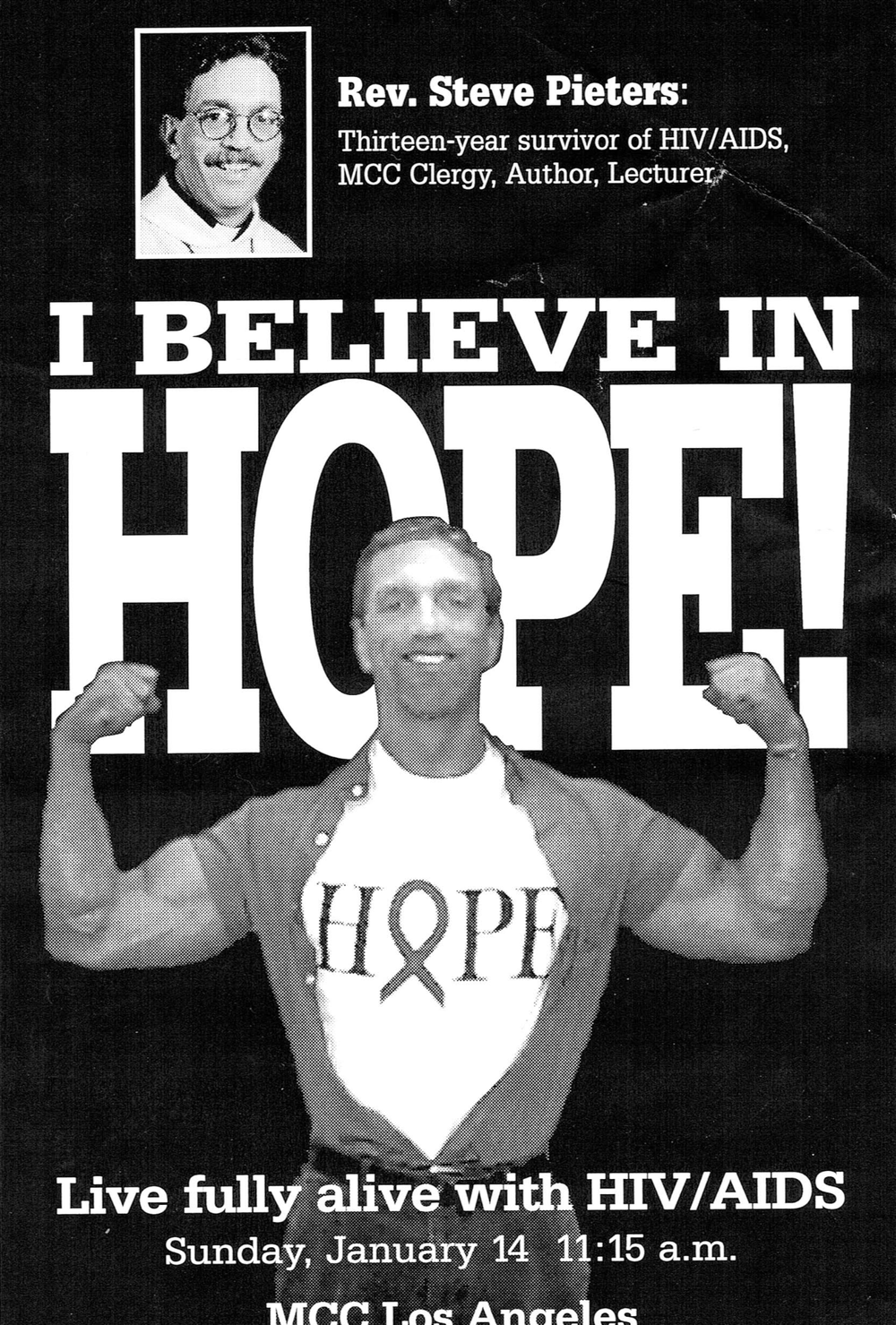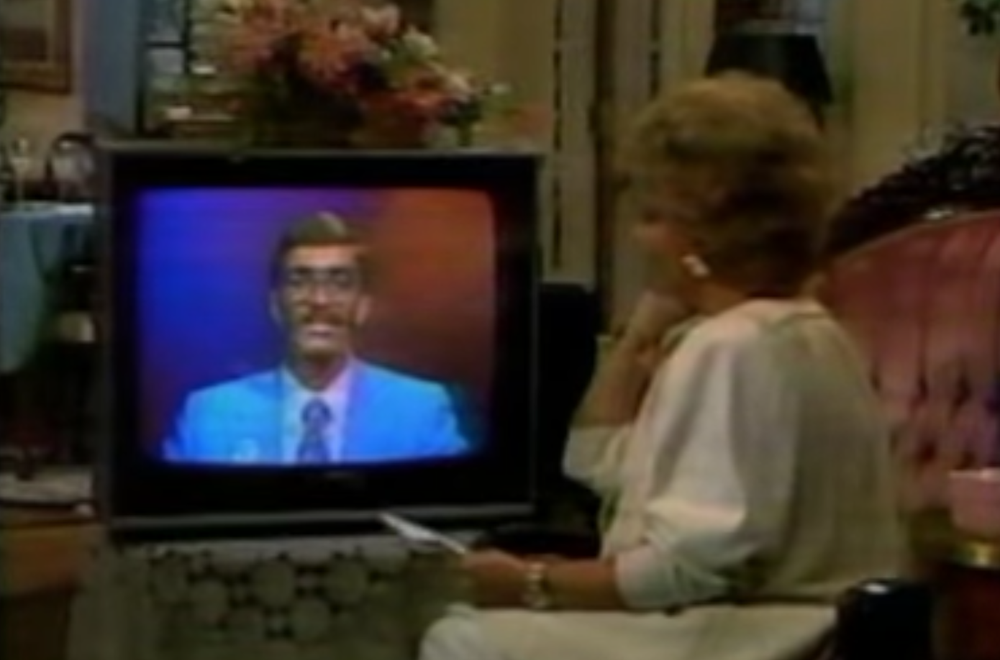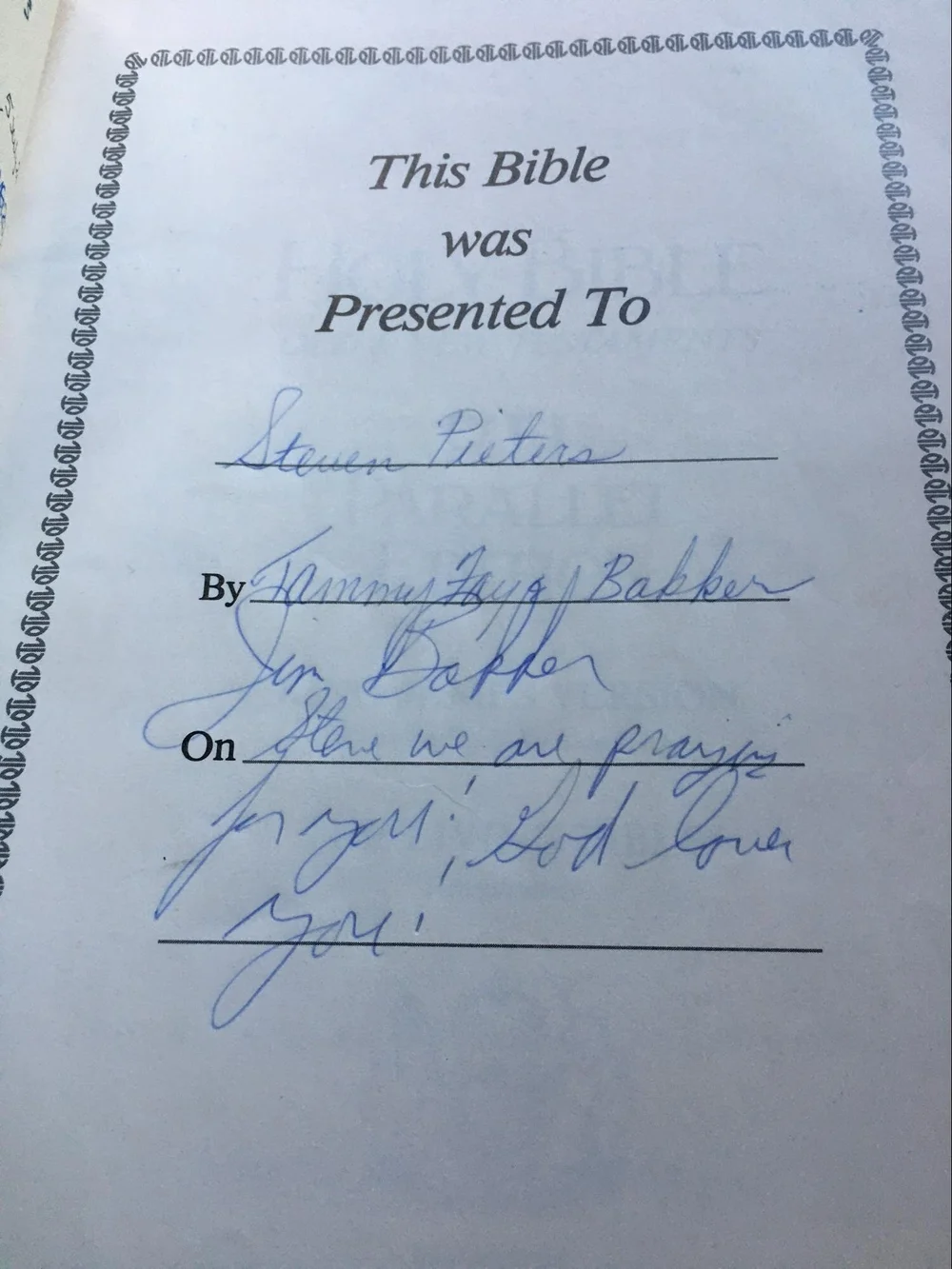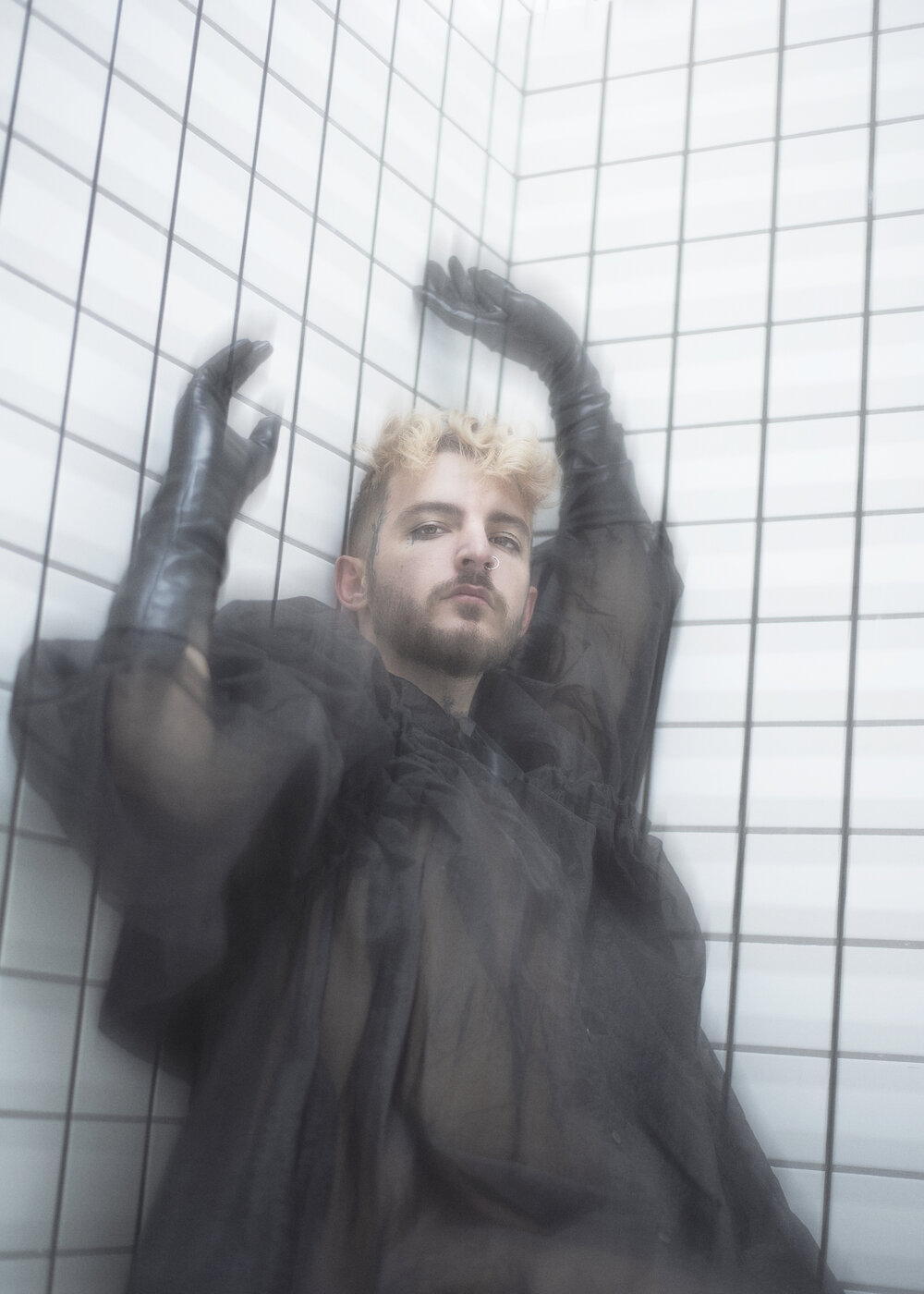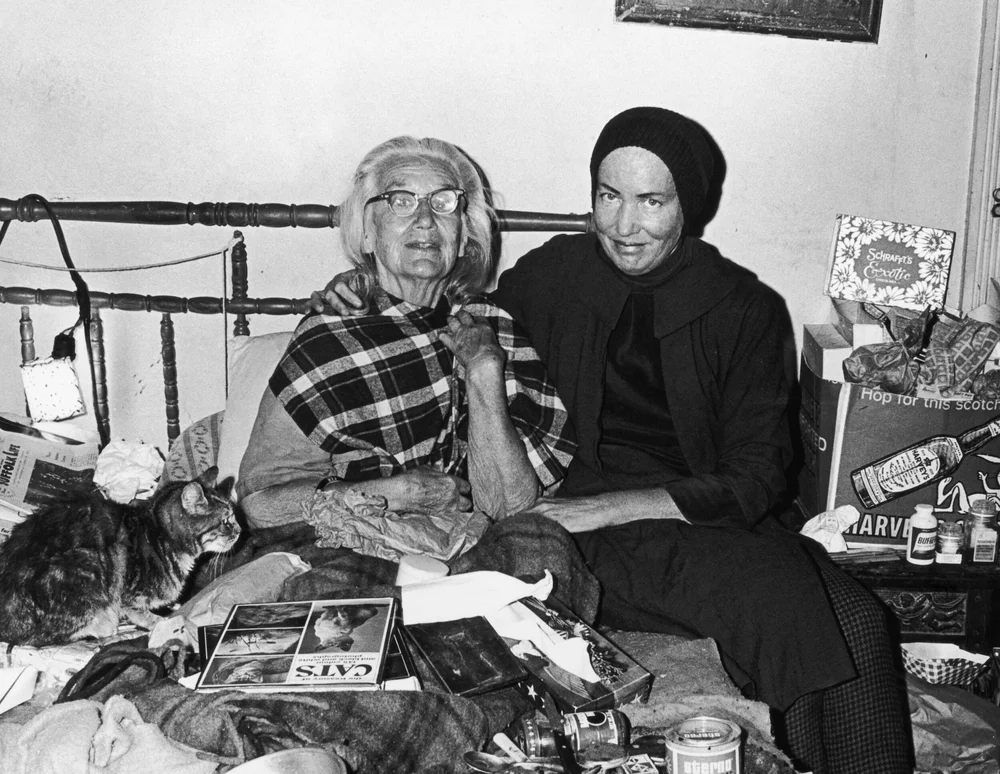
iStock // gnagel
ATLANTA, Ga - “As a pastor, I want to affirm that sometimes healing means moving on [from Christianity] and that's okay,” said Kimble Sorrells. “My experience with God and the Divine resonated with finding more affirming aspects of Christianity that focus on social justice.”
Queer people experience religion differently than straight, cisgender people. Nowhere is this better exemplified in the U.S. than in the conservative south. When queer people are raised in southern Christianity, most are exposed to homophobic and transphobic language, most don’t feel safe coming out, and this often causes them to leave Christianity altogether.
Should I Stay or Should I Go?
For Edwin Ashurst, who said he was traumatized by growing up gay in a southern Baptist church during the 70s and 80s, healing that trauma came through the teachings of the Buddha and the community he studies those teachings with.
“I felt failed by Christianity,” Ashurst said. “It was difficult for me to say the word ‘Christian’ without it invoking resentment and anger. Even though I knew there are wonderful Christians, I was developing my own resentment … I was hating George Bush and the culture, hating everything, working 80 hours a week. ... I found a church where I found accepting people, but I was doing a lot of cherry-picking [of] the Bible. With [Buddhist teachings], I don't have to cherry-pick. I am encouraged to carefully examine everything we teach.”
Sorrells response to a repressive Christian childhood was different. After being sent to a conversion camp and spending adolescence believing God wished they were straight, Sorrells reclaimed their religion as a trans pastor spreading love.
“I believed that I was an ex-gay [or a religious convert from being homosexual] for a while in high school and college,” Sorrells said. “[Then I] questioned things [when studying] religion in an academic setting. It helped me [realize] these texts we use are set in a different place and time, and difficult to interpret with accuracy. I came out as gay In college. I reclaimed and affirmed my faith during college … I was stubborn at times thinking ‘I’m not gonna let them take [my faith] from me.’ During and after seminary was when I started to transition and examine gender identity in a faith context.”
Survey Says
Ashurst and Sorrells experiences of abrasive homophobia and transphobia in southern churches are very common. I conducted a survey for queer people who either grew up in Georgia or live in Georgia now, or both.
The Queer Religious Experience in GeorgiaInfogram
Of 22 respondents, 13 grew up in Georgia. Of those, only two said they were not exposed to language that demonized queer people in religious settings. The two respondents who said no also grew up in Atlanta and Metro Atlanta, meaning all the respondents who grew up in mid-size, rural and desolate Georgia towns experienced homophobia and transphobia first-hand as children.
18 of 22 respondents grew up with Christianity, and of those 18, only five remained Christian. Seven currently don't identify with any religious theology or practice and four identify as atheist. Of the remaining two, one is Deist and one is optimistic agnostic.
In the survey, 15 of 22, or 68%, of respondents said they did not feel safe coming out to their parents and local religious community in their youth.
Queer religion DemographicsInfogram
When looking at genderqueer and trans identities specifically, 8 out of 9, or 88%, of respondents said they did not feel safe coming out to their parents and local religious community in their youth.
Overall, this data affirms that most queer people in Georgia grew up Christian, experienced trauma, and decided to leave the religion.
Of 22 responses, only four people said that they currently are not out and do not feel safe coming out. Of those four, one is an Atheist, one is Christian and two don't identify with any religion. One respondent said they currently are not out and are unsure how the community would react. That person is Christian.
Six of 22 respondents said they are currently exposed to language that demonizes their identity and other queer identities. Of those respondents, three don't identify with any religion, two are Christian and one is atheist.
It should be noted that just because a respondent practices atheism or does not practice any religion doesn't mean their community is like-minded. It is likely these respondents are not out to their Christian communities and/or families, and they may even hide their religious beliefs.
Another particularly upsetting find is that 18% of respondents had teachers teach them religion at a public school.
Infogram
Suffer No More
Ashurst is one of the many who escaped Christianity, and has since started his own Queer Dharma group at the Atlanta Shambhala Center. The Dharma is the sacred teachings of the Buddha, the studying and application of which is a main part of Buddhism. The purpose of the group, which still meets but is mostly online, is to serve as a safe space for queer people to discuss the Dharma and form a community, or Sangha.
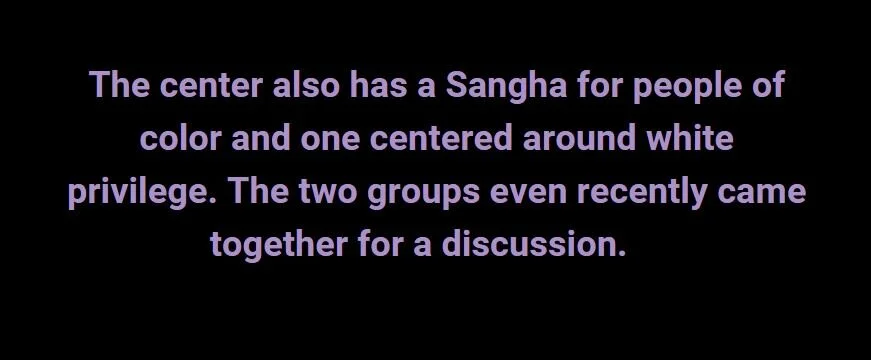
Every Tuesday, Ashurst volunteers at the center for an hour and meditates at the center for two and a half hours every Sunday. Ashurst also regularly takes classes at the center. He maintains that there is no one correct path, so long as the goal is peace.
“Dharma is dharma no matter who’s hearing it,” Ashurst said. “Suffering and dissatisfaction are universal. The path is the goal, and the path must be one of kindness, compassion, patience, wisdom and generosity.”
Sorrells is one of the few who stayed, choosing to instead reclaim Christianity. Sorrells also sees the value in other spiritual paths, incorporating meditation and yoga into their spiritual practice. Sorrells explained that Christians can benefit from healing through bodywork and meditation, noting that the type of prayer Sorrells practices, centering prayer, is very contemplative and similar to mindfulness meditation. Most of the work they do is centered around LGBTQ issues, including serving on the board of Atlanta Pride.
“I do a lot of visiting preaching,” Sorrells said. “Some churches ask me to speak about LGBTQ topics specifically. Most of the time, churches I serve have a set of readings that go by the seasons, so I’ll preach from those. Sometimes something on the news [LGBTQ-related] might make its way into the sermon. It’s just a part of the conversation in the way you might talk about helping people or relationships.”
As LGBTQ youth and adults today continue to struggle in the dark confines of conservative Christianity, those who choose to come out as queer are faced with another choice: to stay and reclaim their religion, or to escape and find something new, whatever that is for them. Sorrells and Ashurst have proved that both choices provide a light at the end of the tunnel, and they have made it their mission to share that light with others.
—
Luke Gardner is a radical journalist and student who lives in metro Atlanta. To see his work or for contact information click here.
